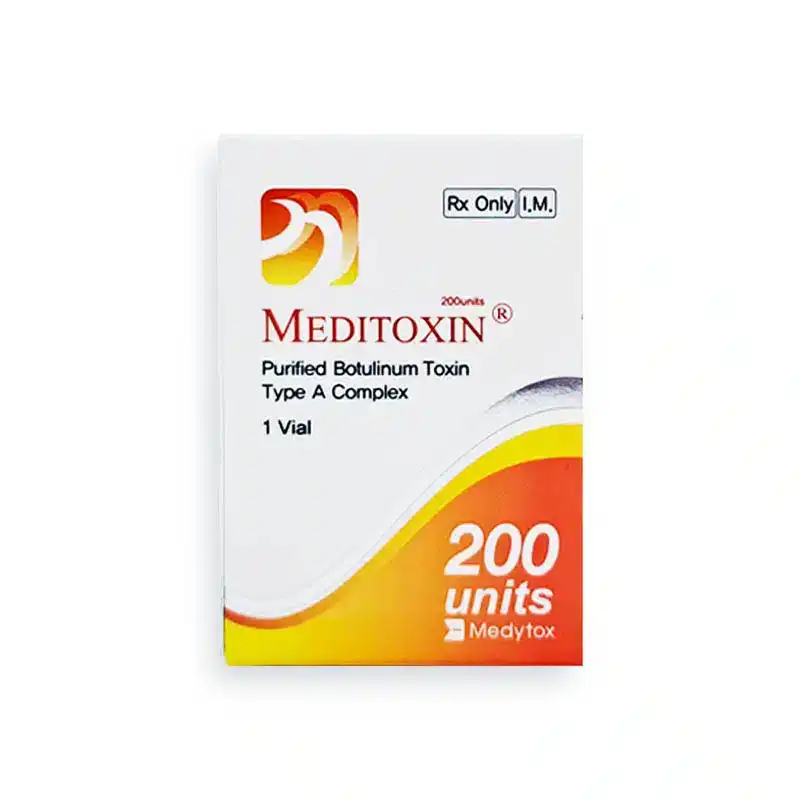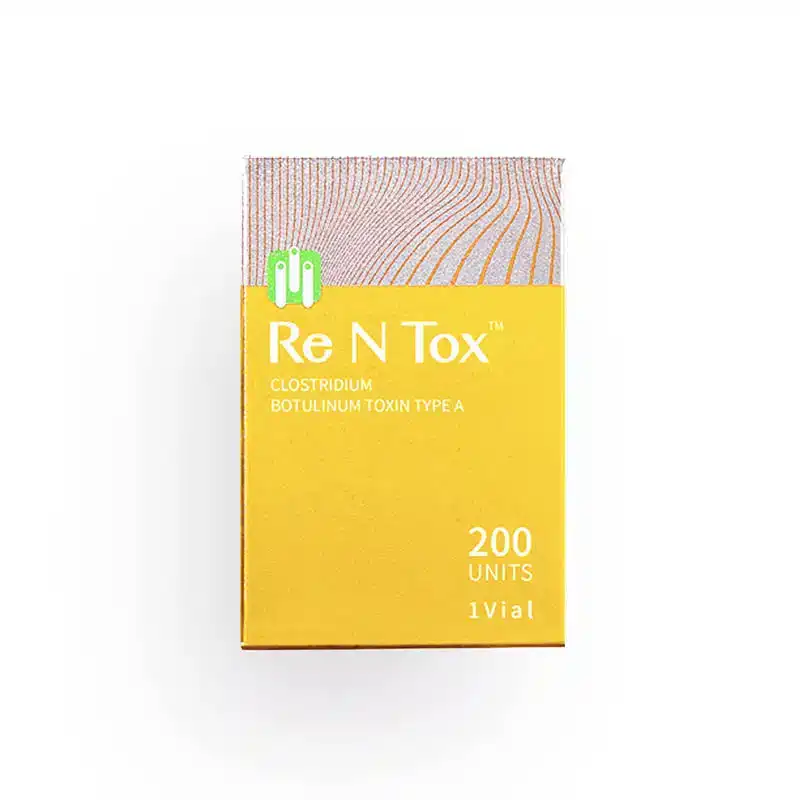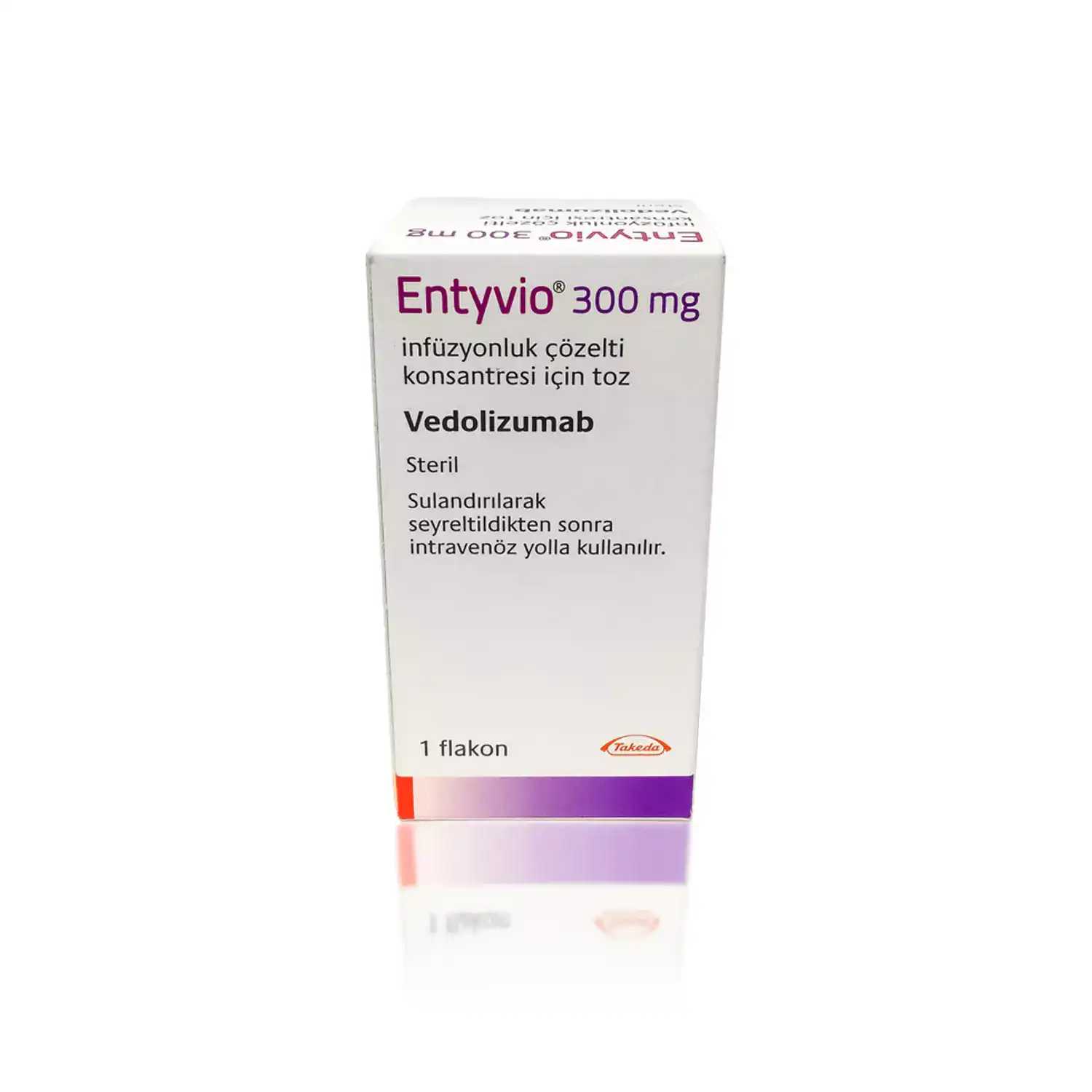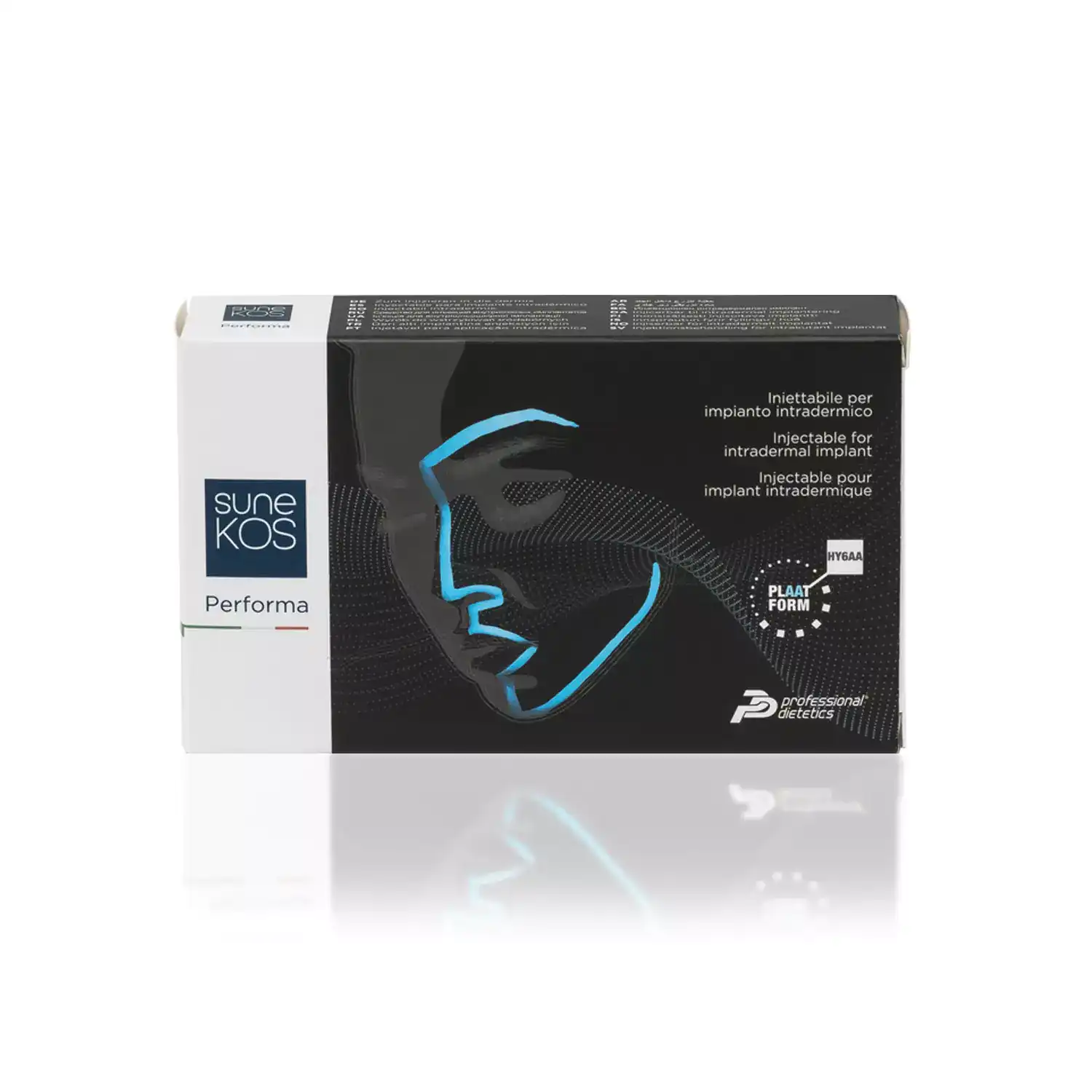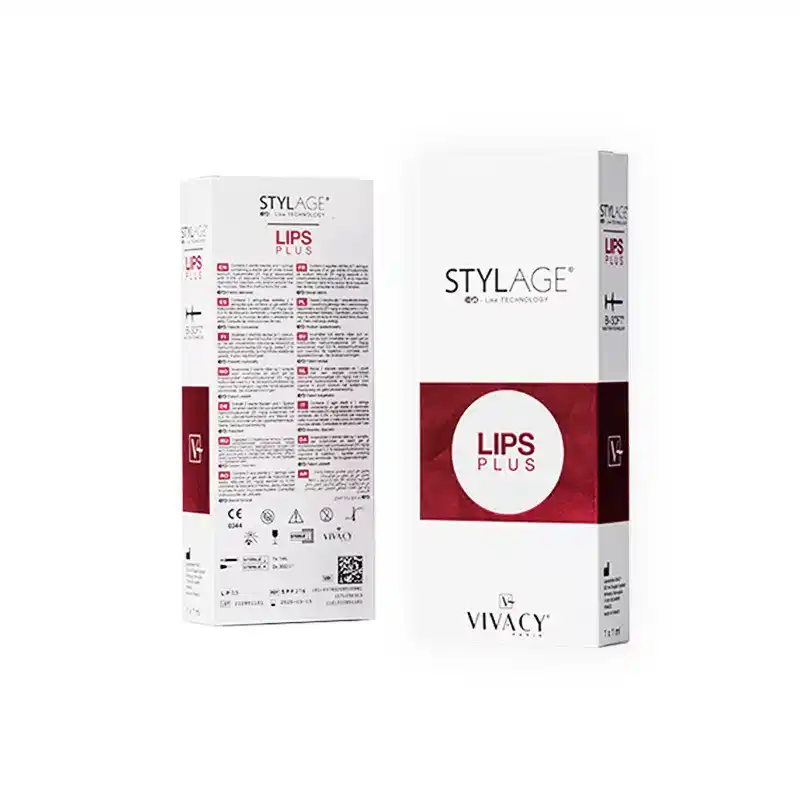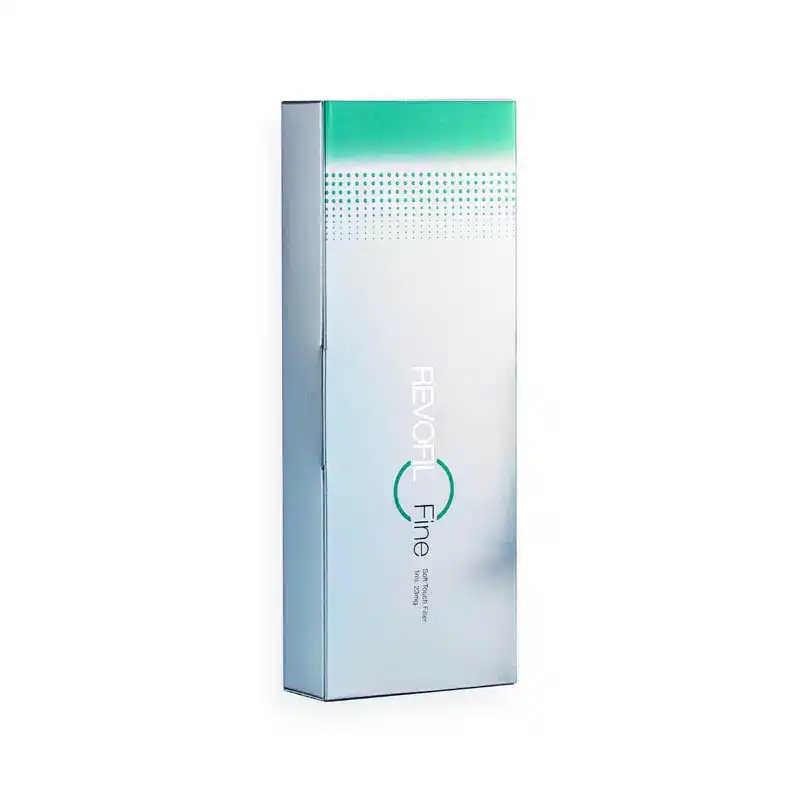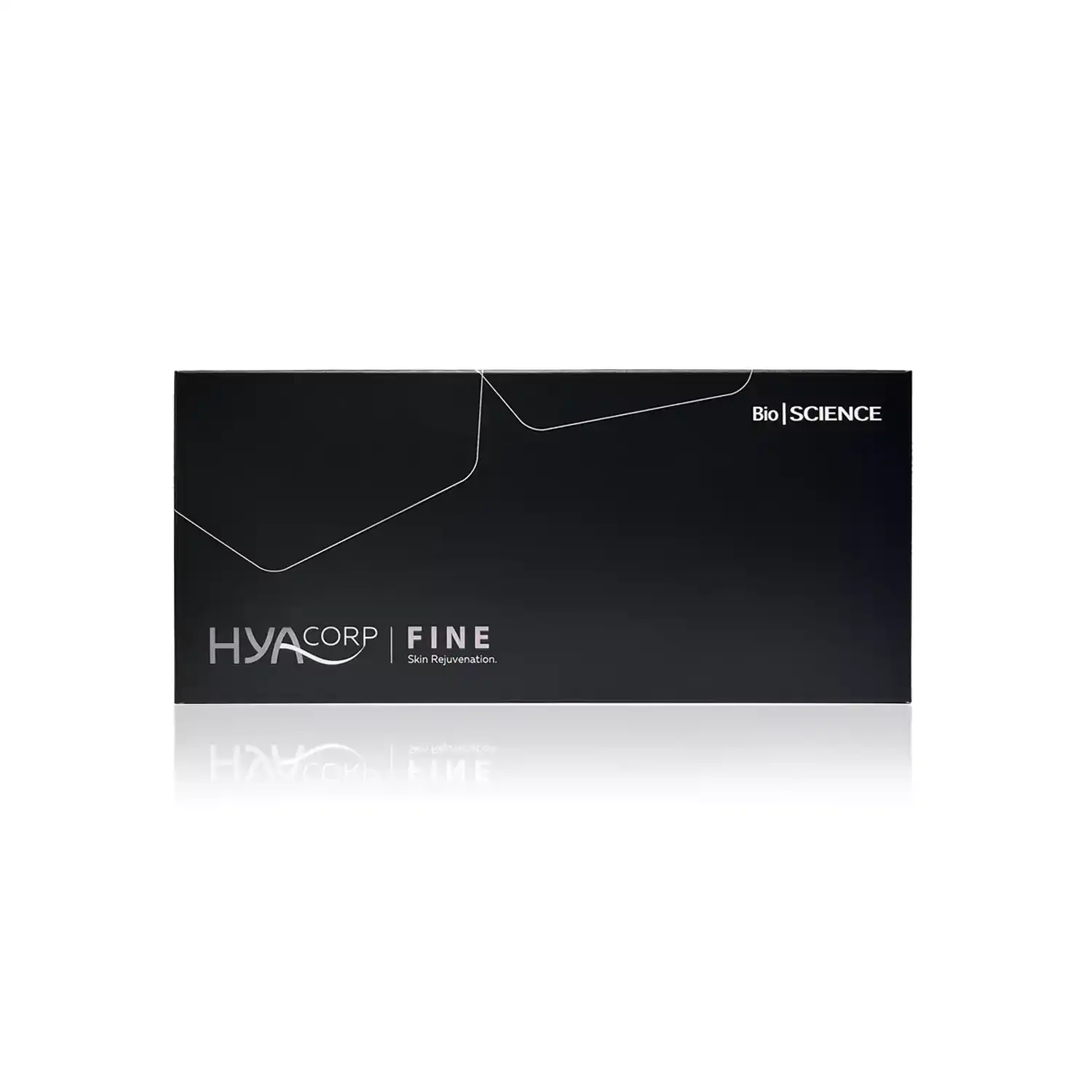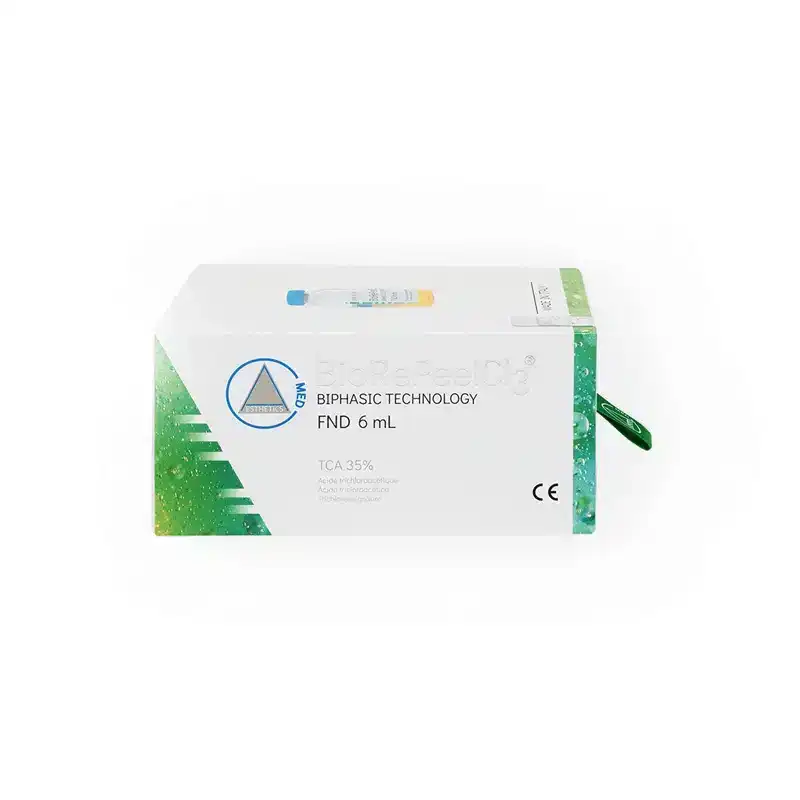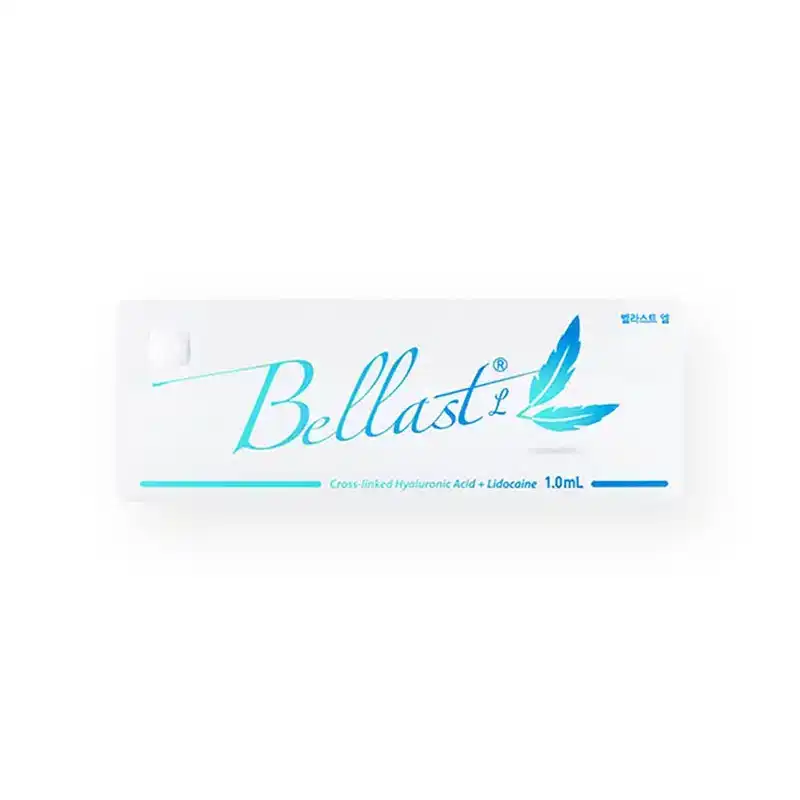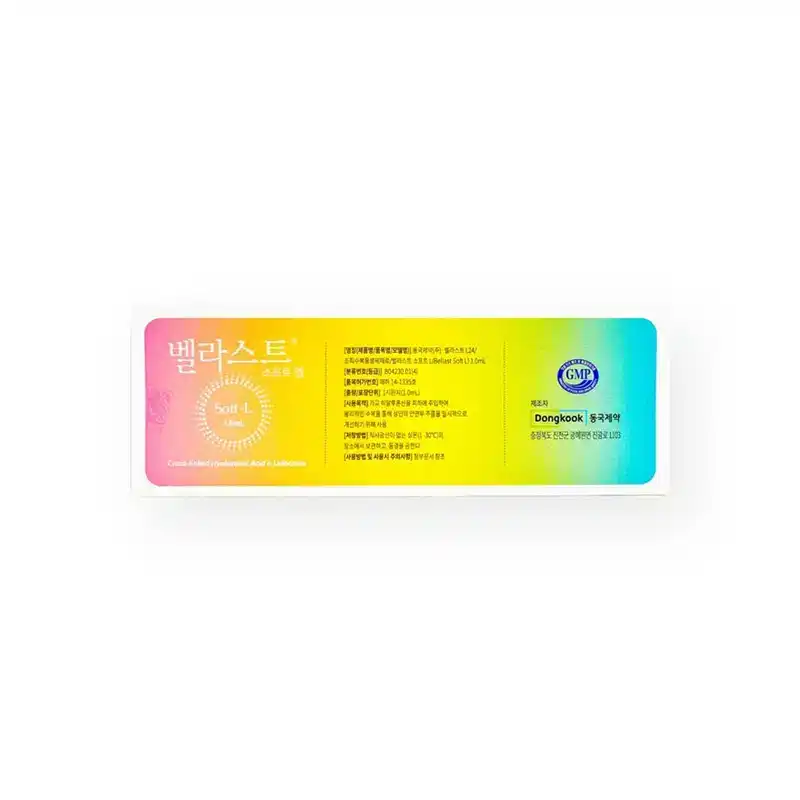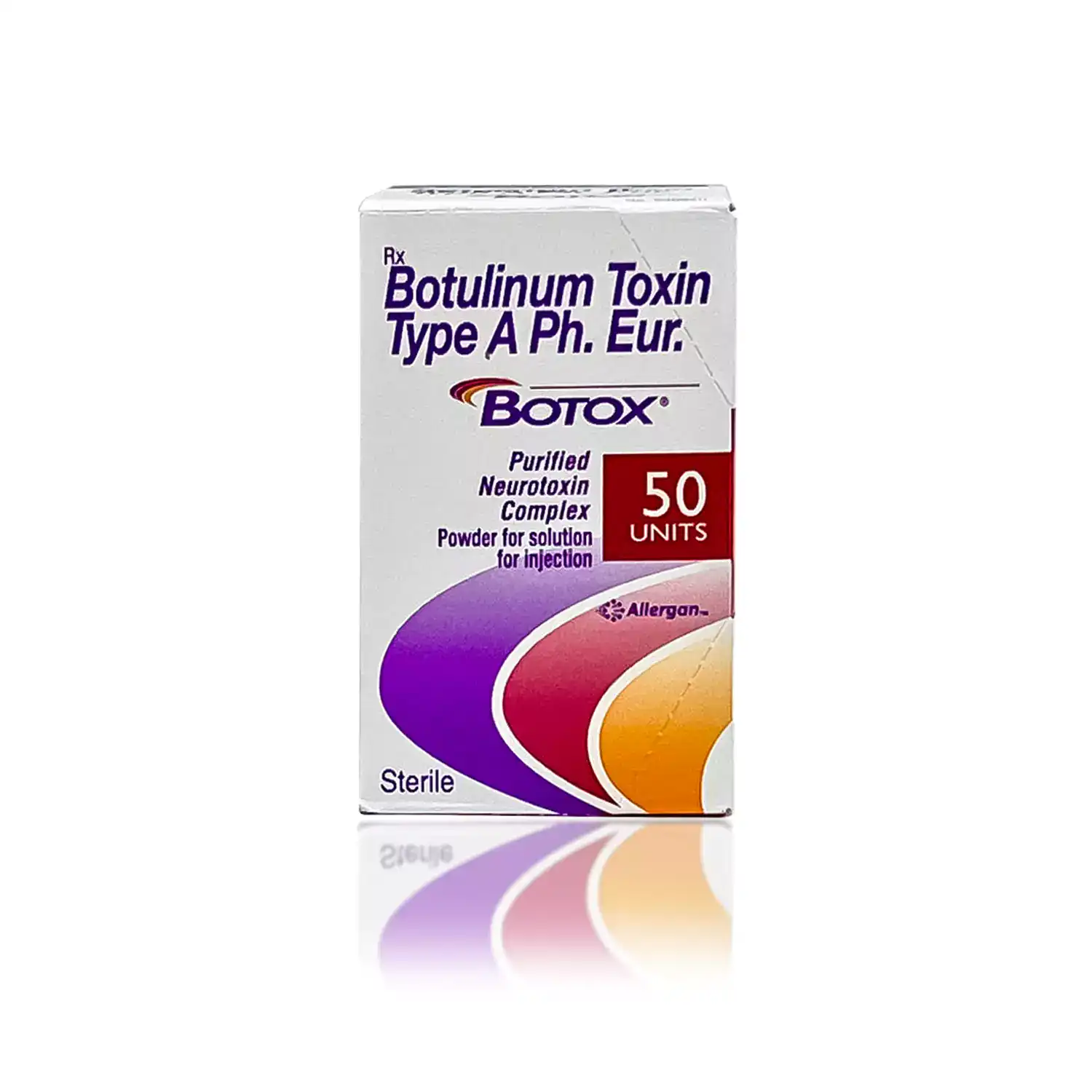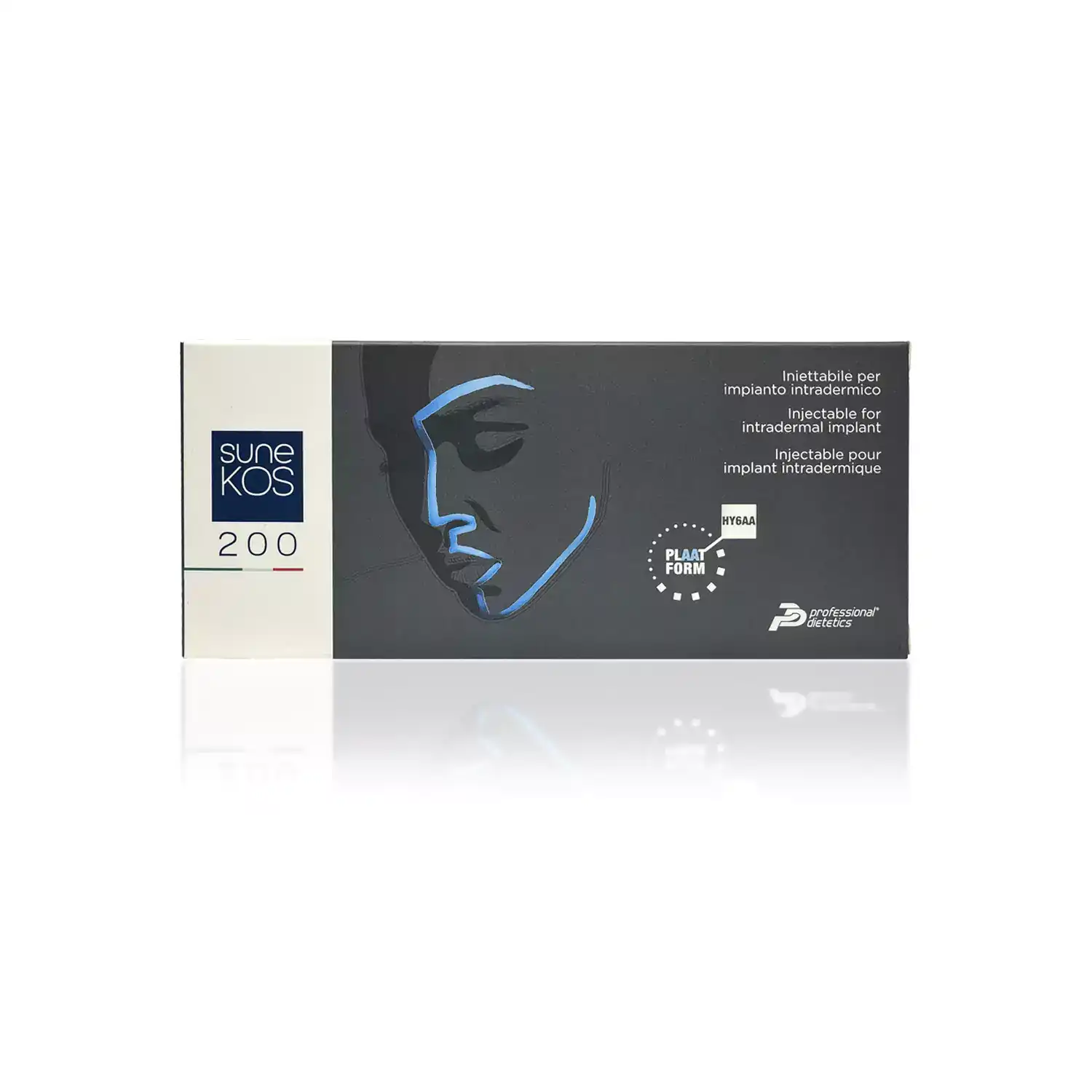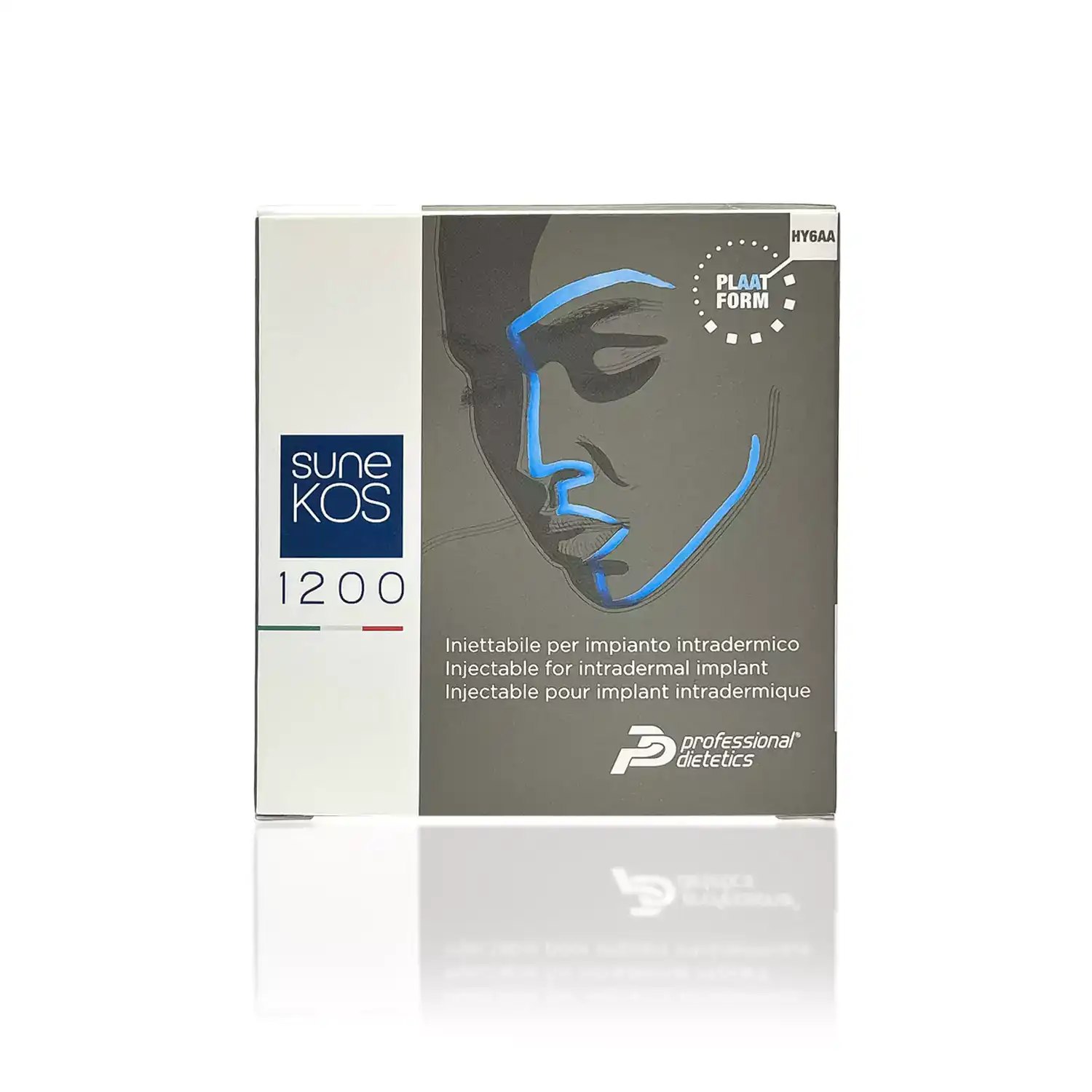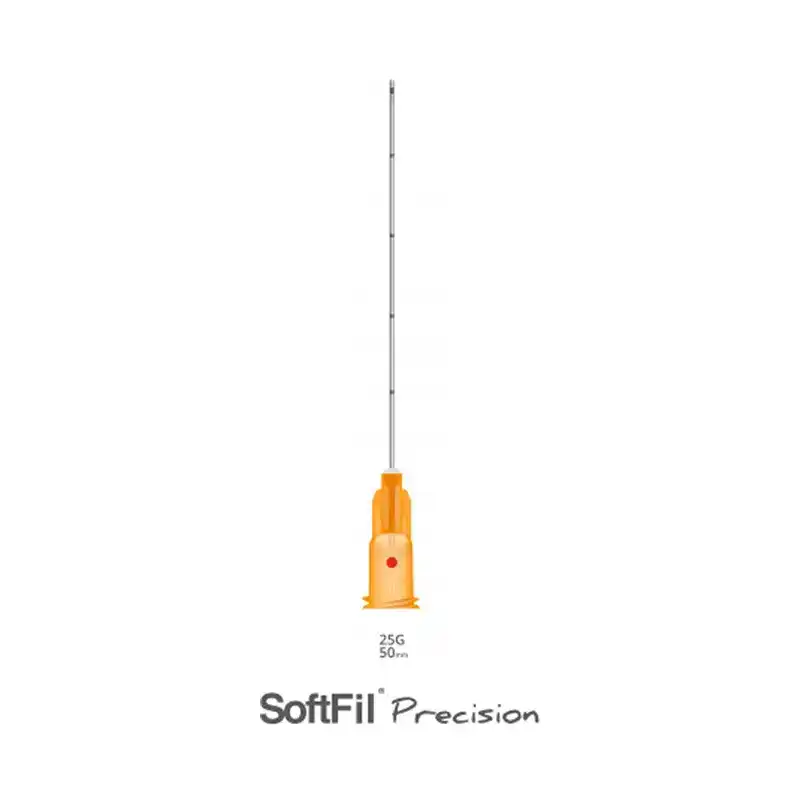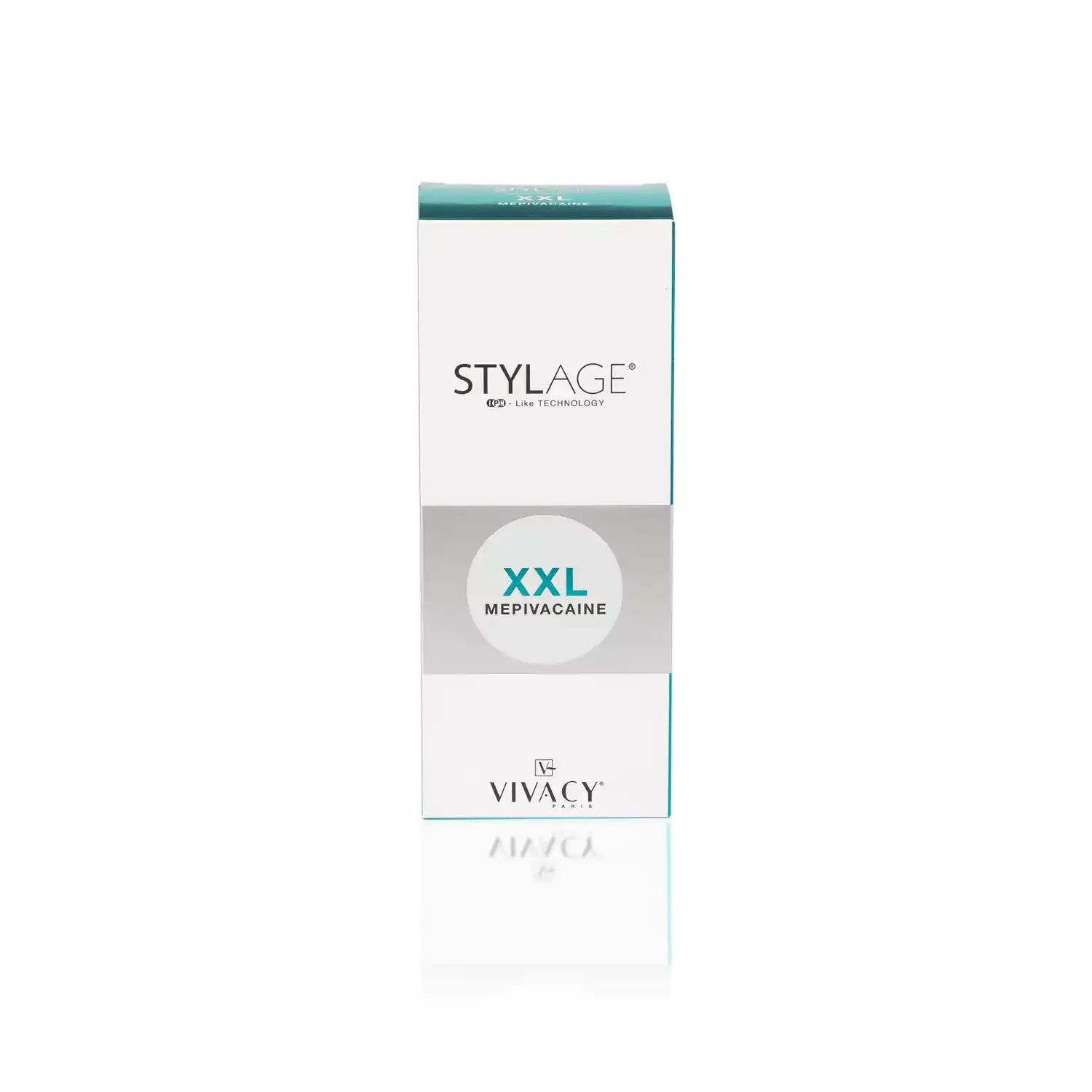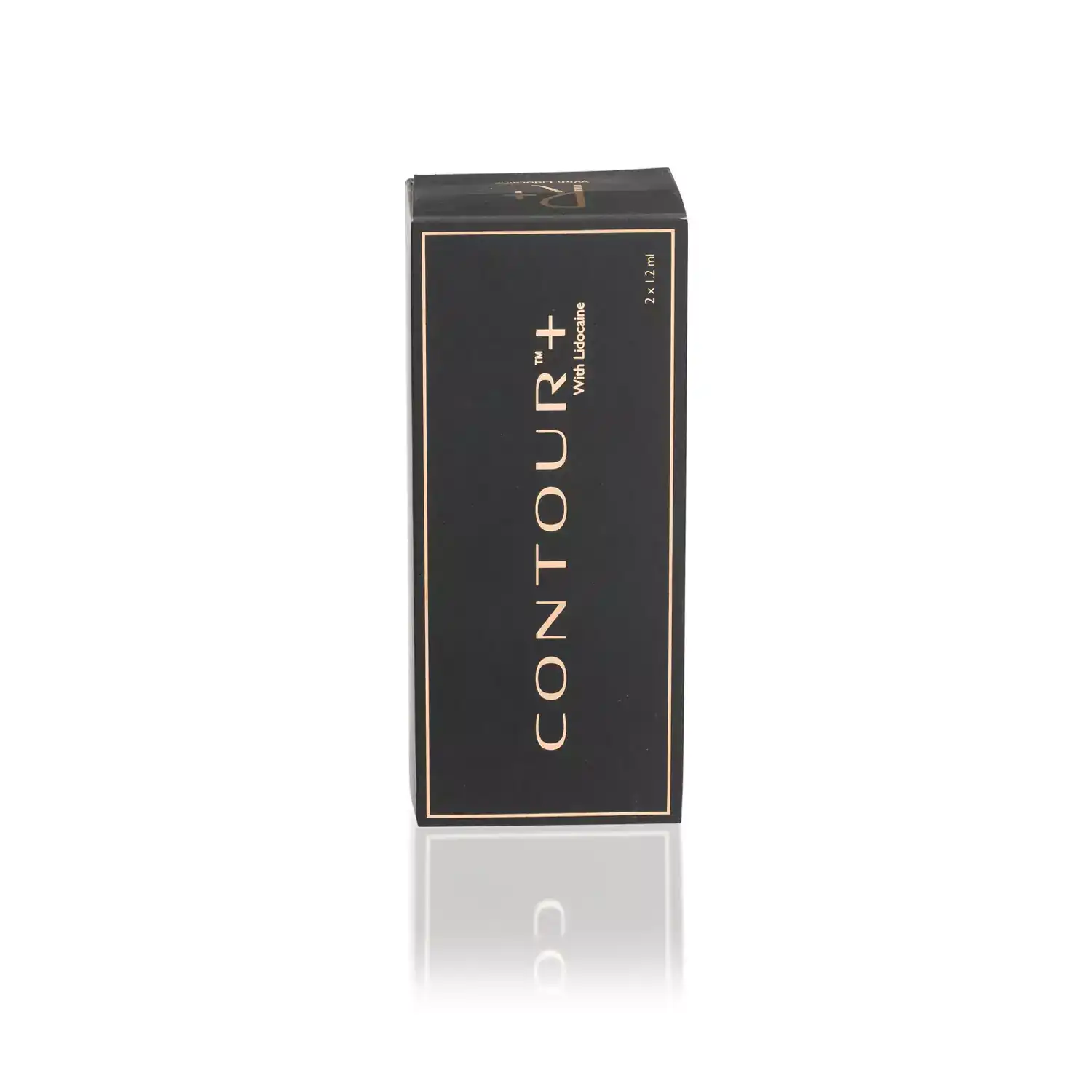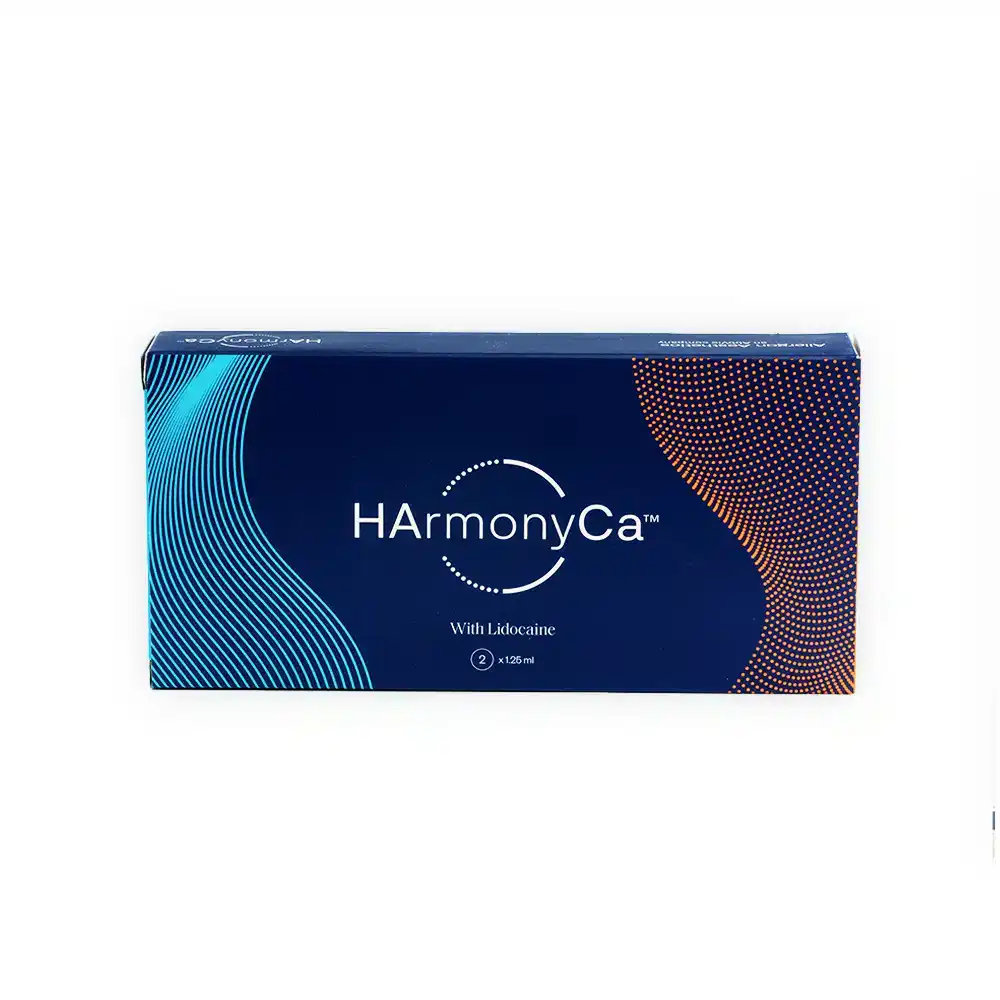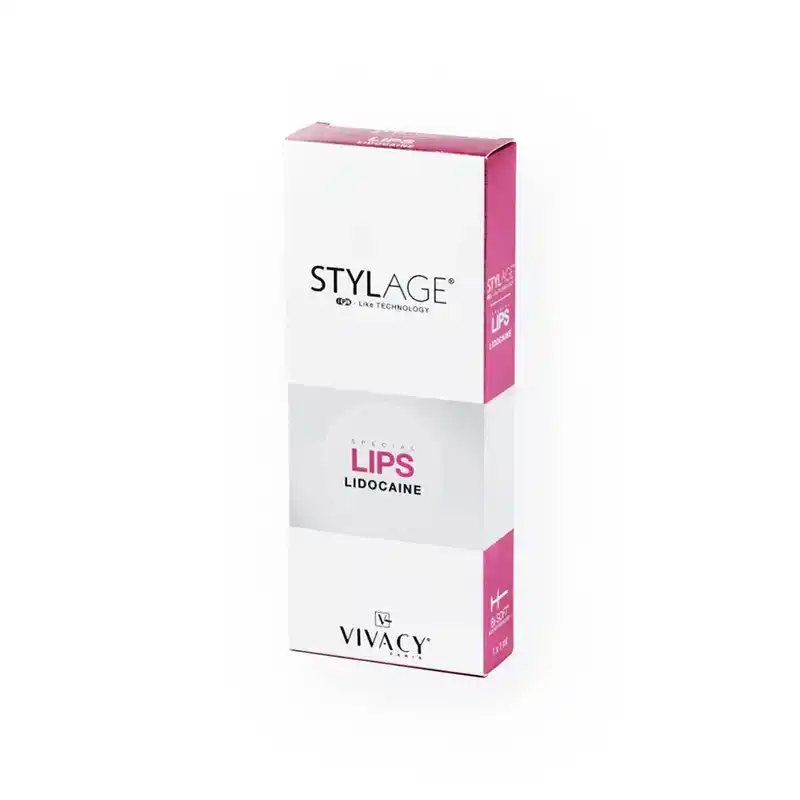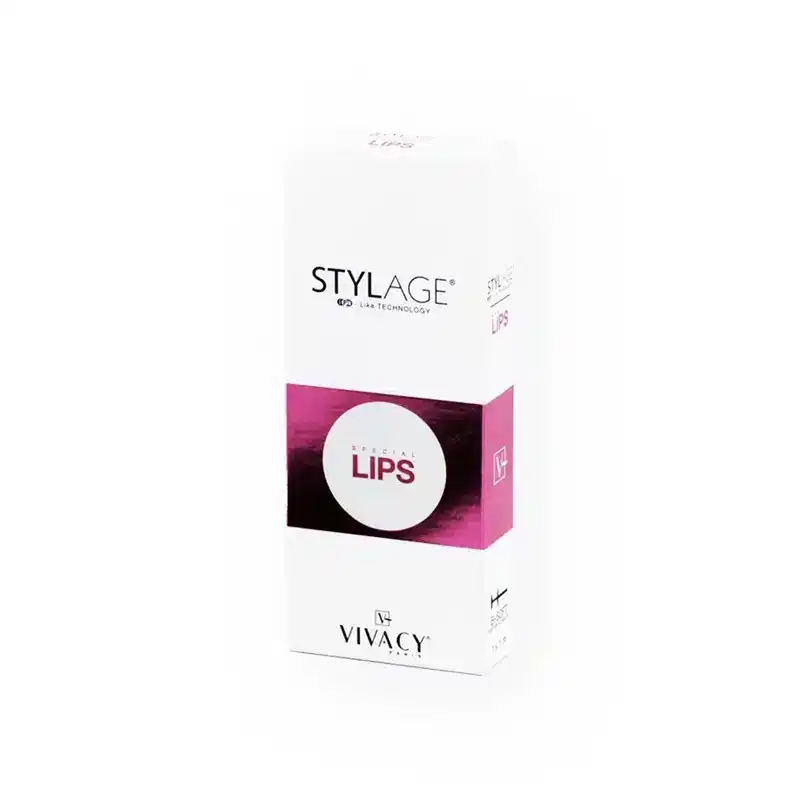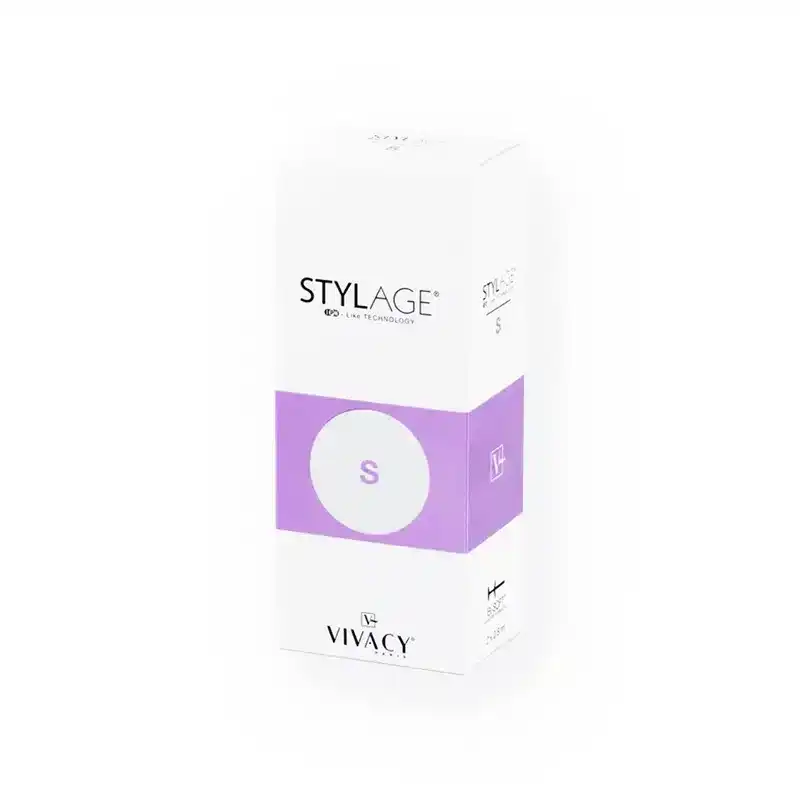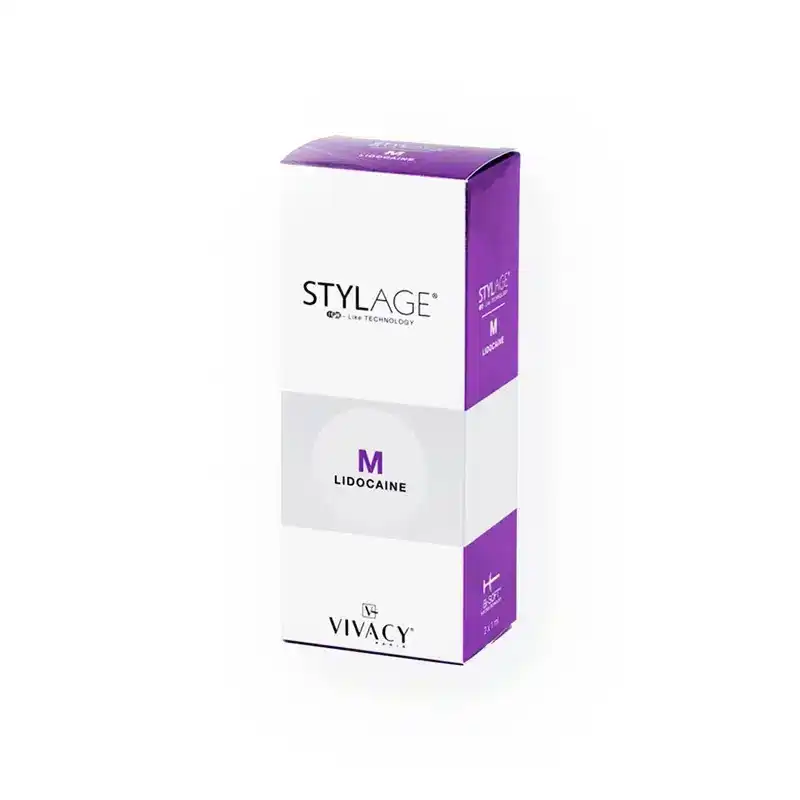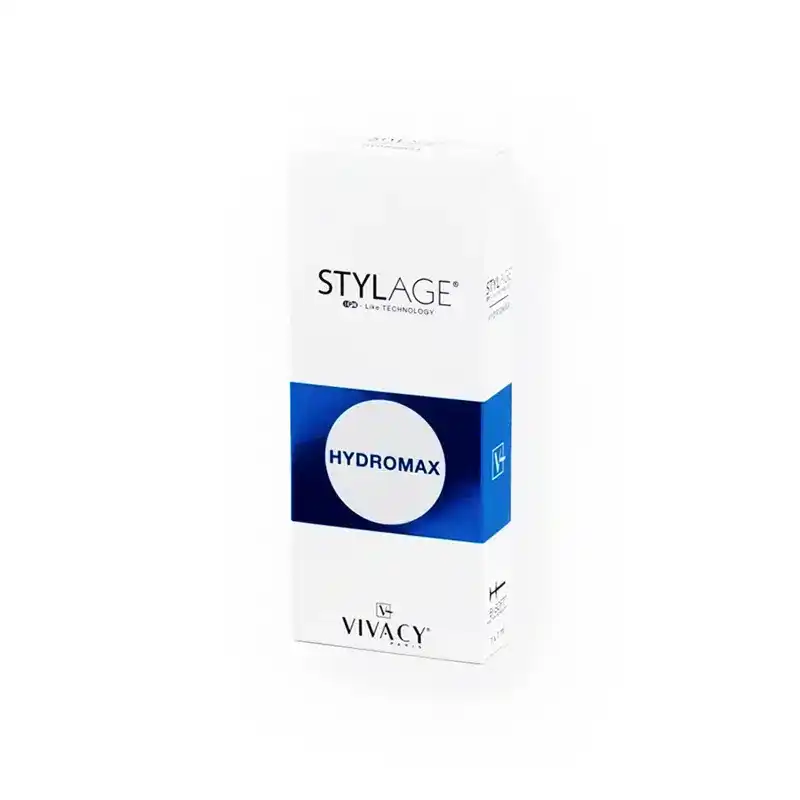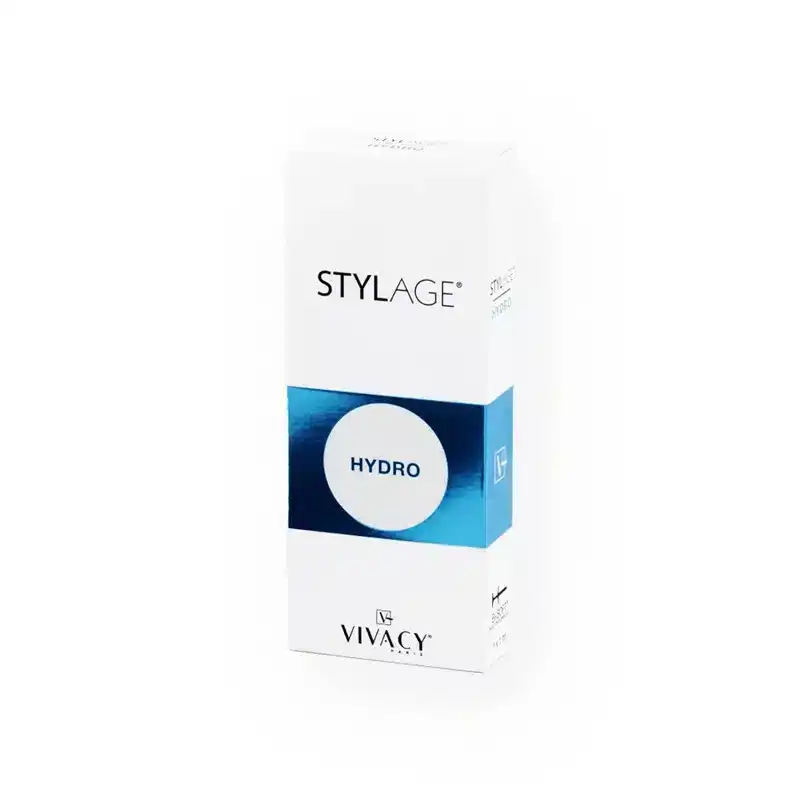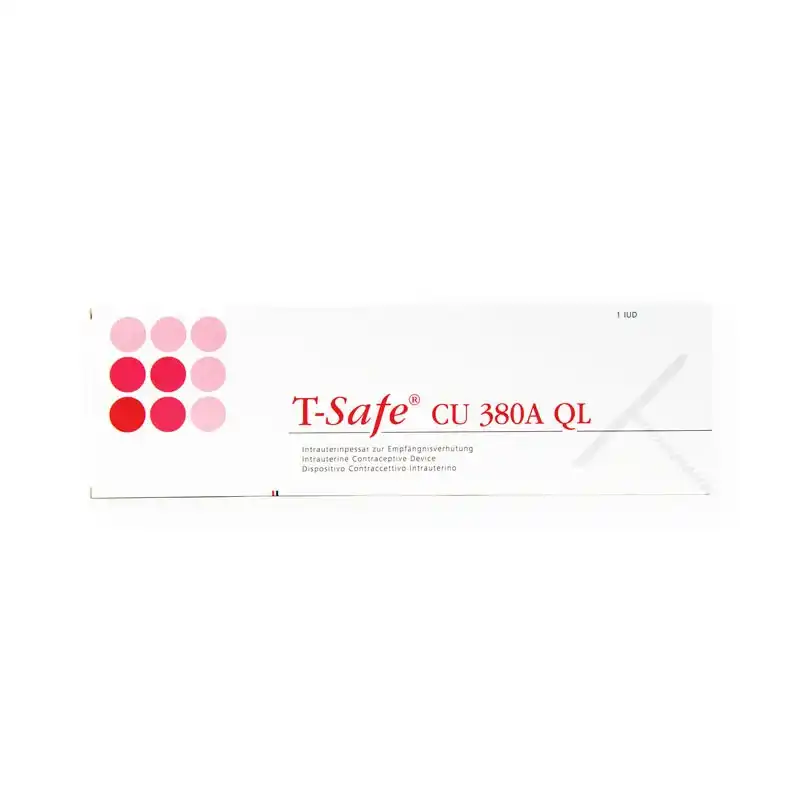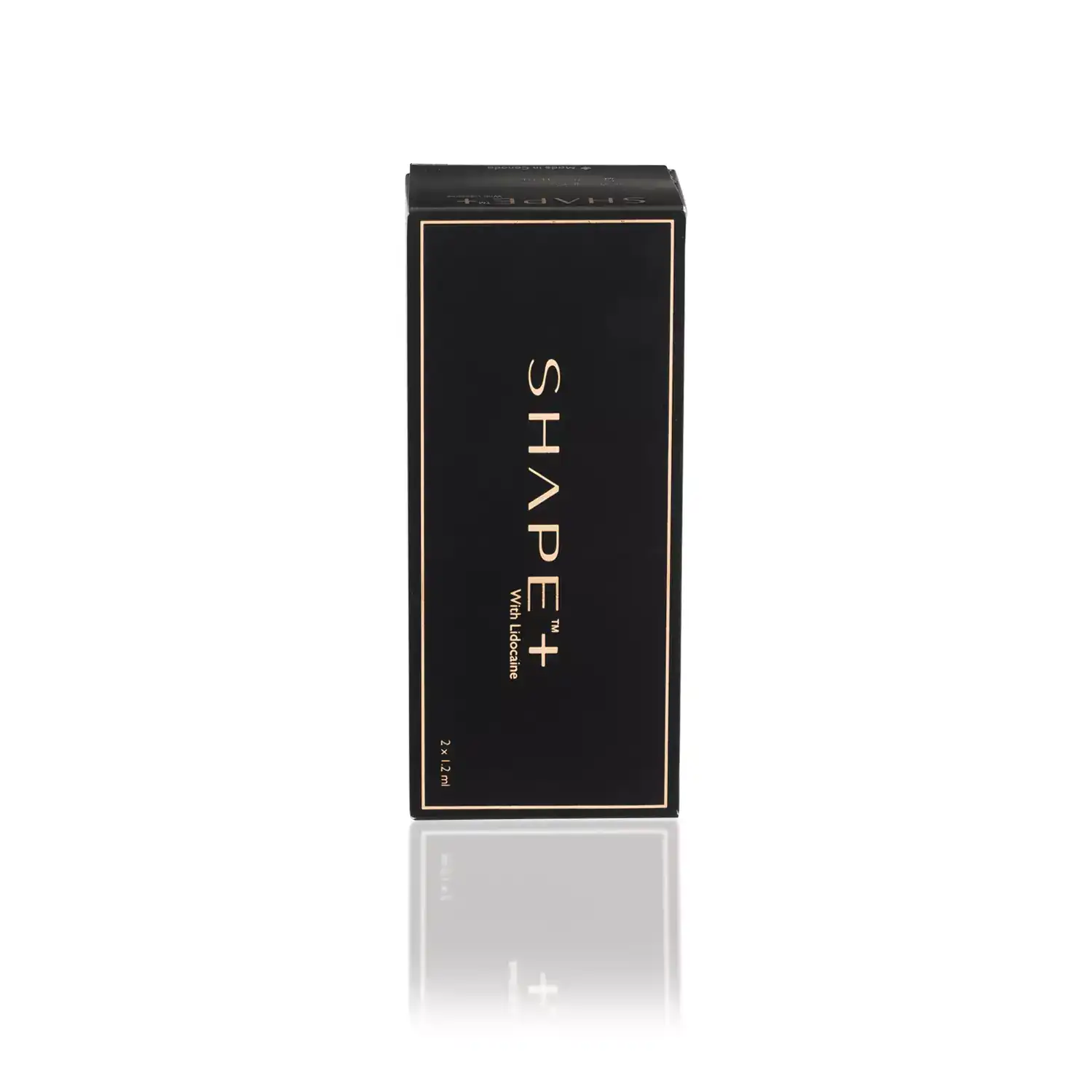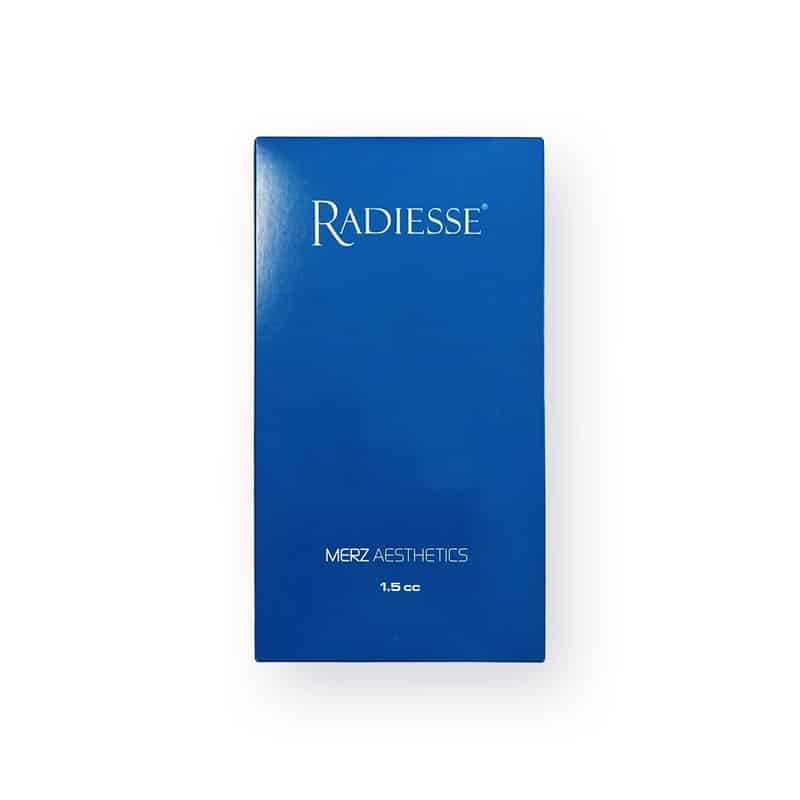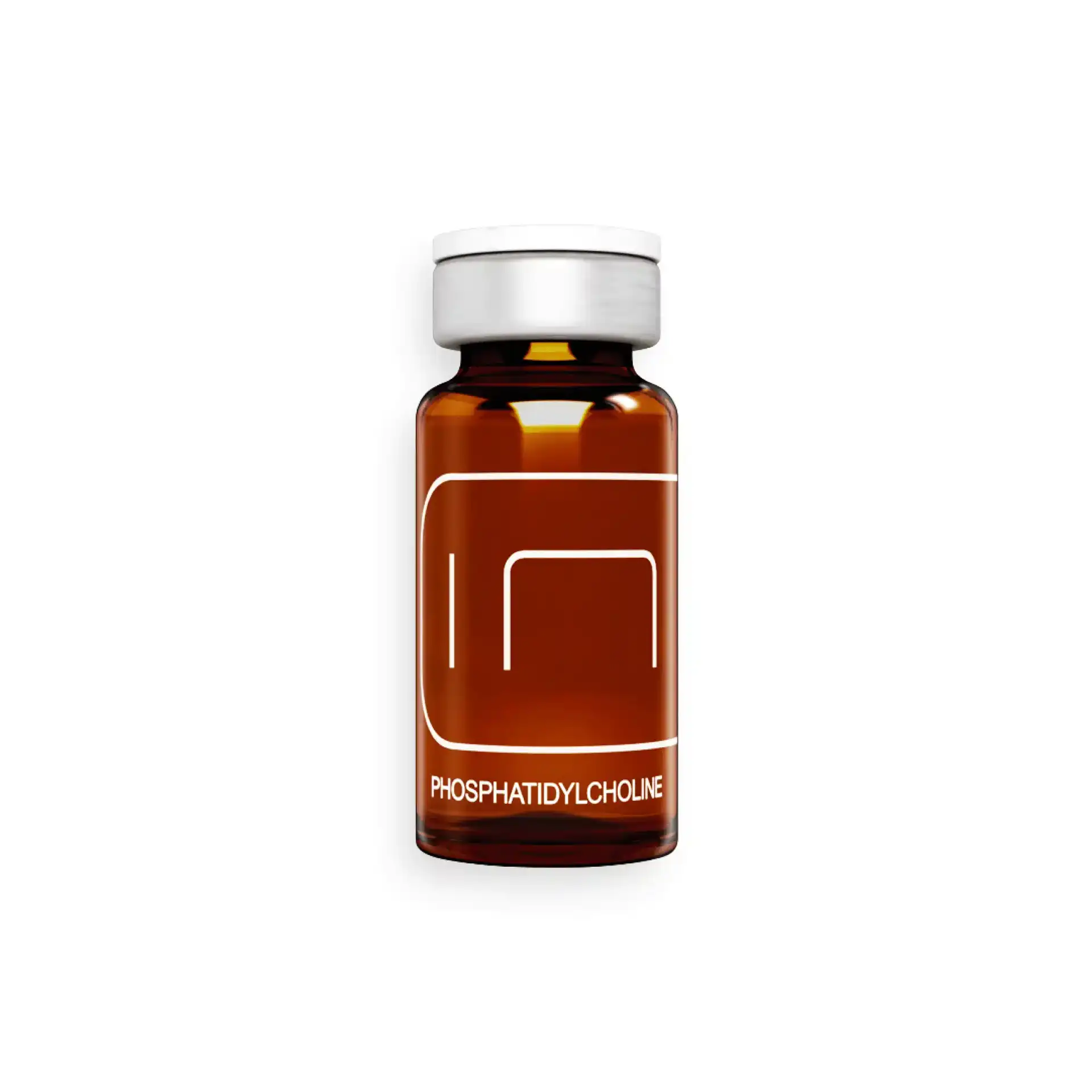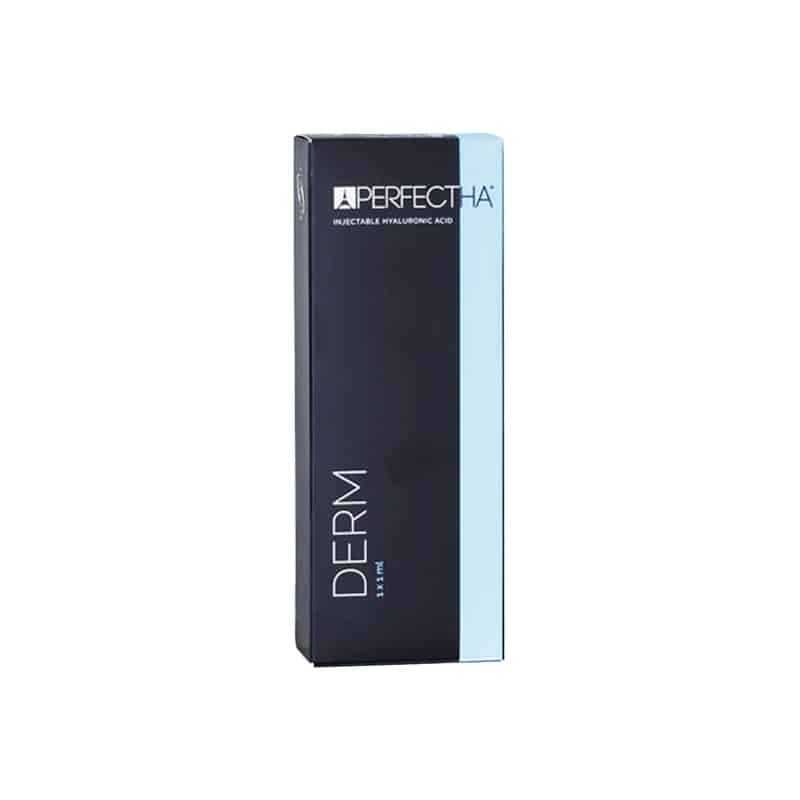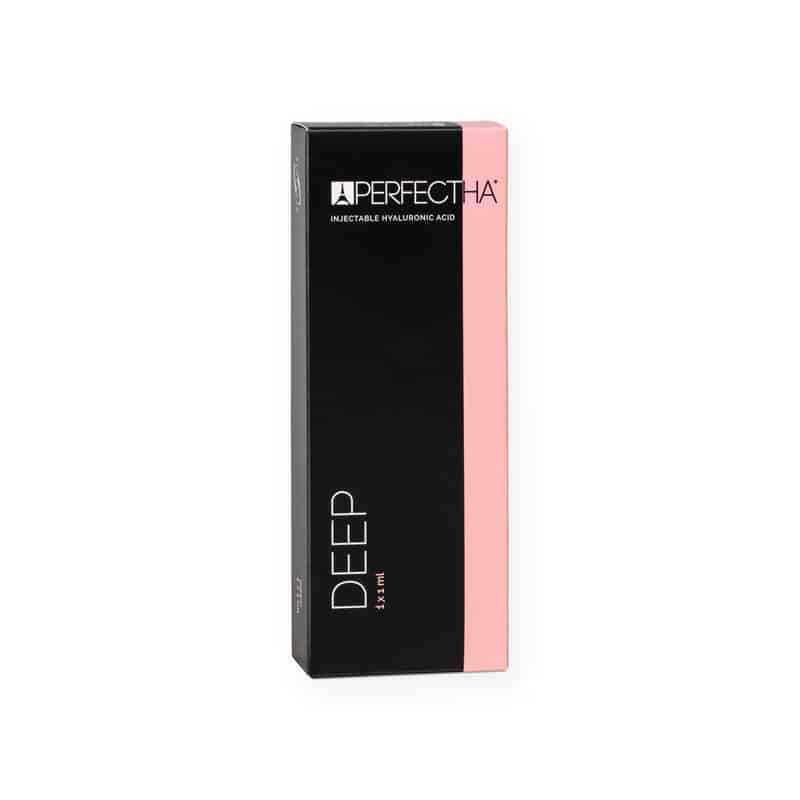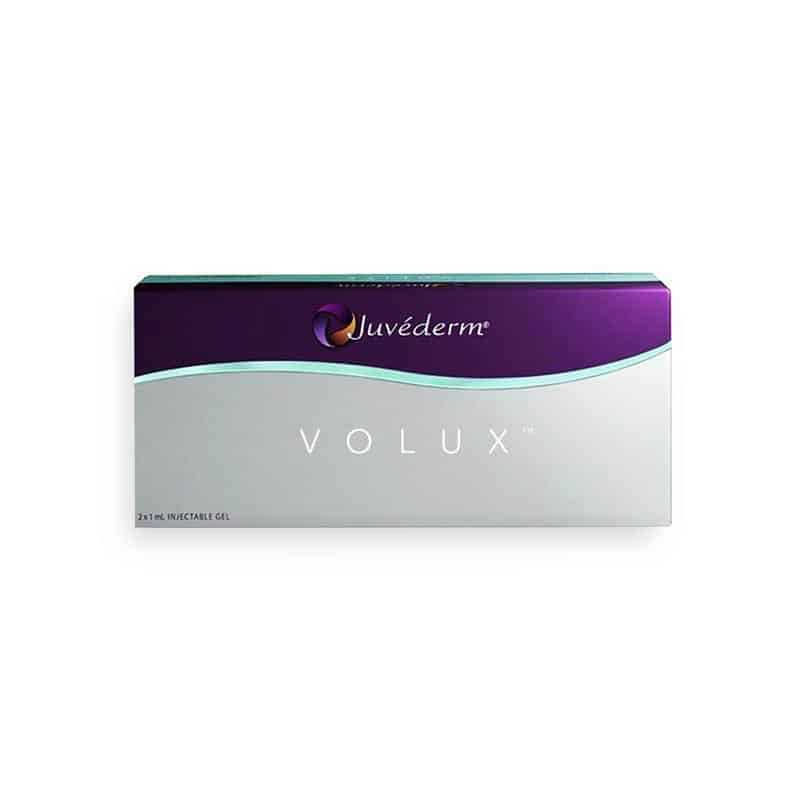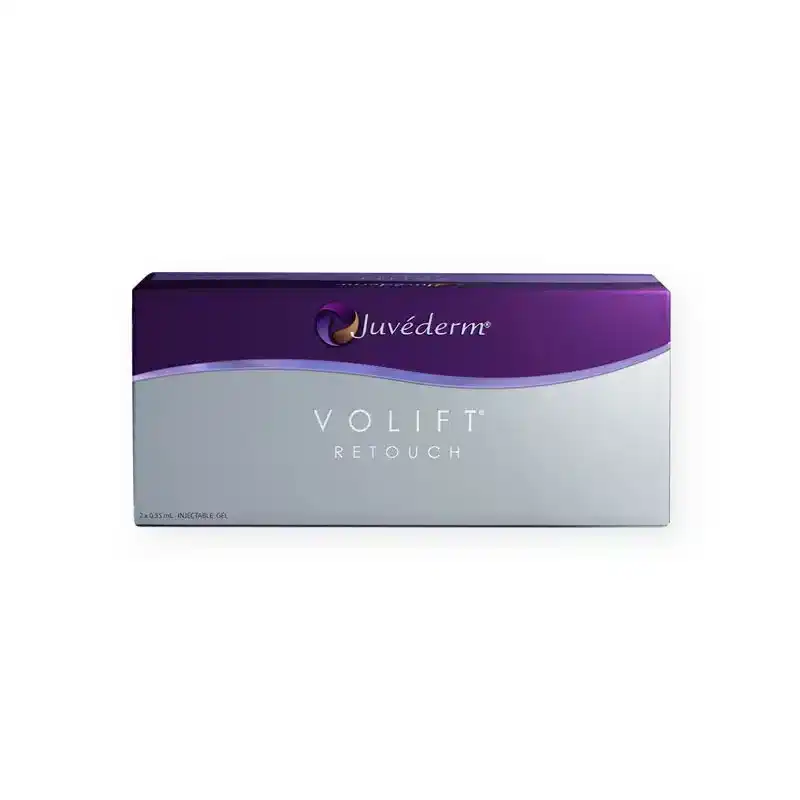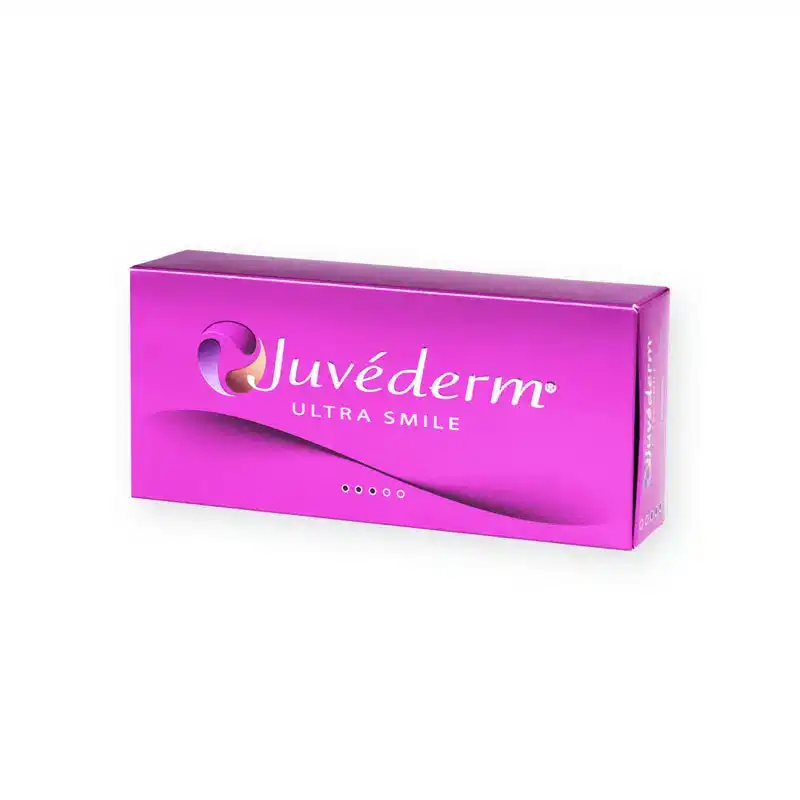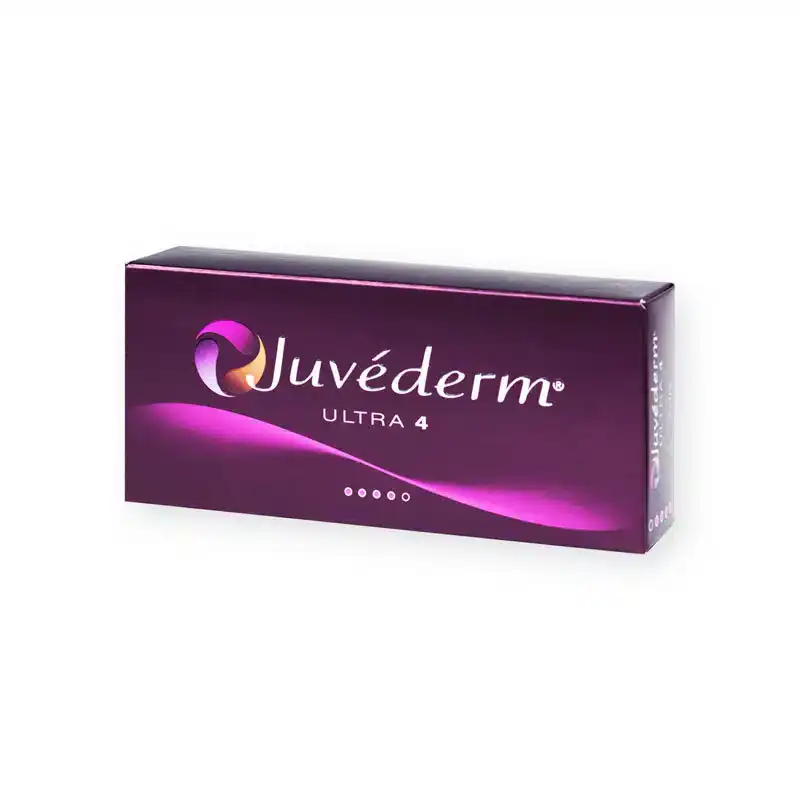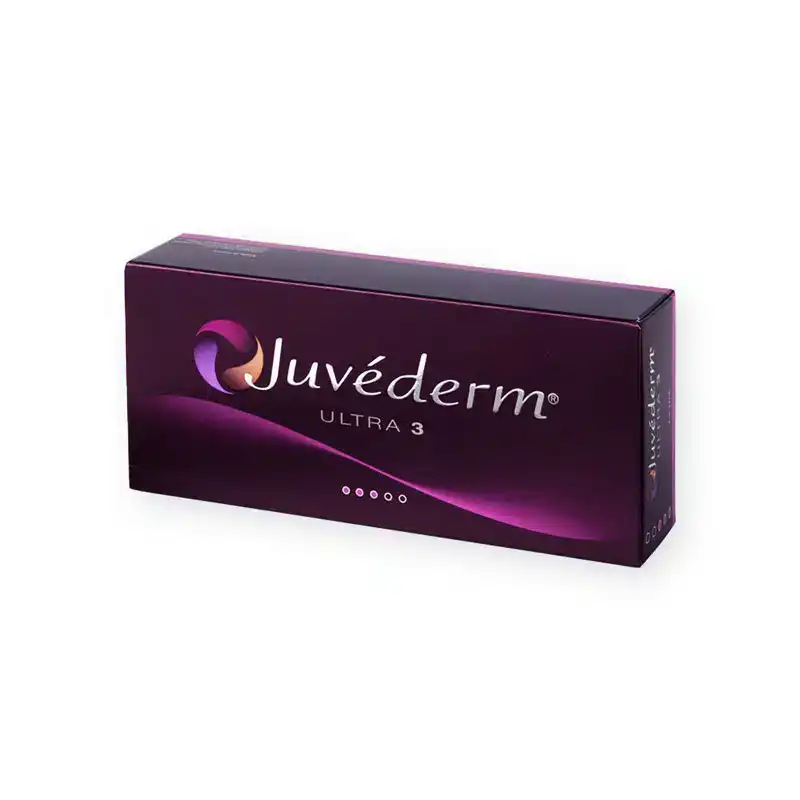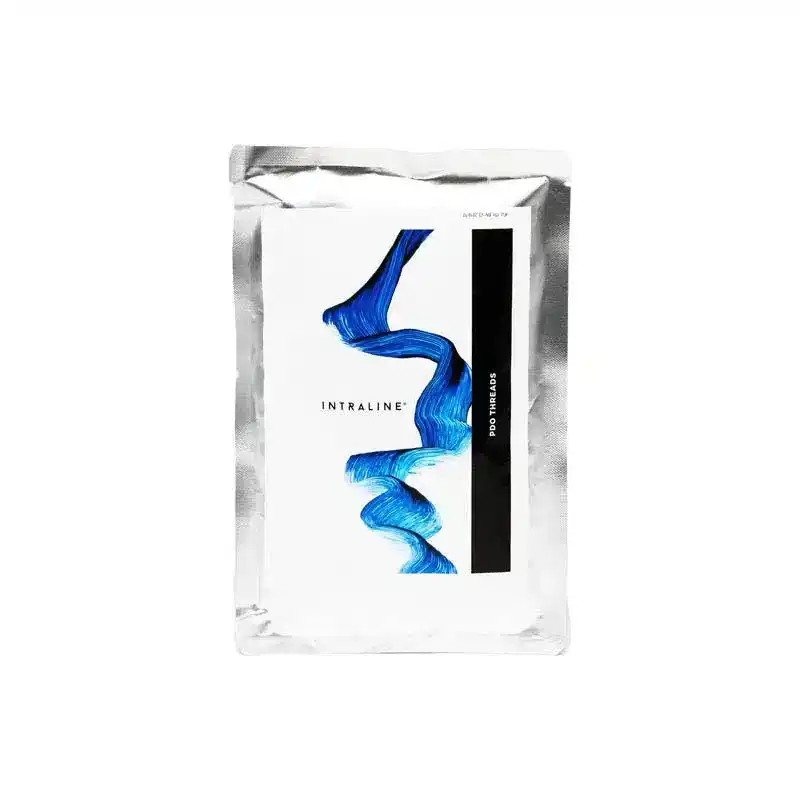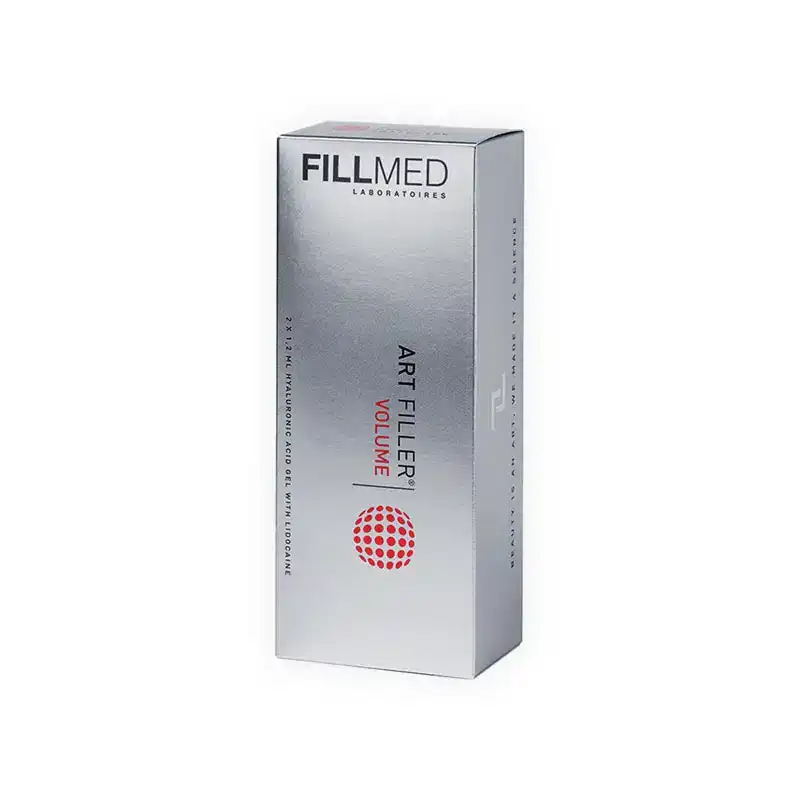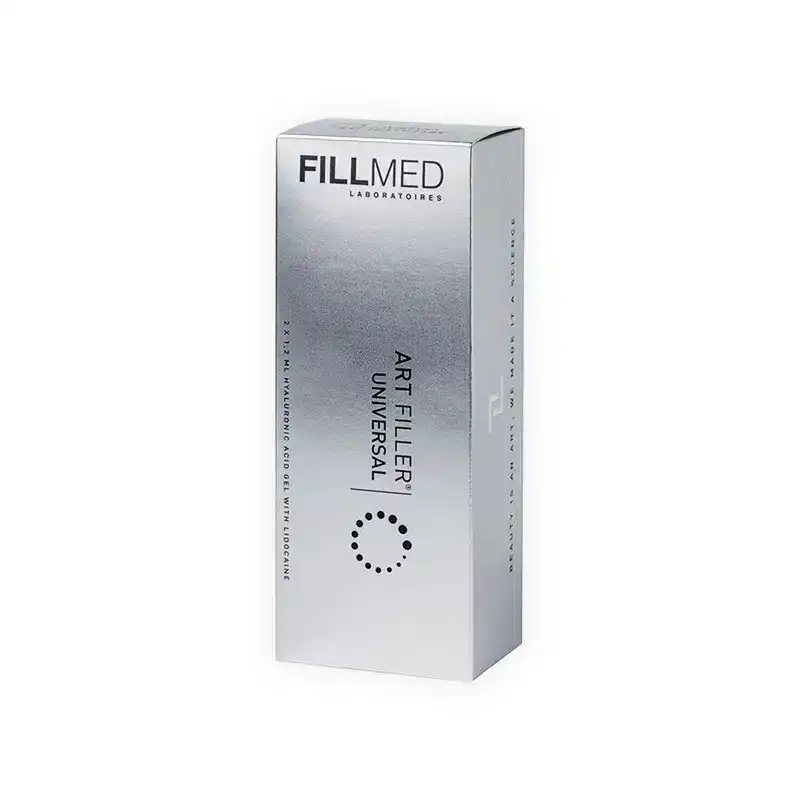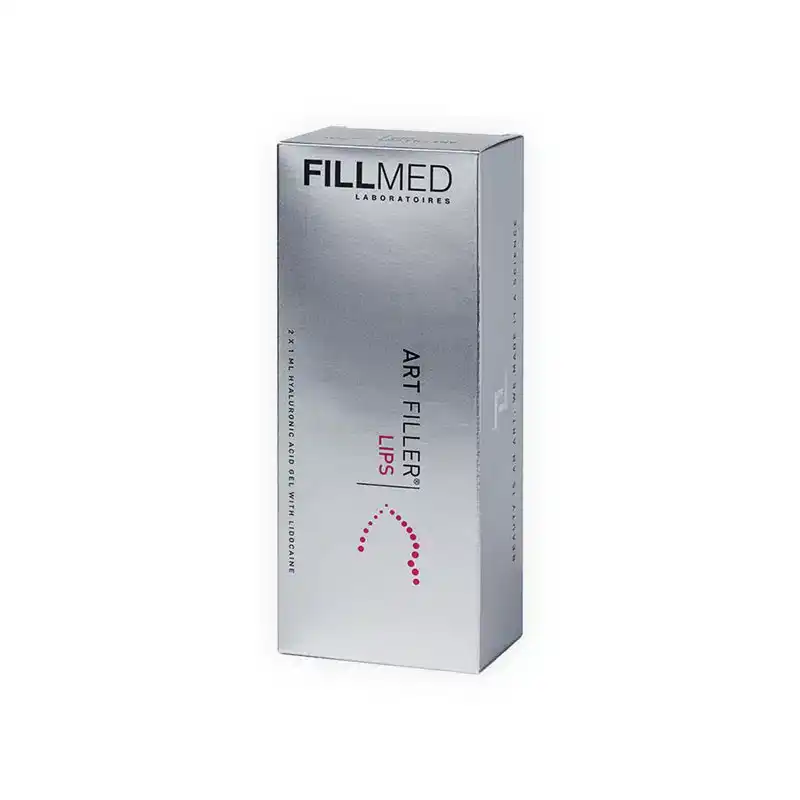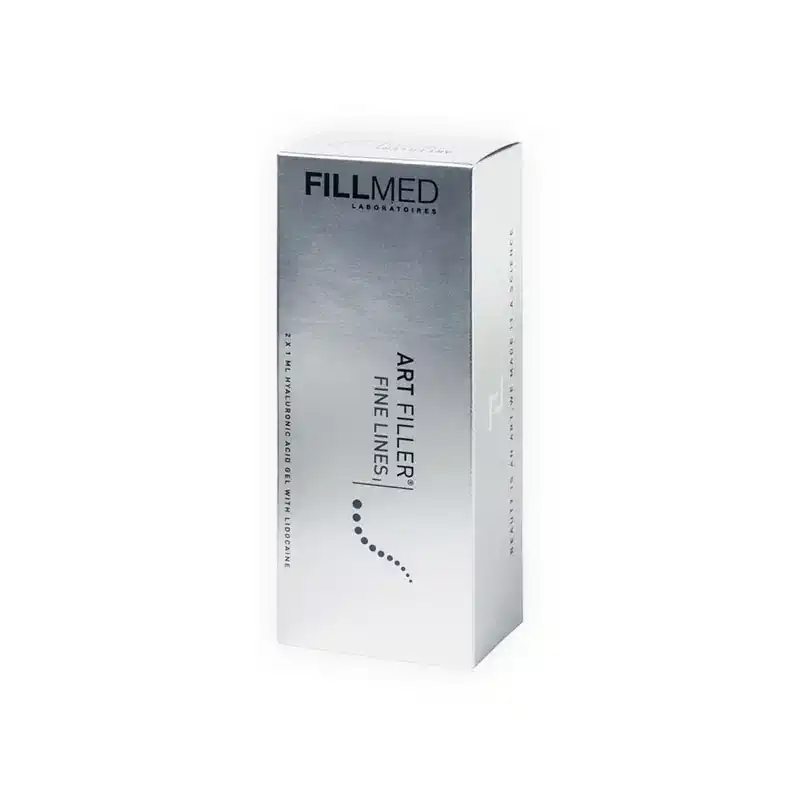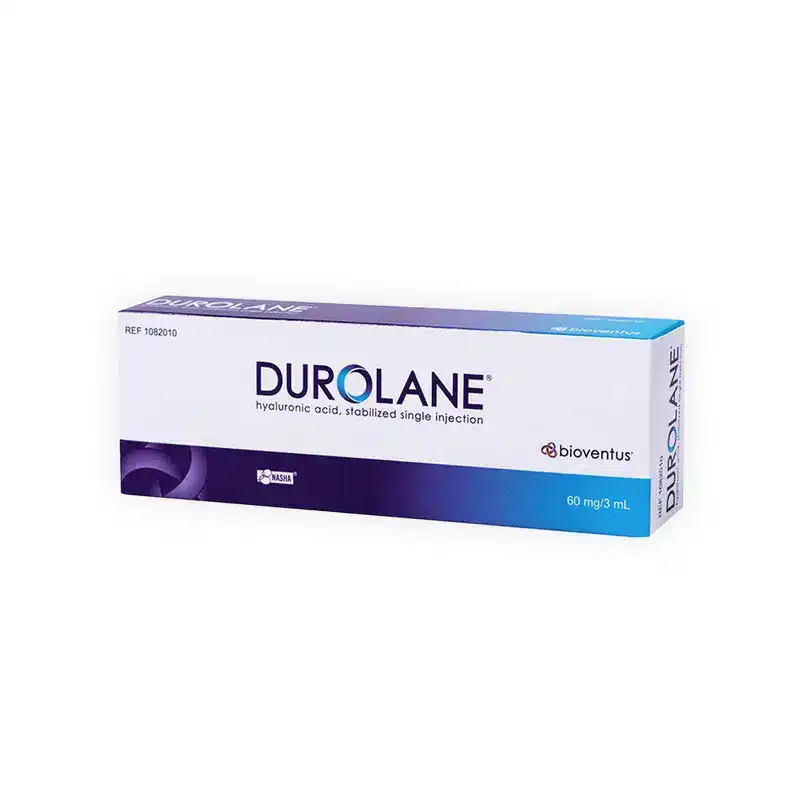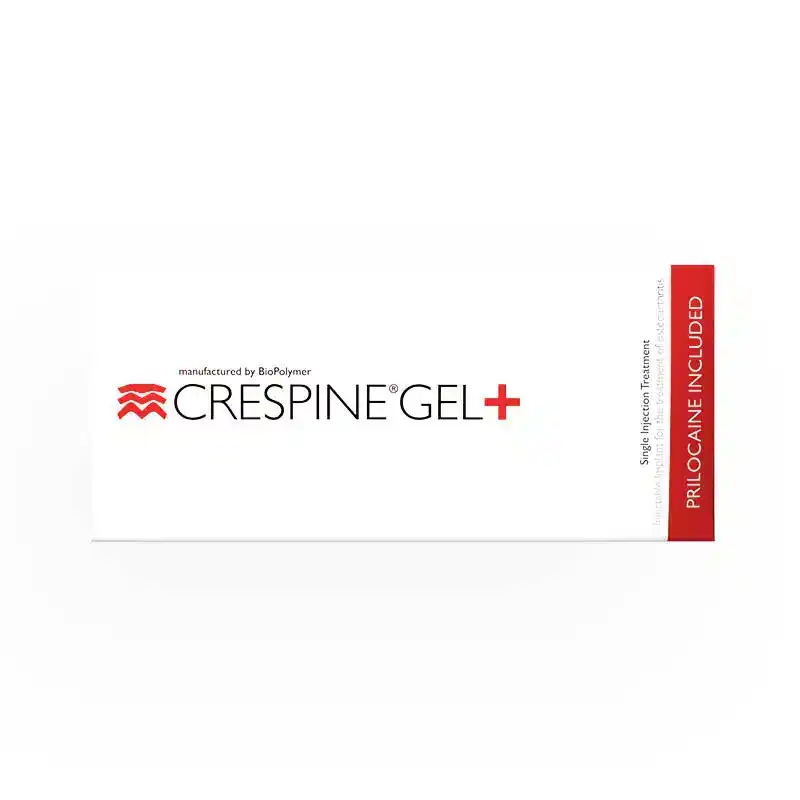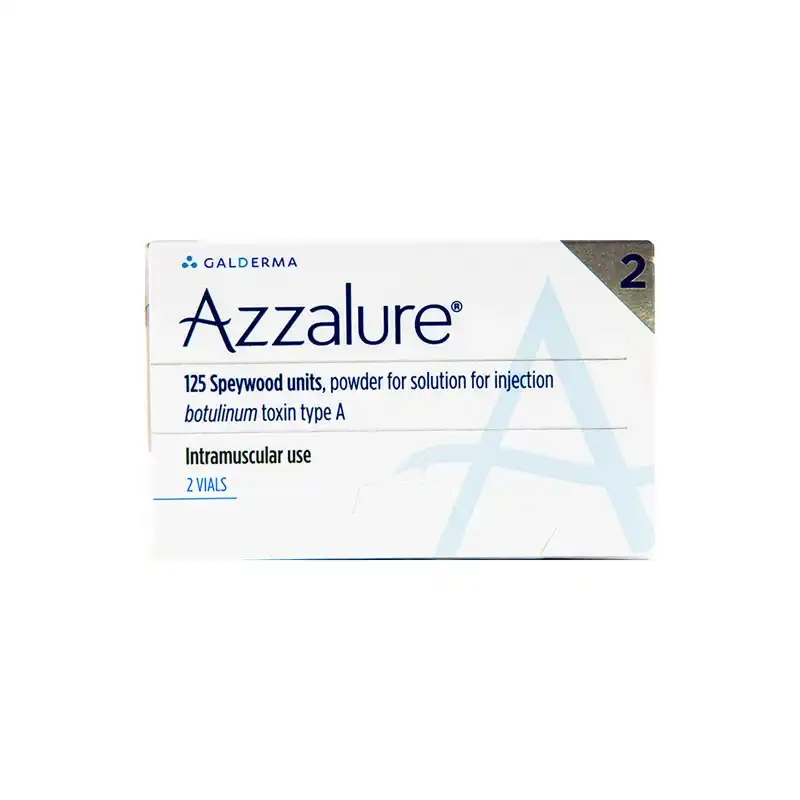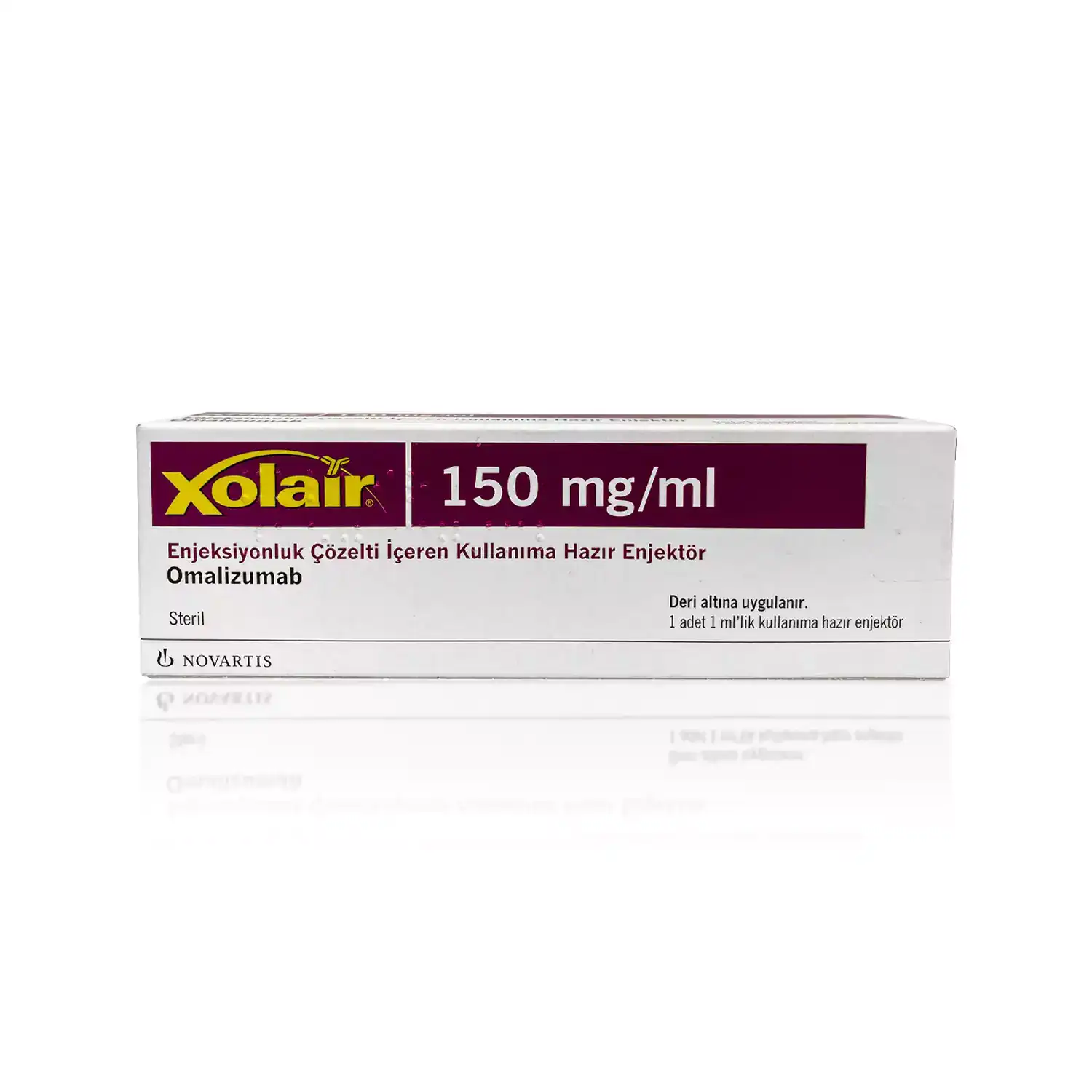Only for Licensed Professionals
Only for Licensed Professionals

Cannulas and Needles
14 items
Tier pricing
Save 0.98%
6 or more
$405.00 each
Save 1.47%
11 or more
$403.00 each
Save 2.2%
21 or more
$400.00 each
Tier pricing
Save 25.13%
4 or more
$149.00 each
Save 27.64%
11 or more
$144.00 each
Save 30.15%
21 or more
$139.00 each
Tier pricing
Save 2.9%
6 or more
$67.00 each
Save 5.8%
11 or more
$65.00 each
Save 7.25%
21 or more
$64.00 each
Tier pricing
Save 2.02%
6 or more
$97.00 each
Save 4.04%
11 or more
$95.00 each
Save 5.05%
21 or more
$94.00 each
Tier pricing
Save 0.91%
6 or more
$217.00 each
Save 1.83%
11 or more
$215.00 each
Save 2.28%
21 or more
$214.00 each
Tier pricing
Save 1.01%
6 or more
$197.00 each
Save 2.01%
11 or more
$195.00 each
Save 2.51%
21 or more
$194.00 each
Tier pricing
Save 0%
6 or more
$254.00 each
Save 1.97%
11 or more
$249.00 each
Save 2.76%
21 or more
$247.00 each
Tier pricing
Save 5.09%
4 or more
$559.00 each
Save 8.49%
11 or more
$539.00 each
Save 12.73%
21 or more
$514.00 each
Tier pricing
Save 10.02%
4 or more
$449.00 each
Save 12.02%
11 or more
$439.00 each
Save 14.03%
21 or more
$429.00 each
Tier pricing
Save 1.18%
6 or more
$167.00 each
Save 2.37%
11 or more
$165.00 each
Save 2.96%
21 or more
$164.00 each
Tier pricing
Save 4.08%
6 or more
$47.00 each
Save 8.16%
11 or more
$45.00 each
Save 10.2%
21 or more
$44.00 each
Tier pricing
Save 1.34%
6 or more
$147.00 each
Save 2.68%
11 or more
$145.00 each
Save 3.36%
21 or more
$144.00 each
Tier pricing
Save 1.34%
6 or more
$147.00 each
Save 2.68%
11 or more
$145.00 each
Save 3.36%
21 or more
$144.00 each
Tier pricing
Save 12.02%
4 or more
$439.00 each
Save 14.03%
11 or more
$429.00 each
Save 16.03%
21 or more
$419.00 each
Tier pricing
Save 2%
6 or more
$489.00 each
Save 3.01%
11 or more
$484.00 each
Save 4.01%
21 or more
$479.00 each
Tier pricing
Save 2%
6 or more
$489.00 each
Save 3.01%
11 or more
$484.00 each
Save 4.01%
21 or more
$479.00 each
Tier pricing
Save 1.67%
6 or more
$589.00 each
Save 2.5%
11 or more
$584.00 each
Save 3.34%
21 or more
$579.00 each
Tier pricing
Save 2.01%
4 or more
$244.00 each
Save 4.02%
11 or more
$239.00 each
Save 4.82%
21 or more
$237.00 each
Tier pricing
Save 1.55%
6 or more
$127.00 each
Save 3.1%
11 or more
$125.00 each
Save 3.88%
21 or more
$124.00 each
Tier pricing
Save 11.12%
4 or more
$799.00 each
Save 13.35%
11 or more
$779.00 each
Save 13.9%
21 or more
$774.00 each
Tier pricing
Save 1.32%
6 or more
$3,749.00 each
Save 2.63%
11 or more
$3,699.00 each
Save 3.95%
21 or more
$3,649.00 each
Tier pricing
Save 0.77%
6 or more
$257.00 each
Save 1.54%
11 or more
$255.00 each
Save 1.93%
21 or more
$254.00 each
Tier pricing
Save 0.74%
6 or more
$267.00 each
Save 1.49%
11 or more
$265.00 each
Save 3.35%
21 or more
$260.00 each
Tier pricing
Save 1.55%
6 or more
$127.00 each
Save 3.1%
11 or more
$125.00 each
Save 3.88%
21 or more
$124.00 each
Tier pricing
Save 1.55%
6 or more
$127.00 each
Save 3.1%
11 or more
$125.00 each
Save 3.88%
21 or more
$124.00 each
Tier pricing
Save 2.25%
6 or more
$87.00 each
Save 3.37%
11 or more
$86.00 each
Save 4.49%
21 or more
$85.00 each
Tier pricing
Save 2.25%
6 or more
$87.00 each
Save 3.37%
11 or more
$86.00 each
Save 4.49%
21 or more
$85.00 each
Tier pricing
Save 2.9%
6 or more
$67.00 each
Save 5.8%
11 or more
$65.00 each
Save 7.25%
21 or more
$64.00 each
Tier pricing
Save 2.9%
4 or more
$67.00 each
Save 5.8%
11 or more
$65.00 each
Save 7.25%
21 or more
$64.00 each
Tier pricing
Save 2.02%
4 or more
$97.00 each
Save 4.04%
11 or more
$95.00 each
Save 5.05%
21 or more
$94.00 each
Tier pricing
Save 1.36%
6 or more
$364.00 each
Save 2.71%
11 or more
$359.00 each
Save 3.25%
21 or more
$357.00 each
Tier pricing
Save 1.44%
6 or more
$137.00 each
Save 2.88%
11 or more
$135.00 each
Save 3.6%
21 or more
$134.00 each
Tier pricing
Save 5.37%
4 or more
$529.00 each
Save 8.94%
11 or more
$509.00 each
Save 9.84%
21 or more
$504.00 each
Tier pricing
Save 5.37%
4 or more
$529.00 each
Save 8.94%
11 or more
$509.00 each
Save 9.84%
21 or more
$504.00 each
Tier pricing
Save 0.56%
6 or more
$357.00 each
Save 1.11%
11 or more
$355.00 each
Save 1.39%
21 or more
$354.00 each
Tier pricing
Save 2.87%
6 or more
$339.00 each
Save 4.3%
11 or more
$334.00 each
Save 5.73%
21 or more
$329.00 each
Tier pricing
Save 6.9%
6 or more
$27.00 each
Save 10.34%
11 or more
$26.00 each
Save 13.79%
21 or more
$25.00 each
Tier pricing
Save 1.25%
6 or more
$394.00 each
Save 2.51%
11 or more
$389.00 each
Save 3.01%
21 or more
$387.00 each
Tier pricing
Save 5.13%
6 or more
$37.00 each
Save 7.69%
11 or more
$36.00 each
Save 10.26%
21 or more
$35.00 each
Tier pricing
Save 3.88%
6 or more
$124.00 each
Save 7.75%
11 or more
$119.00 each
Save 9.3%
21 or more
$117.00 each
Tier pricing
Save 3.88%
6 or more
$124.00 each
Save 7.75%
11 or more
$119.00 each
Save 9.3%
21 or more
$117.00 each
Tier pricing
Save 0.67%
6 or more
$297.00 each
Save 1.34%
11 or more
$295.00 each
Save 1.67%
21 or more
$294.00 each
Tier pricing
Save 3.39%
6 or more
$57.00 each
Save 5.08%
11 or more
$56.00 each
Save 6.78%
21 or more
$55.00 each
Tier pricing
Save 4.08%
6 or more
$47.00 each
Save 6.12%
11 or more
$46.00 each
Save 8.16%
21 or more
$45.00 each
Tier pricing
Save 2.9%
6 or more
$67.00 each
Save 4.35%
11 or more
$66.00 each
Save 5.8%
21 or more
$65.00 each
Tier pricing
Save 1.44%
6 or more
$137.00 each
Save 2.88%
11 or more
$135.00 each
Save 3.6%
21 or more
$134.00 each
Tier pricing
Save 2.02%
6 or more
$97.00 each
Save 4.04%
11 or more
$95.00 each
Save 5.05%
21 or more
$94.00 each
Tier pricing
Save 2.02%
6 or more
$97.00 each
Save 4.04%
11 or more
$95.00 each
Save 5.05%
21 or more
$94.00 each
Tier pricing
Save 2.53%
6 or more
$77.00 each
Save 5.06%
11 or more
$75.00 each
Save 6.33%
21 or more
$74.00 each
Tier pricing
Save 2.01%
6 or more
$244.00 each
Save 4.02%
11 or more
$239.00 each
Save 4.82%
21 or more
$237.00 each
Tier pricing
Save 0.8%
4 or more
$247.00 each
Save 1.61%
11 or more
$245.00 each
Save 2.01%
21 or more
$244.00 each
Tier pricing
Save 3.85%
4 or more
$1,249.00 each
Save 4.62%
11 or more
$1,239.00 each
Save 5.39%
21 or more
$1,229.00 each
Tier pricing
Save 10.01%
4 or more
$989.00 each
Save 10.92%
11 or more
$979.00 each
Save 11.83%
21 or more
$969.00 each
Tier pricing
Save 0.73%
6 or more
$545.00 each
Save 1.09%
11 or more
$543.00 each
Save 1.64%
21 or more
$540.00 each
Tier pricing
Save 1.34%
6 or more
$147.00 each
Save 2.68%
11 or more
$145.00 each
Save 3.36%
21 or more
$144.00 each
Tier pricing
Save 1.83%
6 or more
$107.00 each
Save 3.67%
11 or more
$105.00 each
Save 4.59%
21 or more
$104.00 each
Tier pricing
Save 2.53%
6 or more
$77.00 each
Save 5.06%
11 or more
$75.00 each
Save 6.33%
21 or more
$74.00 each
Tier pricing
Save 0.84%
6 or more
$118.00 each
Save 1.68%
11 or more
$117.00 each
Save 2.52%
21 or more
$116.00 each
Tier pricing
Save 4.08%
6 or more
$47.00 each
Save 6.12%
11 or more
$46.00 each
Save 8.16%
21 or more
$45.00 each
Tier pricing
Save 3.45%
6 or more
$28.00 each
Save 6.9%
11 or more
$27.00 each
Save 10.34%
21 or more
$26.00 each
Tier pricing
Save 2.56%
4 or more
$38.00 each
Save 5.13%
11 or more
$37.00 each
Save 7.69%
21 or more
$36.00 each
Tier pricing
Save 2.79%
6 or more
$349.00 each
Save 4.18%
11 or more
$344.00 each
Save 5.57%
21 or more
$339.00 each
Tier pricing
Save 1.45%
6 or more
$68.00 each
Save 2.9%
11 or more
$67.00 each
Save 4.35%
21 or more
$66.00 each
Tier pricing
Save 1.45%
6 or more
$68.00 each
Save 2.9%
11 or more
$67.00 each
Save 4.35%
21 or more
$66.00 each
Tier pricing
Save 1.45%
6 or more
$68.00 each
Save 2.9%
11 or more
$67.00 each
Save 4.35%
21 or more
$66.00 each
Tier pricing
Save 5.56%
4 or more
$849.00 each
Save 7.79%
11 or more
$829.00 each
Save 8.34%
21 or more
$824.00 each
Tier pricing
Save 5.09%
4 or more
$559.00 each
Save 8.49%
11 or more
$539.00 each
Save 9.34%
21 or more
$534.00 each
Tier pricing
Save 0.42%
6 or more
$473.00 each
Save 1.05%
11 or more
$470.00 each
Save 2.11%
21 or more
$465.00 each
Tier pricing
Save 1%
6 or more
$395.00 each
Save 1.5%
11 or more
$393.00 each
Save 2.26%
21 or more
$390.00 each
Tier pricing
Save 1.03%
6 or more
$385.00 each
Save 1.54%
11 or more
$383.00 each
Save 2.31%
21 or more
$380.00 each
Tier pricing
Save 1.67%
6 or more
$589.00 each
Save 2.5%
11 or more
$584.00 each
Save 3.34%
21 or more
$579.00 each
Tier pricing
Save 8.91%
4 or more
$409.00 each
Save 11.14%
11 or more
$399.00 each
Save 13.36%
21 or more
$389.00 each
Tier pricing
Save 2.01%
6 or more
$195.00 each
Save 3.02%
11 or more
$193.00 each
Save 5.03%
21 or more
$189.00 each
Tier pricing
Save 1.67%
6 or more
$235.00 each
Save 2.51%
11 or more
$233.00 each
Save 4.18%
21 or more
$229.00 each
Tier pricing
Save 0.33%
6 or more
$597.00 each
Save 0.67%
11 or more
$595.00 each
Save 0.83%
21 or more
$594.00 each
Tier pricing
Save 0.67%
6 or more
$148.00 each
Save 1.34%
11 or more
$147.00 each
Save 2.01%
21 or more
$146.00 each
Tier pricing
Save 1.44%
6 or more
$137.00 each
Save 2.88%
11 or more
$135.00 each
Save 3.6%
21 or more
$134.00 each
Tier pricing
Save 1.44%
6 or more
$137.00 each
Save 2.88%
11 or more
$135.00 each
Save 3.6%
21 or more
$134.00 each
Tier pricing
Save 1.44%
6 or more
$137.00 each
Save 2.88%
11 or more
$135.00 each
Save 3.6%
21 or more
$134.00 each
Tier pricing
Save 2.51%
6 or more
$194.00 each
Save 5.03%
11 or more
$189.00 each
Save 6.03%
21 or more
$187.00 each
Tier pricing
Save 2.9%
6 or more
$67.00 each
Save 5.8%
11 or more
$65.00 each
Save 7.25%
21 or more
$64.00 each
Tier pricing
Save 1.44%
6 or more
$137.00 each
Save 2.88%
11 or more
$135.00 each
Save 4.32%
21 or more
$133.00 each
Tier pricing
Save 2.12%
6 or more
$185.00 each
Save 3.17%
11 or more
$183.00 each
Save 5.29%
21 or more
$179.00 each
Tier pricing
Save 1.25%
6 or more
$394.00 each
Save 1.5%
11 or more
$393.00 each
Save 2.01%
21 or more
$391.00 each
Tier pricing
Save 1.34%
6 or more
$147.00 each
Save 2.01%
11 or more
$146.00 each
Save 2.68%
21 or more
$145.00 each
Tier pricing
Save 1.14%
6 or more
$173.00 each
Save 2.86%
11 or more
$170.00 each
Save 4%
21 or more
$168.00 each
Tier pricing
Save 6.25%
4 or more
$1,499.00 each
Save 6.88%
11 or more
$1,489.00 each
Save 7.5%
21 or more
$1,479.00 each
Tier pricing
Save 20.04%
4 or more
$399.00 each
Save 22.04%
11 or more
$389.00 each
Save 24.05%
21 or more
$379.00 each
Tier pricing
Save 2.02%
6 or more
$97.00 each
Save 4.04%
11 or more
$95.00 each
Save 5.05%
21 or more
$94.00 each
Tier pricing
Save 2.25%
6 or more
$87.00 each
Save 4.49%
11 or more
$85.00 each
Save 5.62%
21 or more
$84.00 each
Tier pricing
Save 1.44%
6 or more
$137.00 each
Save 2.88%
11 or more
$135.00 each
Save 3.6%
21 or more
$134.00 each
Tier pricing
Save 1.39%
6 or more
$354.00 each
Save 2.79%
11 or more
$349.00 each
Save 3.34%
21 or more
$347.00 each
Tier pricing
Save 1%
6 or more
$99.00 each
Save 3%
11 or more
$97.00 each
Save 5%
21 or more
$95.00 each
Tier pricing
Save 1.01%
6 or more
$98.00 each
Save 2.02%
11 or more
$97.00 each
Save 3.03%
21 or more
$96.00 each
Tier pricing
Save 15.08%
4 or more
$169.00 each
Save 17.59%
11 or more
$164.00 each
Save 20.1%
21 or more
$159.00 each
Tier pricing
Save 3.36%
4 or more
$144.00 each
Save 6.71%
11 or more
$139.00 each
Save 8.05%
21 or more
$137.00 each
Tier pricing
Save 7.7%
4 or more
$1,199.00 each
Save 8.47%
11 or more
$1,189.00 each
Save 9.24%
21 or more
$1,179.00 each
Tier pricing
Save 1.34%
6 or more
$147.00 each
Save 2.01%
11 or more
$146.00 each
Save 2.68%
21 or more
$145.00 each
Tier pricing
Save 1.44%
6 or more
$137.00 each
Save 2.88%
11 or more
$135.00 each
Save 3.6%
21 or more
$134.00 each
Tier pricing
Save 1.83%
6 or more
$107.00 each
Save 2.75%
11 or more
$106.00 each
Save 3.67%
21 or more
$105.00 each
Tier pricing
Save 3.8%
6 or more
$76.00 each
Save 6.33%
11 or more
$74.00 each
Save 7.59%
21 or more
$73.00 each
Tier pricing
Save 2.53%
6 or more
$77.00 each
Save 5.06%
11 or more
$75.00 each
Save 6.33%
21 or more
$74.00 each
Tier pricing
Save 2.51%
6 or more
$389.00 each
Save 5.01%
11 or more
$379.00 each
Save 7.52%
21 or more
$369.00 each
Tier pricing
Save 4.08%
6 or more
$47.00 each
Save 6.12%
11 or more
$46.00 each
Save 8.16%
21 or more
$45.00 each
Tier pricing
Save 4.08%
6 or more
$47.00 each
Save 6.12%
11 or more
$46.00 each
Save 8.16%
21 or more
$45.00 each
Tier pricing
Save 2.53%
6 or more
$77.00 each
Save 5.06%
11 or more
$75.00 each
Save 6.33%
21 or more
$74.00 each
Tier pricing
Save 3.34%
6 or more
$289.00 each
Save 5.02%
11 or more
$284.00 each
Save 6.69%
21 or more
$279.00 each
Tier pricing
Save 5.13%
6 or more
$37.00 each
Save 7.69%
11 or more
$36.00 each
Save 10.26%
21 or more
$35.00 each
Tier pricing
Save 1%
6 or more
$99.00 each
Save 3%
11 or more
$97.00 each
Save 5%
21 or more
$95.00 each
Tier pricing
Save 14.33%
4 or more
$299.00 each
Save 17.19%
11 or more
$289.00 each
Save 20.06%
21 or more
$279.00 each
Tier pricing
Save 1.26%
6 or more
$157.00 each
Save 2.52%
11 or more
$155.00 each
Save 3.14%
21 or more
$154.00 each
Tier pricing
Save 1.55%
6 or more
$127.00 each
Save 3.1%
11 or more
$125.00 each
Save 3.88%
21 or more
$124.00 each
Tier pricing
Save 3.33%
6 or more
$58.00 each
Save 6.67%
11 or more
$56.00 each
Save 10%
21 or more
$54.00 each
Tier pricing
Save 2.5%
6 or more
$78.00 each
Save 5%
11 or more
$76.00 each
Save 7.5%
21 or more
$74.00 each
Tier pricing
Save 3.88%
4 or more
$124.00 each
Save 7.75%
11 or more
$119.00 each
Save 9.3%
21 or more
$117.00 each
Tier pricing
Save 7.55%
6 or more
$147.00 each
Save 8.81%
11 or more
$145.00 each
Save 9.43%
21 or more
$144.00 each
Tier pricing
Save 3.39%
6 or more
$57.00 each
Save 5.08%
11 or more
$56.00 each
Save 6.78%
21 or more
$55.00 each
Tier pricing
Save 1.26%
6 or more
$157.00 each
Save 1.89%
11 or more
$156.00 each
Save 2.52%
21 or more
$155.00 each
Tier pricing
Save 1.44%
6 or more
$137.00 each
Save 2.88%
11 or more
$135.00 each
Save 3.6%
21 or more
$134.00 each
Tier pricing
Save 1.12%
6 or more
$177.00 each
Save 2.23%
11 or more
$175.00 each
Save 2.79%
21 or more
$174.00 each
Tier pricing
Save 1.44%
6 or more
$137.00 each
Save 2.88%
11 or more
$135.00 each
Save 3.6%
21 or more
$134.00 each
Tier pricing
Save 0.84%
6 or more
$237.00 each
Save 1.67%
11 or more
$235.00 each
Save 2.09%
21 or more
$234.00 each
Tier pricing
Save 2.25%
6 or more
$87.00 each
Save 3.37%
11 or more
$86.00 each
Save 4.49%
21 or more
$85.00 each
Tier pricing
Save 2.25%
6 or more
$87.00 each
Save 3.37%
11 or more
$86.00 each
Save 4.49%
21 or more
$85.00 each
Tier pricing
Save 1.55%
6 or more
$127.00 each
Save 3.1%
11 or more
$125.00 each
Save 3.88%
21 or more
$124.00 each
Tier pricing
Save 0.77%
6 or more
$257.00 each
Save 1.54%
11 or more
$255.00 each
Save 1.93%
21 or more
$254.00 each
Tier pricing
Save 2.25%
6 or more
$87.00 each
Save 4.49%
11 or more
$85.00 each
Save 6.74%
21 or more
$83.00 each
Tier pricing
Save 2.25%
6 or more
$87.00 each
Save 3.37%
11 or more
$86.00 each
Save 4.49%
21 or more
$85.00 each
Tier pricing
Save 2.25%
6 or more
$87.00 each
Save 3.37%
11 or more
$86.00 each
Save 4.49%
21 or more
$85.00 each
Tier pricing
Save 1.25%
6 or more
$394.00 each
Save 1.5%
11 or more
$393.00 each
Save 2.01%
21 or more
$391.00 each
Tier pricing
Save 2.9%
6 or more
$67.00 each
Save 4.35%
11 or more
$66.00 each
Save 5.8%
21 or more
$65.00 each
Tier pricing
Save 3.08%
6 or more
$63.00 each
Save 4.62%
11 or more
$62.00 each
Save 6.15%
21 or more
$61.00 each
Tier pricing
Save 3.39%
6 or more
$57.00 each
Save 5.08%
11 or more
$56.00 each
Save 6.78%
21 or more
$55.00 each
Tier pricing
Save 1%
6 or more
$395.00 each
Save 2.51%
11 or more
$389.00 each
Save 4.76%
21 or more
$380.00 each
Tier pricing
Save 1.26%
6 or more
$157.00 each
Save 2.52%
11 or more
$155.00 each
Save 3.14%
21 or more
$154.00 each
Tier pricing
Save 4.08%
6 or more
$47.00 each
Save 6.12%
11 or more
$46.00 each
Save 8.16%
21 or more
$45.00 each
Tier pricing
Save 0.45%
6 or more
$447.00 each
Save 0.89%
11 or more
$445.00 each
Save 1.11%
21 or more
$444.00 each
Tier pricing
Save 1.44%
6 or more
$137.00 each
Save 2.16%
11 or more
$136.00 each
Save 2.88%
21 or more
$135.00 each
Tier pricing
Save 0.87%
6 or more
$227.00 each
Save 1.75%
11 or more
$225.00 each
Save 2.18%
21 or more
$224.00 each
Tier pricing
Save 4%
4 or more
$2,399.00 each
Save 6%
11 or more
$2,349.00 each
Save 8%
21 or more
$2,299.00 each
Tier pricing
Save 2.01%
6 or more
$342.00 each
Save 3.44%
11 or more
$337.00 each
Save 4.87%
21 or more
$332.00 each
Tier pricing
Save 20.04%
4 or more
$399.00 each
Save 22.04%
11 or more
$389.00 each
Save 24.05%
21 or more
$379.00 each
Tier pricing
Save 2.64%
6 or more
$369.00 each
Save 3.96%
11 or more
$364.00 each
Save 5.28%
21 or more
$359.00 each
Tier pricing
Save 2.87%
6 or more
$339.00 each
Save 4.3%
11 or more
$334.00 each
Save 5.73%
21 or more
$329.00 each
Tier pricing
Save 2.71%
6 or more
$359.00 each
Save 4.07%
11 or more
$354.00 each
Save 5.42%
21 or more
$349.00 each
Tier pricing
Save 2.87%
6 or more
$339.00 each
Save 4.3%
11 or more
$334.00 each
Save 5.73%
21 or more
$329.00 each
Tier pricing
Save 5.05%
6 or more
$94.00 each
Save 8.08%
11 or more
$91.00 each
Save 10.1%
21 or more
$89.00 each
Tier pricing
Save 4.02%
6 or more
$239.00 each
Save 6.02%
11 or more
$234.00 each
Save 8.03%
21 or more
$229.00 each
Tier pricing
Save 3.58%
6 or more
$269.00 each
Save 5.38%
11 or more
$264.00 each
Save 7.17%
21 or more
$259.00 each
Tier pricing
Save 4.02%
6 or more
$239.00 each
Save 6.02%
11 or more
$234.00 each
Save 8.03%
21 or more
$229.00 each
Tier pricing
Save 4.02%
6 or more
$239.00 each
Save 6.02%
11 or more
$234.00 each
Save 8.03%
21 or more
$229.00 each
Tier pricing
Save 4.57%
6 or more
$209.00 each
Save 6.85%
11 or more
$204.00 each
Save 9.13%
21 or more
$199.00 each
Tier pricing
Save 1.12%
6 or more
$177.00 each
Save 2.23%
11 or more
$175.00 each
Save 2.79%
21 or more
$174.00 each
Tier pricing
Save 0.87%
6 or more
$227.00 each
Save 1.75%
11 or more
$225.00 each
Save 2.18%
21 or more
$224.00 each
Tier pricing
Save 0.87%
6 or more
$227.00 each
Save 1.75%
11 or more
$225.00 each
Save 2.18%
21 or more
$224.00 each
Tier pricing
Save 0.8%
6 or more
$247.00 each
Save 1.61%
11 or more
$245.00 each
Save 2.01%
21 or more
$244.00 each
Tier pricing
Save 1.68%
6 or more
$117.00 each
Save 3.36%
11 or more
$115.00 each
Save 4.2%
21 or more
$114.00 each
Tier pricing
Save 1.44%
6 or more
$137.00 each
Save 2.88%
11 or more
$135.00 each
Save 3.6%
21 or more
$134.00 each
Tier pricing
Save 0.87%
6 or more
$227.00 each
Save 1.75%
11 or more
$225.00 each
Save 2.18%
21 or more
$224.00 each
Tier pricing
Save 1.01%
6 or more
$197.00 each
Save 2.01%
11 or more
$195.00 each
Save 2.51%
21 or more
$194.00 each
Tier pricing
Save 1.01%
6 or more
$197.00 each
Save 2.01%
11 or more
$195.00 each
Save 2.51%
21 or more
$194.00 each
Tier pricing
Save 1.43%
6 or more
$344.00 each
Save 2.87%
11 or more
$339.00 each
Save 3.44%
21 or more
$337.00 each
Tier pricing
Save 1.57%
6 or more
$314.00 each
Save 3.13%
11 or more
$309.00 each
Save 3.76%
21 or more
$307.00 each
Tier pricing
Save 0.87%
6 or more
$227.00 each
Save 1.75%
11 or more
$225.00 each
Save 2.18%
21 or more
$224.00 each
Tier pricing
Save 0.84%
6 or more
$237.00 each
Save 1.67%
11 or more
$235.00 each
Save 2.09%
21 or more
$234.00 each
Tier pricing
Save 1.83%
6 or more
$107.00 each
Save 3.67%
11 or more
$105.00 each
Save 4.59%
21 or more
$104.00 each
Tier pricing
Save 1.83%
6 or more
$107.00 each
Save 3.67%
11 or more
$105.00 each
Save 4.59%
21 or more
$104.00 each
Tier pricing
Save 1.83%
6 or more
$107.00 each
Save 3.67%
11 or more
$105.00 each
Save 4.59%
21 or more
$104.00 each
Tier pricing
Save 1.34%
6 or more
$147.00 each
Save 2.68%
11 or more
$145.00 each
Save 3.36%
21 or more
$144.00 each
Tier pricing
Save 1.34%
6 or more
$147.00 each
Save 2.68%
11 or more
$145.00 each
Save 3.36%
21 or more
$144.00 each
Tier pricing
Save 7.55%
6 or more
$147.00 each
Save 8.81%
11 or more
$145.00 each
Save 9.43%
21 or more
$144.00 each
Tier pricing
Save 1.18%
6 or more
$167.00 each
Save 2.37%
11 or more
$165.00 each
Save 2.96%
21 or more
$164.00 each
Tier pricing
Save 7.55%
6 or more
$147.00 each
Save 8.81%
11 or more
$145.00 each
Save 9.43%
21 or more
$144.00 each
Tier pricing
Save 1.06%
6 or more
$187.00 each
Save 2.12%
11 or more
$185.00 each
Save 2.65%
21 or more
$184.00 each
Tier pricing
Save 2.02%
6 or more
$97.00 each
Save 4.04%
11 or more
$95.00 each
Save 5.05%
21 or more
$94.00 each
Tier pricing
Save 2.9%
6 or more
$67.00 each
Save 5.8%
11 or more
$65.00 each
Save 7.25%
21 or more
$64.00 each
Tier pricing
Save 1.26%
6 or more
$157.00 each
Save 1.89%
11 or more
$156.00 each
Save 2.52%
21 or more
$155.00 each
Tier pricing
Save 1.44%
6 or more
$137.00 each
Save 2.16%
11 or more
$136.00 each
Save 2.88%
21 or more
$135.00 each
Tier pricing
Save 1.44%
4 or more
$137.00 each
Save 2.88%
11 or more
$135.00 each
Save 3.6%
21 or more
$134.00 each
Tier pricing
Save 1.44%
6 or more
$137.00 each
Save 2.88%
11 or more
$135.00 each
Save 3.6%
21 or more
$134.00 each
Tier pricing
Save 1.44%
4 or more
$137.00 each
Save 2.88%
11 or more
$135.00 each
Save 3.6%
21 or more
$134.00 each
Tier pricing
Save 4.02%
6 or more
$239.00 each
Save 6.02%
11 or more
$234.00 each
Save 8.03%
21 or more
$229.00 each
Tier pricing
Save 1.02%
6 or more
$969.00 each
Save 1.53%
11 or more
$964.00 each
Save 2.04%
21 or more
$959.00 each
Tier pricing
Save 0.39%
6 or more
$1,025.00 each
Save 0.97%
11 or more
$1,019.00 each
Save 1.26%
21 or more
$1,016.00 each
Tier pricing
Save 1.01%
6 or more
$979.00 each
Save 1.52%
11 or more
$974.00 each
Save 2.02%
21 or more
$969.00 each
Tier pricing
Save 5.13%
6 or more
$37.00 each
Save 7.69%
11 or more
$36.00 each
Save 10.26%
21 or more
$35.00 each
Tier pricing
Save 6.9%
6 or more
$27.00 each
Save 10.34%
11 or more
$26.00 each
Save 13.79%
21 or more
$25.00 each
Tier pricing
Save 5.13%
6 or more
$37.00 each
Save 7.69%
11 or more
$36.00 each
Save 10.26%
21 or more
$35.00 each
Tier pricing
Save 1.82%
6 or more
$539.00 each
Save 2.73%
11 or more
$534.00 each
Save 3.64%
21 or more
$529.00 each
Tier pricing
Save 2.9%
6 or more
$67.00 each
Save 5.8%
11 or more
$65.00 each
Save 7.25%
21 or more
$64.00 each
Tier pricing
Save 2.02%
6 or more
$97.00 each
Save 4.04%
11 or more
$95.00 each
Save 5.05%
21 or more
$94.00 each
Tier pricing
Save 2.53%
6 or more
$77.00 each
Save 5.06%
11 or more
$75.00 each
Save 6.33%
21 or more
$74.00 each
Tier pricing
Save 4.08%
6 or more
$47.00 each
Save 8.16%
11 or more
$45.00 each
Save 10.2%
21 or more
$44.00 each
Tier pricing
Save 2.9%
6 or more
$67.00 each
Save 5.8%
11 or more
$65.00 each
Save 7.25%
21 or more
$64.00 each
Tier pricing
Save 2.9%
6 or more
$67.00 each
Save 5.8%
11 or more
$65.00 each
Save 7.25%
21 or more
$64.00 each
Tier pricing
Save 2.53%
6 or more
$77.00 each
Save 5.06%
11 or more
$75.00 each
Save 6.33%
21 or more
$74.00 each
Tier pricing
Save 6.9%
6 or more
$27.00 each
Save 10.34%
11 or more
$26.00 each
Save 13.79%
21 or more
$25.00 each
Tier pricing
Save 5.08%
6 or more
$56.00 each
Save 8.47%
11 or more
$54.00 each
Save 10.17%
21 or more
$53.00 each
Tier pricing
Save 5.08%
6 or more
$56.00 each
Save 8.47%
11 or more
$54.00 each
Save 10.17%
21 or more
$53.00 each
Tier pricing
Save 5.08%
6 or more
$56.00 each
Save 8.47%
11 or more
$54.00 each
Save 10.17%
21 or more
$53.00 each
Tier pricing
Save 2.9%
6 or more
$67.00 each
Save 5.8%
11 or more
$65.00 each
Save 7.25%
21 or more
$64.00 each
Tier pricing
Save 2.02%
6 or more
$97.00 each
Save 4.04%
11 or more
$95.00 each
Save 5.05%
21 or more
$94.00 each
Tier pricing
Save 2.9%
6 or more
$67.00 each
Save 5.8%
11 or more
$65.00 each
Save 7.25%
21 or more
$64.00 each
Tier pricing
Save 0.77%
6 or more
$257.00 each
Save 1.54%
11 or more
$255.00 each
Save 1.93%
21 or more
$254.00 each
Tier pricing
Save 0.77%
6 or more
$257.00 each
Save 1.54%
11 or more
$255.00 each
Save 1.93%
21 or more
$254.00 each
Tier pricing
Save 0.91%
6 or more
$217.00 each
Save 1.83%
11 or more
$215.00 each
Save 2.28%
21 or more
$214.00 each
Tier pricing
Save 0.77%
6 or more
$257.00 each
Save 1.54%
11 or more
$255.00 each
Save 1.93%
21 or more
$254.00 each
Tier pricing
Save 4.08%
6 or more
$47.00 each
Save 8.16%
11 or more
$45.00 each
Save 10.2%
21 or more
$44.00 each
Tier pricing
Save 2.25%
6 or more
$87.00 each
Save 4.49%
11 or more
$85.00 each
Save 5.62%
21 or more
$84.00 each
Tier pricing
Save 3.88%
6 or more
$124.00 each
Save 5.43%
11 or more
$122.00 each
Save 7.75%
21 or more
$119.00 each
Tier pricing
Save 5.29%
6 or more
$179.00 each
Save 7.94%
11 or more
$174.00 each
Save 11.11%
21 or more
$168.00 each
Tier pricing
Save 7.19%
6 or more
$129.00 each
Save 10.79%
11 or more
$124.00 each
Save 15.11%
21 or more
$118.00 each
Tier pricing
Save 5.59%
6 or more
$169.00 each
Save 8.38%
11 or more
$164.00 each
Save 11.17%
21 or more
$159.00 each
Tier pricing
Save 5.41%
6 or more
$175.00 each
Save 8.11%
11 or more
$170.00 each
Save 10.81%
21 or more
$165.00 each
Tier pricing
Save 5.92%
6 or more
$159.00 each
Save 8.88%
11 or more
$154.00 each
Save 11.83%
21 or more
$149.00 each
Tier pricing
Save 5.59%
6 or more
$169.00 each
Save 8.38%
11 or more
$164.00 each
Save 11.17%
21 or more
$159.00 each
Tier pricing
Save 4.78%
6 or more
$199.00 each
Save 7.18%
11 or more
$194.00 each
Save 9.57%
21 or more
$189.00 each
Tier pricing
Save 5.59%
6 or more
$169.00 each
Save 8.38%
11 or more
$164.00 each
Save 11.17%
21 or more
$159.00 each
Tier pricing
Save 6.9%
6 or more
$27.00 each
Save 10.34%
11 or more
$26.00 each
Save 13.79%
21 or more
$25.00 each
Tier pricing
Save 1.43%
6 or more
$344.00 each
Save 2.87%
11 or more
$339.00 each
Save 3.44%
21 or more
$337.00 each
Tier pricing
Save 6.9%
6 or more
$27.00 each
Save 10.34%
11 or more
$26.00 each
Save 13.79%
21 or more
$25.00 each
Tier pricing
Save 4.08%
6 or more
$235.00 each
Save 6.12%
11 or more
$230.00 each
Save 8.16%
21 or more
$225.00 each
Tier pricing
Save 2.23%
6 or more
$439.00 each
Save 3.34%
11 or more
$434.00 each
Save 4.45%
21 or more
$429.00 each
Tier pricing
Save 3.79%
6 or more
$254.00 each
Save 5.68%
11 or more
$249.00 each
Save 7.58%
21 or more
$244.00 each
Tier pricing
Save 5.13%
6 or more
$37.00 each
Save 7.69%
11 or more
$36.00 each
Save 10.26%
21 or more
$35.00 each
Tier pricing
Save 1.82%
6 or more
$539.00 each
Save 2.73%
11 or more
$534.00 each
Save 3.64%
21 or more
$529.00 each
Tier pricing
Save 5.59%
6 or more
$169.00 each
Save 8.38%
11 or more
$164.00 each
Save 11.17%
21 or more
$159.00 each
Tier pricing
Save 0.84%
6 or more
$356.00 each
Save 1.39%
11 or more
$354.00 each
Save 2.79%
21 or more
$349.00 each
Tier pricing
Save 2.01%
6 or more
$244.00 each
Save 4.02%
11 or more
$239.00 each
Save 4.82%
21 or more
$237.00 each
Tier pricing
Save 2.9%
6 or more
$67.00 each
Save 5.8%
11 or more
$65.00 each
Save 7.25%
21 or more
$64.00 each
Tier pricing
Save 2.09%
6 or more
$234.00 each
Save 4.18%
11 or more
$229.00 each
Save 5.02%
21 or more
$227.00 each
Tier pricing
Save 2.53%
6 or more
$77.00 each
Save 5.06%
11 or more
$75.00 each
Save 6.33%
21 or more
$74.00 each
Tier pricing
Save 3.67%
6 or more
$105.00 each
Save 6.42%
11 or more
$102.00 each
Save 8.26%
21 or more
$100.00 each
Tier pricing
Save 2.53%
6 or more
$77.00 each
Save 5.06%
11 or more
$75.00 each
Save 6.33%
21 or more
$74.00 each
Tier pricing
Save 1.34%
6 or more
$147.00 each
Save 2.01%
11 or more
$146.00 each
Save 2.68%
21 or more
$145.00 each
Tier pricing
Save 1.68%
6 or more
$117.00 each
Save 3.36%
11 or more
$115.00 each
Save 4.2%
21 or more
$114.00 each
Tier pricing
Save 2.25%
6 or more
$87.00 each
Save 4.49%
11 or more
$85.00 each
Save 5.62%
21 or more
$84.00 each
Tier pricing
Save 5.77%
6 or more
$49.00 each
Save 9.62%
11 or more
$47.00 each
Save 13.46%
21 or more
$45.00 each
Tier pricing
Save 5.13%
6 or more
$37.00 each
Save 7.69%
11 or more
$36.00 each
Save 10.26%
21 or more
$35.00 each
Tier pricing
Save 16.69%
4 or more
$499.00 each
Save 18.36%
11 or more
$489.00 each
Save 20.03%
21 or more
$479.00 each
Tier pricing
Save 1.55%
6 or more
$127.00 each
Save 3.1%
11 or more
$125.00 each
Save 3.88%
21 or more
$124.00 each
Tier pricing
Save 1.89%
6 or more
$104.00 each
Save 2.83%
11 or more
$103.00 each
Save 4.72%
21 or more
$101.00 each
Tier pricing
Save 1.55%
6 or more
$127.00 each
Save 3.1%
11 or more
$125.00 each
Save 3.88%
21 or more
$124.00 each
Tier pricing
Save 1.55%
6 or more
$127.00 each
Save 3.1%
11 or more
$125.00 each
Save 3.88%
21 or more
$124.00 each
Tier pricing
Save 3.34%
6 or more
$289.00 each
Save 5.02%
11 or more
$284.00 each
Save 6.35%
21 or more
$280.00 each
Tier pricing
Save 5.08%
6 or more
$56.00 each
Save 6.78%
11 or more
$55.00 each
Save 8.47%
21 or more
$54.00 each
Tier pricing
Save 3.37%
6 or more
$86.00 each
Save 5.62%
11 or more
$84.00 each
Save 6.74%
21 or more
$83.00 each
Tier pricing
Save 3.8%
6 or more
$76.00 each
Save 6.33%
11 or more
$74.00 each
Save 7.59%
21 or more
$73.00 each
Tier pricing
Save 3.8%
6 or more
$76.00 each
Save 6.33%
11 or more
$74.00 each
Save 7.59%
21 or more
$73.00 each
Tier pricing
Save 3.8%
6 or more
$76.00 each
Save 6.33%
11 or more
$74.00 each
Save 7.59%
21 or more
$73.00 each
Tier pricing
Save 3.03%
6 or more
$96.00 each
Save 5.05%
11 or more
$94.00 each
Save 6.06%
21 or more
$93.00 each
Tier pricing
Save 3.8%
6 or more
$76.00 each
Save 6.33%
11 or more
$74.00 each
Save 7.59%
21 or more
$73.00 each
Tier pricing
Save 3.6%
6 or more
$134.00 each
Save 7.19%
11 or more
$129.00 each
Save 8.63%
21 or more
$127.00 each
Tier pricing
Save 8.4%
6 or more
$109.00 each
Save 12.61%
11 or more
$104.00 each
Save 16.81%
21 or more
$99.00 each
Tier pricing
Save 10.75%
4 or more
$249.00 each
Save 12.54%
11 or more
$244.00 each
Save 14.34%
21 or more
$239.00 each
Tier pricing
Save 9.13%
4 or more
$199.00 each
Save 11.42%
11 or more
$194.00 each
Save 13.7%
21 or more
$189.00 each
Tier pricing
Save 1.36%
6 or more
$364.00 each
Save 2.71%
11 or more
$359.00 each
Save 3.25%
21 or more
$357.00 each
Tier pricing
Save 0%
6 or more
$139.00 each
Save 0%
11 or more
$139.00 each
Save 0%
21 or more
$139.00 each
Tier pricing
Save 2.51%
6 or more
$389.00 each
Save 3.76%
11 or more
$384.00 each
Save 5.01%
21 or more
$379.00 each
Tier pricing
Save 2.02%
6 or more
$97.00 each
Save 4.04%
11 or more
$95.00 each
Save 5.05%
21 or more
$94.00 each
Tier pricing
Save 2.35%
6 or more
$83.00 each
Save 4.71%
11 or more
$81.00 each
Save 7.06%
21 or more
$79.00 each
Tier pricing
Save 3.39%
6 or more
$57.00 each
Save 6.78%
11 or more
$55.00 each
Save 10.17%
21 or more
$53.00 each
Tier pricing
Save 20.13%
4 or more
$119.00 each
Save 23.49%
11 or more
$114.00 each
Save 26.85%
21 or more
$109.00 each
Tier pricing
Save 5%
4 or more
$2,089.00 each
Save 5.46%
11 or more
$2,079.00 each
Save 5.68%
21 or more
$2,074.00 each
Tier pricing
Save 1.47%
6 or more
$67.00 each
Save 2.94%
11 or more
$66.00 each
Save 4.41%
21 or more
$65.00 each
Tier pricing
Save 7.75%
6 or more
$119.00 each
Save 11.63%
11 or more
$114.00 each
Save 15.5%
21 or more
$109.00 each
Tier pricing
Save 2.51%
6 or more
$389.00 each
Save 3.76%
11 or more
$384.00 each
Save 5.01%
21 or more
$379.00 each
Tier pricing
Save 2.79%
6 or more
$349.00 each
Save 4.18%
11 or more
$344.00 each
Save 5.57%
21 or more
$339.00 each
Tier pricing
Save 2.79%
6 or more
$349.00 each
Save 4.18%
11 or more
$344.00 each
Save 5.57%
21 or more
$339.00 each
Tier pricing
Save 2.23%
6 or more
$439.00 each
Save 3.34%
11 or more
$434.00 each
Save 4.45%
21 or more
$429.00 each
Tier pricing
Save 0.91%
6 or more
$217.00 each
Save 1.83%
11 or more
$215.00 each
Save 2.28%
21 or more
$214.00 each
Tier pricing
Save 0.53%
6 or more
$377.00 each
Save 1.32%
11 or more
$374.00 each
Save 2.64%
21 or more
$369.00 each
Tier pricing
Save 2.04%
6 or more
$479.00 each
Save 3.07%
11 or more
$474.00 each
Save 4.09%
21 or more
$469.00 each
Tier pricing
Save 3.92%
6 or more
$245.00 each
Save 5.88%
11 or more
$240.00 each
Save 7.84%
21 or more
$235.00 each
Tier pricing
Save 2.04%
6 or more
$479.00 each
Save 3.07%
11 or more
$474.00 each
Save 4.09%
21 or more
$469.00 each
Tier pricing
Save 3.04%
6 or more
$319.00 each
Save 4.56%
11 or more
$314.00 each
Save 6.08%
21 or more
$309.00 each
Tier pricing
Save 4.37%
6 or more
$219.00 each
Save 6.55%
11 or more
$214.00 each
Save 8.73%
21 or more
$209.00 each
Tier pricing
Save 3.08%
6 or more
$315.00 each
Save 4.62%
11 or more
$310.00 each
Save 6.15%
21 or more
$305.00 each
Tier pricing
Save 3.34%
6 or more
$289.00 each
Save 5.02%
11 or more
$284.00 each
Save 6.69%
21 or more
$279.00 each
Tier pricing
Save 1.79%
6 or more
$110.00 each
Save 2.68%
11 or more
$109.00 each
Save 4.46%
21 or more
$107.00 each
Tier pricing
Save 3.39%
6 or more
$57.00 each
Save 6.78%
11 or more
$55.00 each
Save 8.47%
21 or more
$54.00 each
Tier pricing
Save 2.25%
6 or more
$87.00 each
Save 4.49%
11 or more
$85.00 each
Save 5.62%
21 or more
$84.00 each
Tier pricing
Save 2.25%
6 or more
$87.00 each
Save 4.49%
11 or more
$85.00 each
Save 5.62%
21 or more
$84.00 each
Tier pricing
Save 12.66%
6 or more
$69.00 each
Save 18.99%
11 or more
$64.00 each
Save 25.32%
21 or more
$59.00 each
Tier pricing
Save 7.75%
6 or more
$119.00 each
Save 11.63%
11 or more
$114.00 each
Save 15.5%
21 or more
$109.00 each
Tier pricing
Save 9.17%
6 or more
$99.00 each
Save 13.76%
11 or more
$94.00 each
Save 18.35%
21 or more
$89.00 each
Tier pricing
Save 9.17%
6 or more
$99.00 each
Save 13.76%
11 or more
$94.00 each
Save 18.35%
21 or more
$89.00 each
Tier pricing
Save 1.63%
6 or more
$121.00 each
Save 2.44%
11 or more
$120.00 each
Save 4.07%
21 or more
$118.00 each
Tier pricing
Save 0.57%
6 or more
$347.00 each
Save 1.15%
11 or more
$345.00 each
Save 1.43%
21 or more
$344.00 each
Tier pricing
Save 12.66%
6 or more
$69.00 each
Save 18.99%
11 or more
$64.00 each
Save 25.32%
21 or more
$59.00 each
Tier pricing
Save 14.49%
6 or more
$59.00 each
Save 21.74%
11 or more
$54.00 each
Save 28.99%
21 or more
$49.00 each
Tier pricing
Save 14.49%
6 or more
$59.00 each
Save 21.74%
11 or more
$54.00 each
Save 28.99%
21 or more
$49.00 each
Tier pricing
Save 1.2%
6 or more
$82.00 each
Save 2.41%
11 or more
$81.00 each
Save 3.61%
21 or more
$80.00 each
Tier pricing
Save 12.66%
6 or more
$69.00 each
Save 18.99%
11 or more
$64.00 each
Save 25.32%
21 or more
$59.00 each
Tier pricing
Save 29.59%
4 or more
$119.00 each
Save 32.54%
11 or more
$114.00 each
Save 35.5%
21 or more
$109.00 each
Tier pricing
Save 1.59%
6 or more
$619.00 each
Save 3.18%
11 or more
$609.00 each
Save 3.97%
21 or more
$604.00 each
Tier pricing
Save 5.13%
6 or more
$37.00 each
Save 7.69%
11 or more
$36.00 each
Save 10.26%
21 or more
$35.00 each
Tier pricing
Save 6.9%
6 or more
$27.00 each
Save 10.34%
11 or more
$26.00 each
Save 13.79%
21 or more
$25.00 each
Tier pricing
Save 2.02%
6 or more
$97.00 each
Save 4.04%
11 or more
$95.00 each
Save 5.05%
21 or more
$94.00 each
Tier pricing
Save 2.35%
6 or more
$83.00 each
Save 4.71%
11 or more
$81.00 each
Save 5.88%
21 or more
$80.00 each
Tier pricing
Save 4.08%
6 or more
$47.00 each
Save 6.12%
11 or more
$46.00 each
Save 8.16%
21 or more
$45.00 each
Tier pricing
Save 2.37%
6 or more
$165.00 each
Save 4.14%
11 or more
$162.00 each
Save 5.33%
21 or more
$160.00 each
Tier pricing
Save 2.37%
6 or more
$165.00 each
Save 4.14%
11 or more
$162.00 each
Save 5.33%
21 or more
$160.00 each
Tier pricing
Save 6.9%
6 or more
$27.00 each
Save 10.34%
11 or more
$26.00 each
Save 13.79%
21 or more
$25.00 each
Tier pricing
Save 5.13%
6 or more
$37.00 each
Save 7.69%
11 or more
$36.00 each
Save 10.26%
21 or more
$35.00 each
Tier pricing
Save 1.34%
6 or more
$147.00 each
Save 2.68%
11 or more
$145.00 each
Save 3.36%
21 or more
$144.00 each
Tier pricing
Save 1.44%
6 or more
$137.00 each
Save 2.16%
11 or more
$136.00 each
Save 2.88%
21 or more
$135.00 each
Tier pricing
Save 2.78%
6 or more
$70.00 each
Save 5.56%
11 or more
$68.00 each
Save 8.33%
21 or more
$66.00 each
Tier pricing
Save 25.06%
4 or more
$299.00 each
Save 27.57%
11 or more
$289.00 each
Save 30.08%
21 or more
$279.00 each
Tier pricing
Save 1.69%
6 or more
$58.00 each
Save 3.39%
11 or more
$57.00 each
Save 5.08%
21 or more
$56.00 each
Tier pricing
Save 1.69%
6 or more
$58.00 each
Save 3.39%
11 or more
$57.00 each
Save 5.08%
21 or more
$56.00 each
Tier pricing
Save 0%
6 or more
$45.00 each
Save 0%
11 or more
$45.00 each
Save 0%
21 or more
$45.00 each
Tier pricing
Save 3.6%
6 or more
$134.00 each
Save 7.19%
11 or more
$129.00 each
Save 8.63%
21 or more
$127.00 each
Tier pricing
Save 4.08%
6 or more
$47.00 each
Save 8.16%
11 or more
$45.00 each
Save 10.2%
21 or more
$44.00 each
Tier pricing
Save 4.08%
6 or more
$47.00 each
Save 8.16%
11 or more
$45.00 each
Save 10.2%
21 or more
$44.00 each
Tier pricing
Save 3.36%
6 or more
$115.00 each
Save 5.88%
11 or more
$112.00 each
Save 7.56%
21 or more
$110.00 each
Tier pricing
Save 1.34%
6 or more
$147.00 each
Save 2.68%
11 or more
$145.00 each
Save 3.36%
21 or more
$144.00 each
Tier pricing
Save 0.87%
6 or more
$227.00 each
Save 1.75%
11 or more
$225.00 each
Save 2.18%
21 or more
$224.00 each
Tier pricing
Save 3.1%
6 or more
$125.00 each
Save 7.75%
11 or more
$119.00 each
Save 9.3%
21 or more
$117.00 each
Tier pricing
Save 2.79%
6 or more
$174.00 each
Save 5.59%
11 or more
$169.00 each
Save 6.7%
21 or more
$167.00 each
Tier pricing
Save 2.96%
6 or more
$164.00 each
Save 5.92%
11 or more
$159.00 each
Save 7.1%
21 or more
$157.00 each
Tier pricing
Save 2.79%
6 or more
$174.00 each
Save 5.59%
11 or more
$169.00 each
Save 6.7%
21 or more
$167.00 each
Tier pricing
Save 2.79%
6 or more
$174.00 each
Save 5.59%
11 or more
$169.00 each
Save 6.7%
21 or more
$167.00 each
Tier pricing
Save 1.55%
6 or more
$127.00 each
Save 2.33%
11 or more
$126.00 each
Save 3.88%
21 or more
$124.00 each
Tier pricing
Save 2.53%
6 or more
$77.00 each
Save 5.06%
11 or more
$75.00 each
Save 6.33%
21 or more
$74.00 each
Tier pricing
Save 2.53%
6 or more
$77.00 each
Save 3.8%
11 or more
$76.00 each
Save 5.06%
21 or more
$75.00 each
Tier pricing
Save 4.08%
6 or more
$47.00 each
Save 6.12%
11 or more
$46.00 each
Save 8.16%
21 or more
$45.00 each
Tier pricing
Save 6.67%
4 or more
$1,399.00 each
Save 7.34%
11 or more
$1,389.00 each
Save 8.01%
21 or more
$1,379.00 each
Tier pricing
Save 2.39%
6 or more
$204.00 each
Save 4.78%
11 or more
$199.00 each
Save 5.74%
21 or more
$197.00 each
Tier pricing
Save 2.04%
6 or more
$48.00 each
Save 4.08%
11 or more
$47.00 each
Save 6.12%
21 or more
$46.00 each
Tier pricing
Save 2.28%
4 or more
$214.00 each
Save 4.57%
11 or more
$209.00 each
Save 5.48%
21 or more
$207.00 each
Tier pricing
Save 1.43%
6 or more
$344.00 each
Save 2.87%
11 or more
$339.00 each
Save 3.44%
21 or more
$337.00 each
Tier pricing
Save 0.36%
6 or more
$279.00 each
Save 1.43%
11 or more
$276.00 each
Save 2.14%
21 or more
$274.00 each
Tier pricing
Save 2.51%
6 or more
$389.00 each
Save 3.76%
11 or more
$384.00 each
Save 5.01%
21 or more
$379.00 each
Tier pricing
Save 1.01%
6 or more
$979.00 each
Save 1.52%
11 or more
$974.00 each
Save 2.02%
21 or more
$969.00 each
Tier pricing
Save 2.39%
6 or more
$409.00 each
Save 3.58%
11 or more
$404.00 each
Save 4.77%
21 or more
$399.00 each
Tier pricing
Save 1.93%
6 or more
$254.00 each
Save 3.86%
11 or more
$249.00 each
Save 4.63%
21 or more
$247.00 each
Tier pricing
Save 1.04%
6 or more
$474.00 each
Save 2.09%
11 or more
$469.00 each
Save 2.51%
21 or more
$467.00 each
Tier pricing
Save 5.8%
6 or more
$65.00 each
Save 10.14%
11 or more
$62.00 each
Save 14.49%
21 or more
$59.00 each
Tier pricing
Save 3.1%
6 or more
$125.00 each
Save 5.43%
11 or more
$122.00 each
Save 7.75%
21 or more
$119.00 each
Tier pricing
Save 5.8%
6 or more
$65.00 each
Save 10.14%
11 or more
$62.00 each
Save 14.49%
21 or more
$59.00 each
Tier pricing
Save 8.57%
6 or more
$32.00 each
Save 14.29%
11 or more
$30.00 each
Save 17.14%
21 or more
$29.00 each
Tier pricing
Save 1.52%
6 or more
$324.00 each
Save 3.04%
11 or more
$319.00 each
Save 3.65%
21 or more
$317.00 each
Tier pricing
Save 1.67%
6 or more
$294.00 each
Save 3.34%
11 or more
$289.00 each
Save 4.01%
21 or more
$287.00 each
Tier pricing
Save 1.86%
6 or more
$264.00 each
Save 3.72%
11 or more
$259.00 each
Save 4.46%
21 or more
$257.00 each
Tier pricing
Save 4.08%
6 or more
$47.00 each
Save 6.12%
11 or more
$46.00 each
Save 8.16%
21 or more
$45.00 each
Tier pricing
Save 5.13%
6 or more
$37.00 each
Save 7.69%
11 or more
$36.00 each
Save 10.26%
21 or more
$35.00 each
Tier pricing
Save 4.08%
6 or more
$47.00 each
Save 6.12%
11 or more
$46.00 each
Save 8.16%
21 or more
$45.00 each
Tier pricing
Save 6.25%
4 or more
$1,499.00 each
Save 6.88%
11 or more
$1,489.00 each
Save 7.5%
21 or more
$1,479.00 each
Tier pricing
Save 1.06%
6 or more
$187.00 each
Save 2.12%
11 or more
$185.00 each
Save 2.65%
21 or more
$184.00 each
Tier pricing
Save 1.93%
6 or more
$254.00 each
Save 3.86%
11 or more
$249.00 each
Save 4.63%
21 or more
$247.00 each
Tier pricing
Save 3.39%
6 or more
$57.00 each
Save 5.08%
11 or more
$56.00 each
Save 6.78%
21 or more
$55.00 each
Tier pricing
Save 4.08%
6 or more
$47.00 each
Save 6.12%
11 or more
$46.00 each
Save 8.16%
21 or more
$45.00 each
Tier pricing
Save 9.13%
4 or more
$199.00 each
Save 13.7%
11 or more
$189.00 each
Save 18.26%
21 or more
$179.00 each
Tier pricing
Save 3.34%
6 or more
$289.00 each
Save 5.02%
11 or more
$284.00 each
Save 6.69%
21 or more
$279.00 each
Tier pricing
Save 2.64%
6 or more
$369.00 each
Save 3.96%
11 or more
$364.00 each
Save 5.28%
21 or more
$359.00 each
Tier pricing
Save 2.64%
6 or more
$369.00 each
Save 3.96%
11 or more
$364.00 each
Save 5.28%
21 or more
$359.00 each
Tier pricing
Save 2.51%
6 or more
$389.00 each
Save 3.76%
11 or more
$384.00 each
Save 5.01%
21 or more
$379.00 each
Tier pricing
Save 5.29%
6 or more
$179.00 each
Save 7.94%
11 or more
$174.00 each
Save 10.58%
21 or more
$169.00 each
Tier pricing
Save 2.79%
6 or more
$349.00 each
Save 4.18%
11 or more
$344.00 each
Save 5.57%
21 or more
$339.00 each
Tier pricing
Save 5.03%
6 or more
$189.00 each
Save 7.54%
11 or more
$184.00 each
Save 10.05%
21 or more
$179.00 each
Tier pricing
Save 7.19%
6 or more
$129.00 each
Save 10.79%
11 or more
$124.00 each
Save 14.39%
21 or more
$119.00 each
Tier pricing
Save 7.19%
6 or more
$129.00 each
Save 10.79%
11 or more
$124.00 each
Save 14.39%
21 or more
$119.00 each
Tier pricing
Save 3.36%
6 or more
$144.00 each
Save 5.37%
11 or more
$141.00 each
Save 6.71%
21 or more
$139.00 each
Tier pricing
Save 4.57%
6 or more
$209.00 each
Save 6.85%
11 or more
$204.00 each
Save 9.13%
21 or more
$199.00 each
Tier pricing
Save 4.78%
6 or more
$199.00 each
Save 7.18%
11 or more
$194.00 each
Save 9.57%
21 or more
$189.00 each
Tier pricing
Save 2.9%
6 or more
$67.00 each
Save 4.35%
11 or more
$66.00 each
Save 5.8%
21 or more
$65.00 each
Tier pricing
Save 3.16%
6 or more
$92.00 each
Save 5.26%
11 or more
$90.00 each
Save 6.32%
21 or more
$89.00 each
Tier pricing
Save 2.9%
6 or more
$67.00 each
Save 5.8%
11 or more
$65.00 each
Save 7.25%
21 or more
$64.00 each
Tier pricing
Save 2.25%
6 or more
$87.00 each
Save 3.37%
11 or more
$86.00 each
Save 4.49%
21 or more
$85.00 each
Tier pricing
Save 4.08%
6 or more
$47.00 each
Save 6.12%
11 or more
$46.00 each
Save 8.16%
21 or more
$45.00 each
Tier pricing
Save 4.08%
6 or more
$47.00 each
Save 6.12%
11 or more
$46.00 each
Save 8.16%
21 or more
$45.00 each
Tier pricing
Save 14.33%
4 or more
$299.00 each
Save 15.76%
11 or more
$294.00 each
Save 17.19%
21 or more
$289.00 each
Tier pricing
Save 4%
6 or more
$48.00 each
Save 8%
11 or more
$46.00 each
Save 10%
21 or more
$45.00 each
Tier pricing
Save 3.64%
6 or more
$53.00 each
Save 7.27%
11 or more
$51.00 each
Save 10.91%
21 or more
$49.00 each
Tier pricing
Save 2.53%
6 or more
$77.00 each
Save 5.06%
11 or more
$75.00 each
Save 6.33%
21 or more
$74.00 each
Tier pricing
Save 2.25%
6 or more
$87.00 each
Save 4.49%
11 or more
$85.00 each
Save 5.62%
21 or more
$84.00 each
Tier pricing
Save 2.53%
6 or more
$77.00 each
Save 5.06%
11 or more
$75.00 each
Save 6.33%
21 or more
$74.00 each
Tier pricing
Save 2.25%
6 or more
$87.00 each
Save 4.49%
11 or more
$85.00 each
Save 5.62%
21 or more
$84.00 each
Tier pricing
Save 0.57%
6 or more
$347.00 each
Save 0.86%
11 or more
$346.00 each
Save 1.15%
21 or more
$345.00 each
Tier pricing
Save 1.83%
6 or more
$107.00 each
Save 2.75%
11 or more
$106.00 each
Save 3.67%
21 or more
$105.00 each
Tier pricing
Save 1.26%
6 or more
$157.00 each
Save 2.52%
11 or more
$155.00 each
Save 3.14%
21 or more
$154.00 each
Tier pricing
Save 1.26%
6 or more
$157.00 each
Save 2.52%
11 or more
$155.00 each
Save 3.14%
21 or more
$154.00 each
Tier pricing
Save 1.26%
6 or more
$157.00 each
Save 2.52%
11 or more
$155.00 each
Save 3.14%
21 or more
$154.00 each
Tier pricing
Save 1.68%
6 or more
$117.00 each
Save 2.52%
11 or more
$116.00 each
Save 3.36%
21 or more
$115.00 each
Promo and tiered pricing discounts cannot be combined
Promo and tiered pricing discounts cannot be combined
Promo and tiered pricing discounts cannot be combined
Promo and tiered pricing discounts cannot be combined
Promo and tiered pricing discounts cannot be combined

Polydioxanone
$279.30 - $399.00
Promo and tiered pricing discounts cannot be combined
Promo and tiered pricing discounts cannot be combined
Promo and tiered pricing discounts cannot be combined
Best sellers
Tier pricing
Save 2.9%
6 or more
$67.00 each
Save 5.8%
11 or more
$65.00 each
Save 7.25%
21 or more
$64.00 each
Tier pricing
Save 3.88%
6 or more
$124.00 each
Save 5.43%
11 or more
$122.00 each
Save 7.75%
21 or more
$119.00 each
Tier pricing
Save 5.77%
6 or more
$49.00 each
Save 9.62%
11 or more
$47.00 each
Save 13.46%
21 or more
$45.00 each
Tier pricing
Save 2.79%
6 or more
$349.00 each
Save 4.18%
11 or more
$344.00 each
Save 5.57%
21 or more
$339.00 each
Tier pricing
Save 3.08%
6 or more
$315.00 each
Save 4.62%
11 or more
$310.00 each
Save 6.15%
21 or more
$305.00 each
What Are Blunt Tipped Cannulas Used For?
Blunt-tipped cannula is a game-changer in aesthetic and medical procedures, bringing a safer and more effective approach to treatments that demand precision and care. Here’s how and where it is used:
- Dermal Filler Delivery: Blunt-tipped cannulas are essential for administering dermal fillers like hyaluronic acid. They ensure precise filler placement, significantly reducing the risk of bruising and vascular injuries while enhancing volume and smoothing out wrinkles.
- Facial Sculpting: These cannulas are key in accurately reshaping facial contours. Their design allows for targeted filler distribution in intricate areas such as cheeks and jawlines, achieving natural and balanced enhancements.
- Lip Enhancements: Ideal for lip augmentation, blunt-tipped cannulas minimize bruising and ensure an even application of fillers, contributing to fuller, beautifully contoured lips.
- Hand Rejuvenation: They excel in rejuvenating hands, evenly distributing filler to restore volume and diminish the visibility of veins and tendons.
- Safety First: The rounded tip of the cannula needle is designed to navigate safely around blood vessels, drastically cutting down the risks associated with intravascular injections and complications.
Cannula vs. Needle for Dermal Fillers
The choice between using a needle vs cannula for filler injections is pivotal, each offering distinct advantages and considerations.
Needles, with their sharp, pointed tips, provide unparalleled precision in the administration of fillers, allowing for targeted treatment in deep or highly specific facial areas. This precision is particularly beneficial for achieving volumetric enhancement and precise contouring in areas requiring meticulous detail, such as the lips or the fine lines around the eyes.
Conversely, cannulas, characterized by their blunt tips and elongated bodies, offer a safer and more patient-friendly approach. The blunt tip significantly reduces the risk of puncturing blood vessels, thereby minimizing the potential for bruising and vascular complications.
Furthermore, the length and flexibility of cannulas enable extensive areas to be treated from a single entry point, reducing the number of skin punctures and associated discomfort.
While needles can deliver more viscous fillers to deeper tissue layers, cannulas are preferred for superficial planes and for spreading the filler more evenly, which is ideal for creating smooth, natural-looking results.
Ultimately, the choice between the dermal filler cannula and needle hinges on the specific treatment goals, the anatomical area being addressed, and the practitioner’s expertise and preference.
How Safe Cannulas for Dermal Fillers?
A dermal filler cannula is widely regarded as a safer alternative to traditional needles due to its design and method of application, which significantly reduce the risk of complications.
The blunt tip of a cannula (even a microcannula) is less likely to puncture blood vessels, thereby minimizing the risk of bruising, bleeding, and vascular occlusion–a serious complication where a blood vessel is blocked, potentially leading to tissue necrosis or even blindness if fillers are inadvertently injected into an artery.
The design of cannula injections allows for a more controlled and gentle administration of dermal fillers. Their flexibility and length enable practitioners to navigate the complex anatomy of the facial tissues more safely, distributing the filler evenly across a broader area from a single entry point.
Moreover, the use of cannulas is associated with a lower incidence of post-procedural swelling and inflammation, as their blunt tips navigate around the tissue structures rather than cutting through them, preserving the integrity of the surrounding tissues and promoting a quicker recovery.
What to Expect With the Cannula Method
Before you buy dermal filler cannula online, it is vital to understand that the cannula method provides a unique set of experiences and outcomes for both practitioners and patients.
Here’s a detailed breakdown of what to expect with this approach:
- Initial Puncture: The procedure starts with a small puncture made by a sharp needle, creating the access point for the cannula’s entry.
- Cannula Insertion and Navigation: Following the initial puncture, the practitioner introduces the blunt-tipped cannula. Its design minimizes the risk of damaging blood vessels and reduces tissue trauma. Patients might experience a distinctive sensation as the cannula moves under the skin, which is typically less discomforting than traditional needle injections.
- Extensive Area Coverage: The cannula’s length and flexibility enable practitioners to treat broad areas through a single entry point. This ensures a uniform and consistent distribution of the filler, which contributes to smoother, more coherent results.
- Reduced Bruising and Swelling: The likelihood of bruising and swelling is significantly lower with cannulas due to their design, which avoids blood vessel disruption, leading to a more comfortable recovery phase.
- Procedure Duration: The cannula technique may require more time compared to needles, attributed to the precise and deliberate movement needed to guide the cannula, enhancing the treatment’s safety and efficacy.
- Post-Procedure Care: Post-treatment, patients usually face minimal downtime, with possible mild swelling or redness at the entry site, typically less severe and shorter-lived than needle-based methods.
FAQ
What type of cannula is used for fillers?
Blunt-tipped cannulas are typically used for dermal fillers. They are designed to minimize tissue trauma and reduce the risk of puncturing blood vessels.
What cannula is best for cheek fillers?
A longer, flexible, blunt-tipped cannula is often preferred for cheek fillers. Its length allows for broad coverage, and its flexibility aids in precise contouring and volumizing of the cheek area.
Is cannula safer than needle for filler?
Yes, a cannula is generally considered safer than a needle for fillers due to its blunt tip, which reduces the risk of puncturing blood vessels, leading to less bruising and swelling.
What is the riskiest area for filler?
The area around the eyes, particularly the tear troughs, is considered one of the riskiest for filler injections due to the thin skin and proximity to vital structures and blood vessels.
Products
Cart
Log In
Newsletter
Subscribe for exclusive offers and updates on new arrivals
Share feedback at:
Working Hours
MON - SUN 9AM to 6PM EST
The Most Popular Brands
Med Supply Solutions
Support
Secure checkout is guaranteed with full adherence to PCI DSS payment standards.
Products listed here are guaranteed authentic and manufacturer-sourced.
Pay easily with trusted providers


*Google and Apple Pay are currently only available via a direct link provided by your account manager.
Copyright 2025. Med Supply Solutions


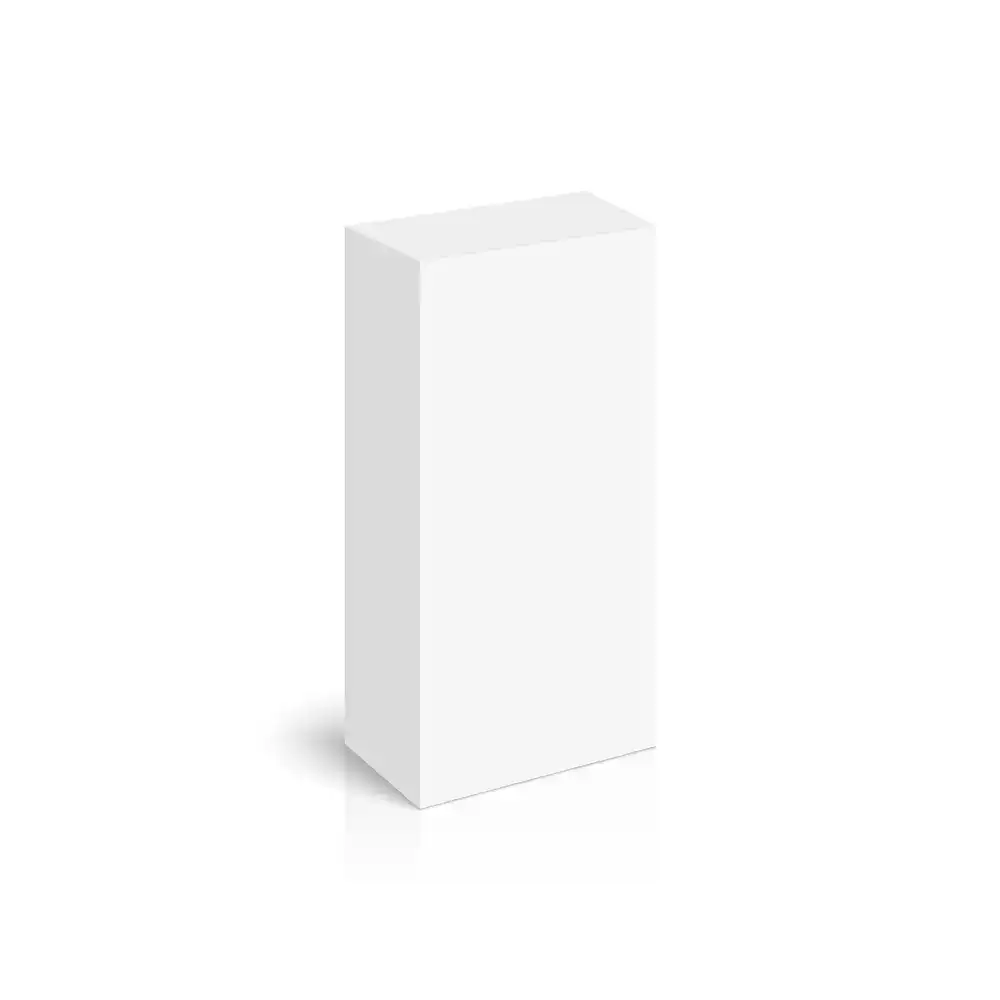

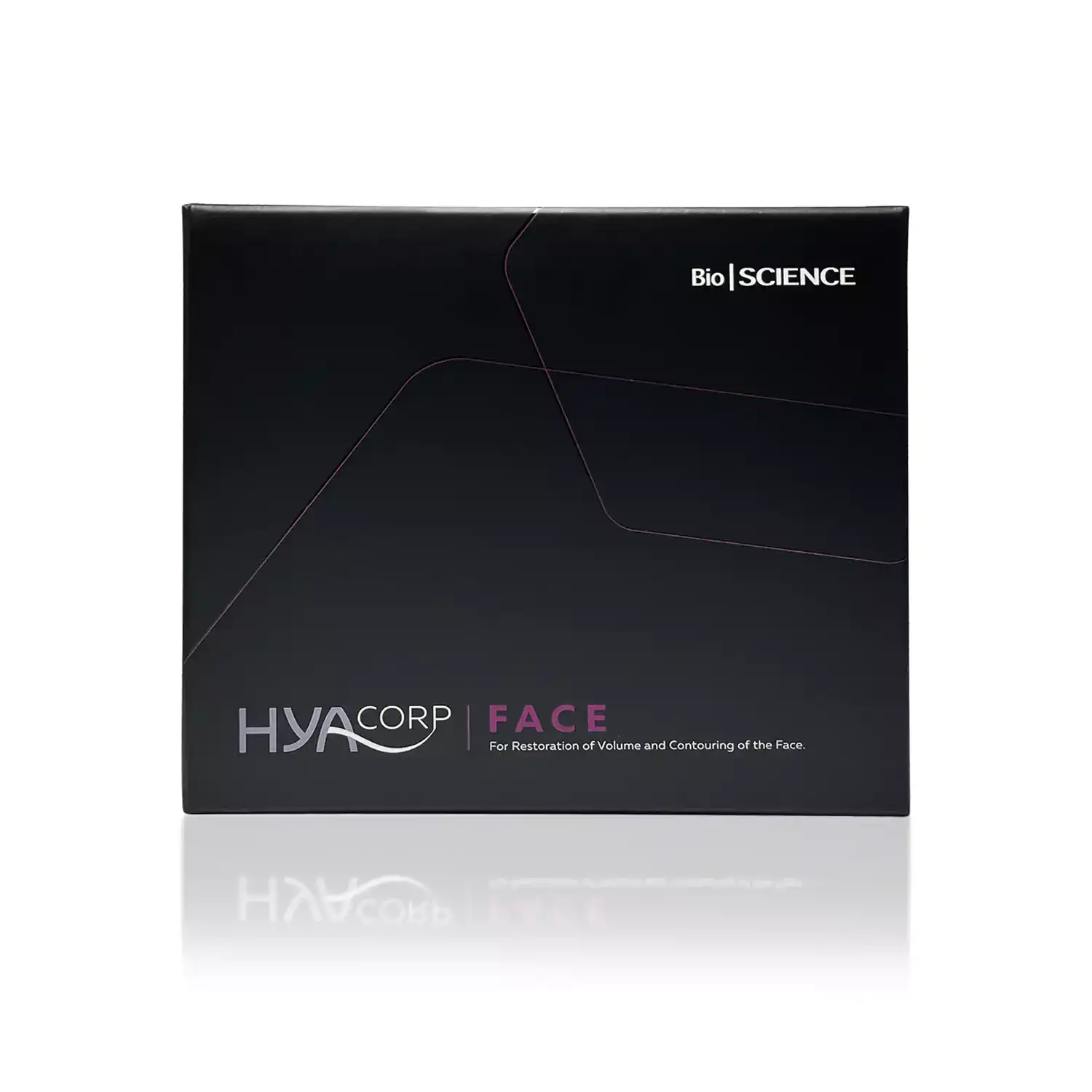


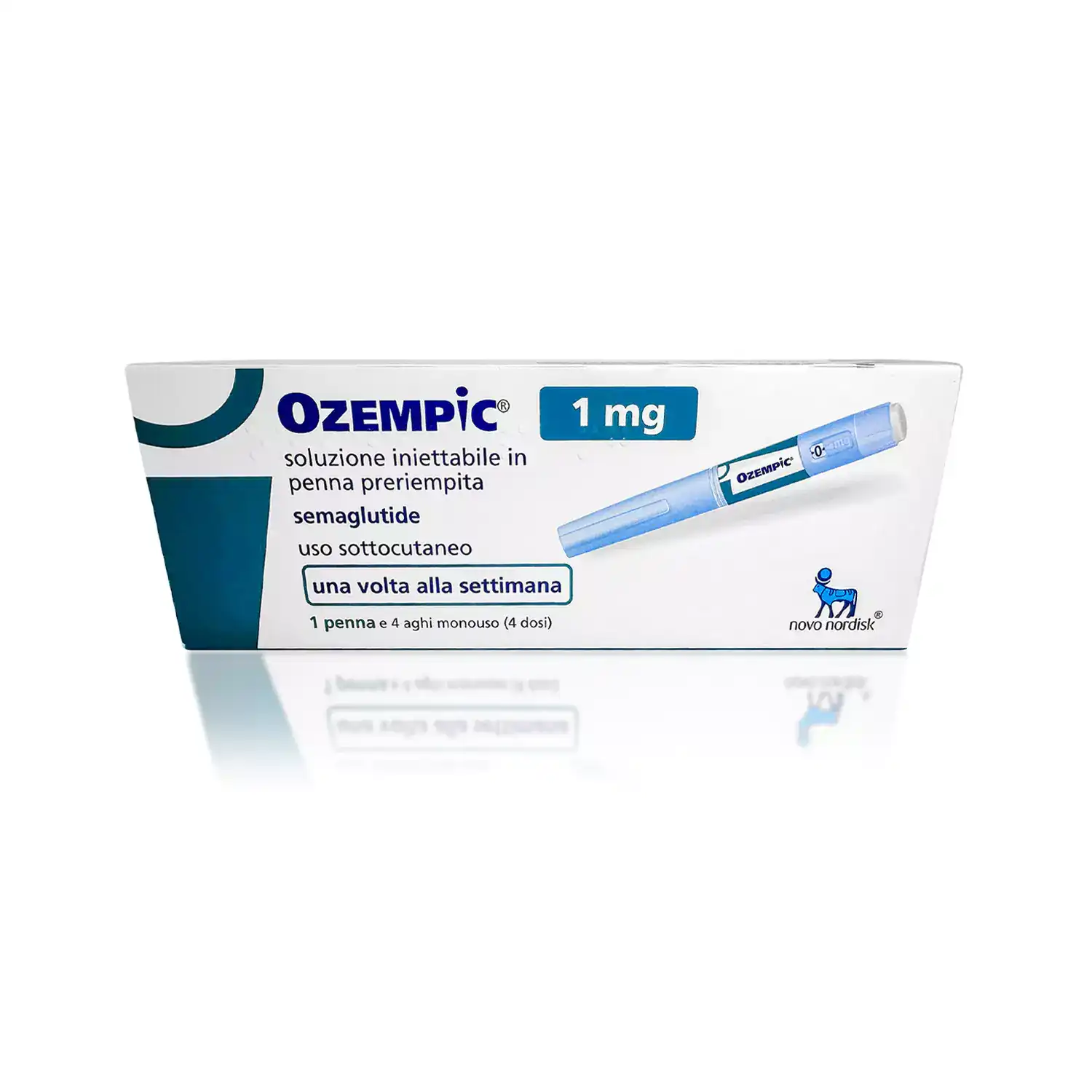
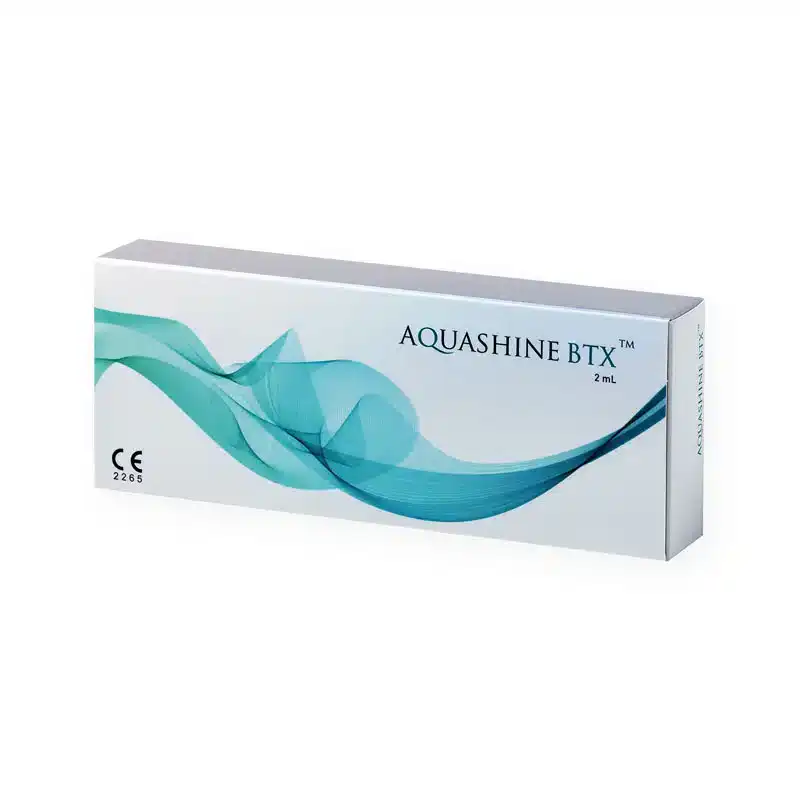

















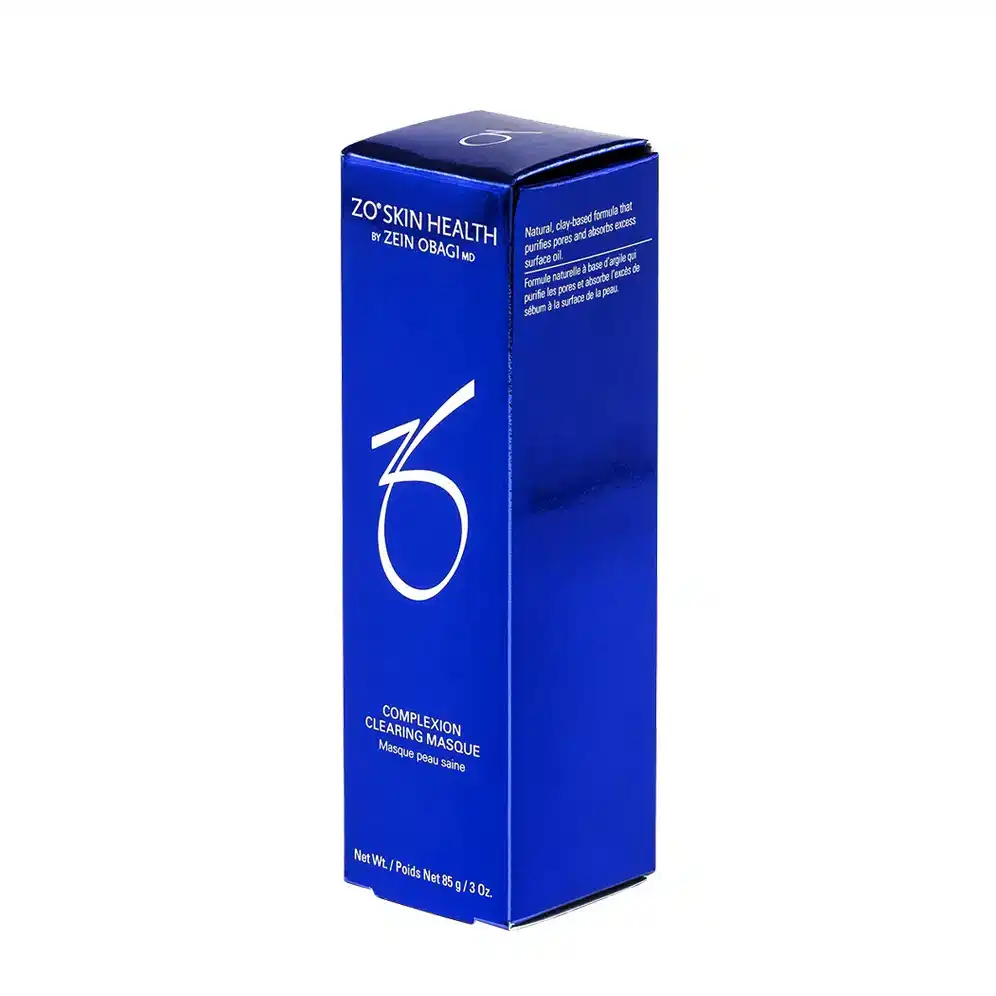


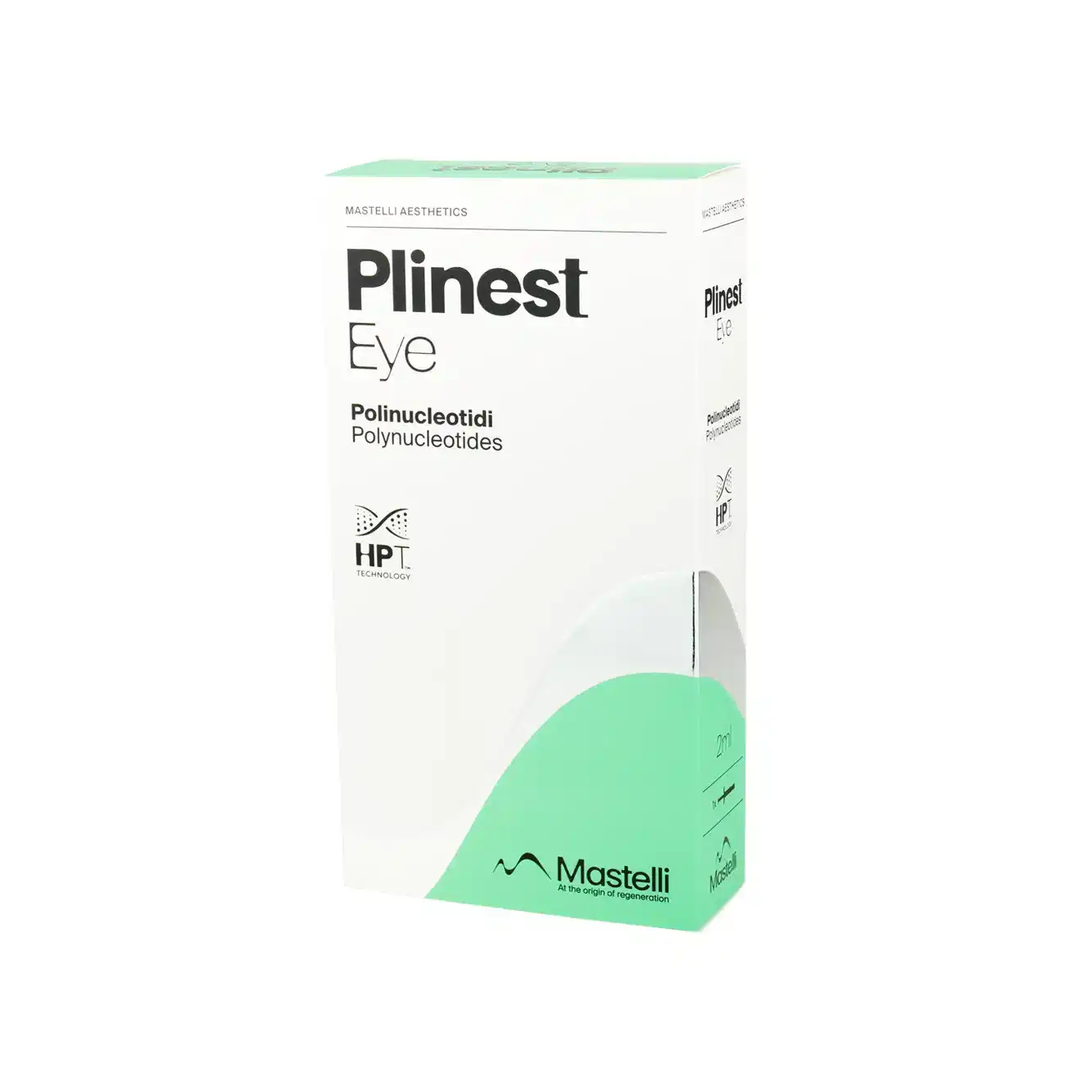
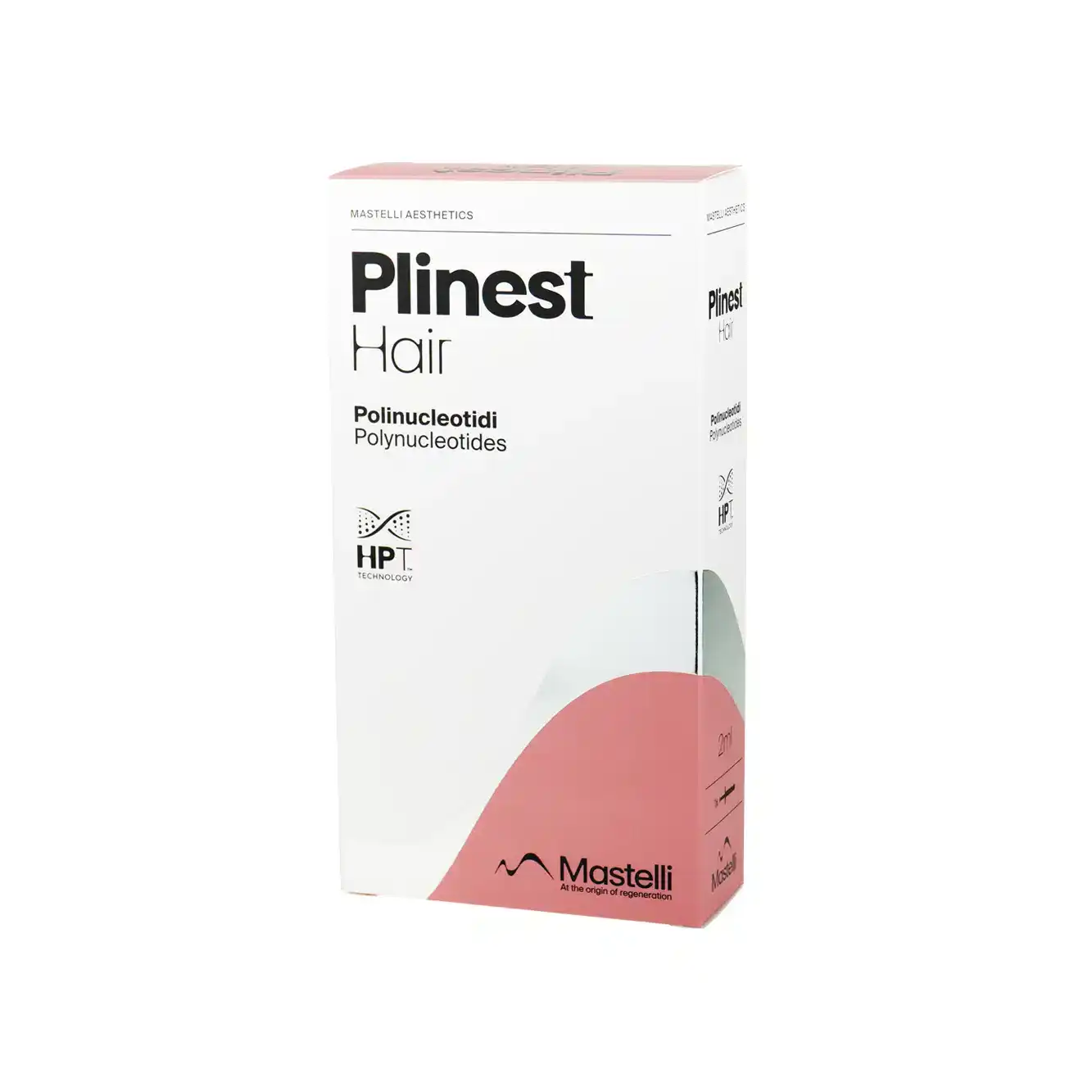
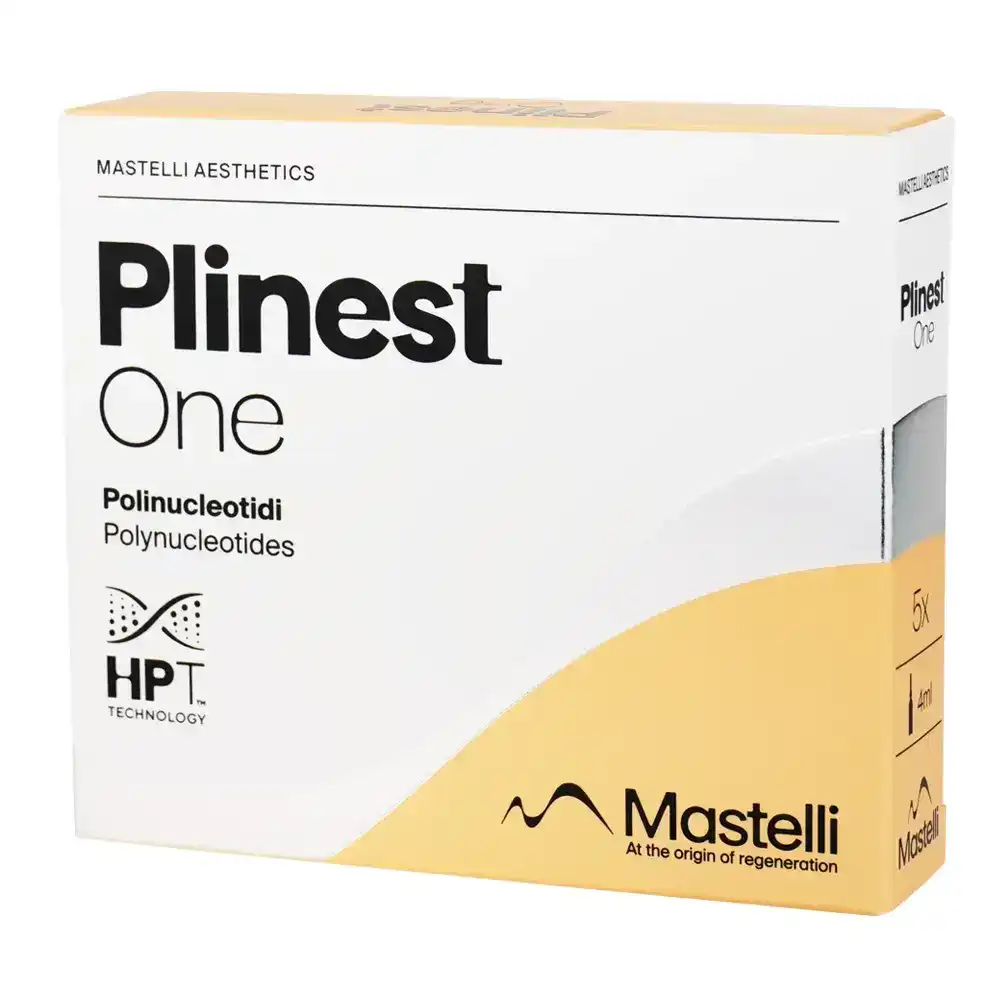
-Normal-Skin.webp)




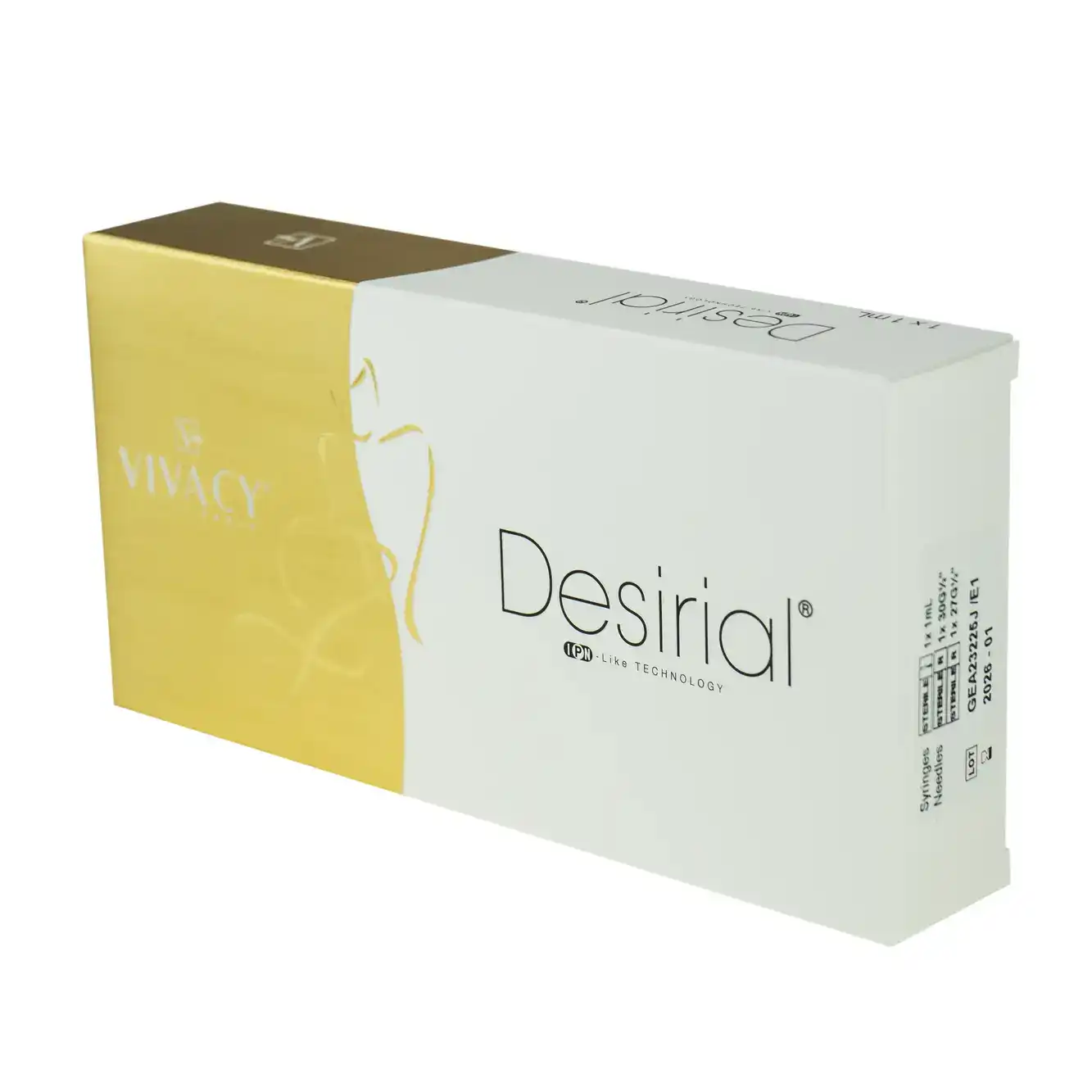






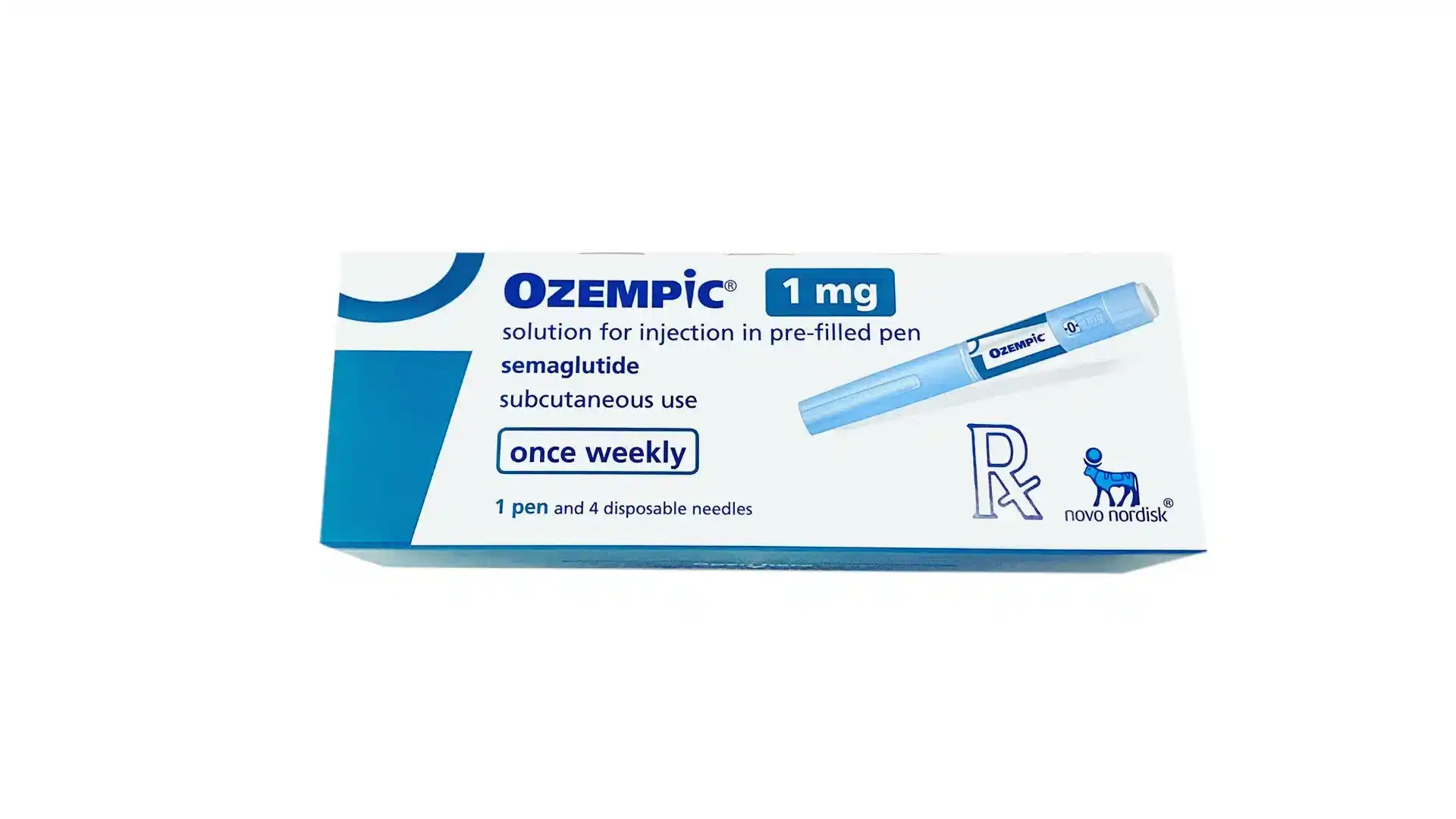






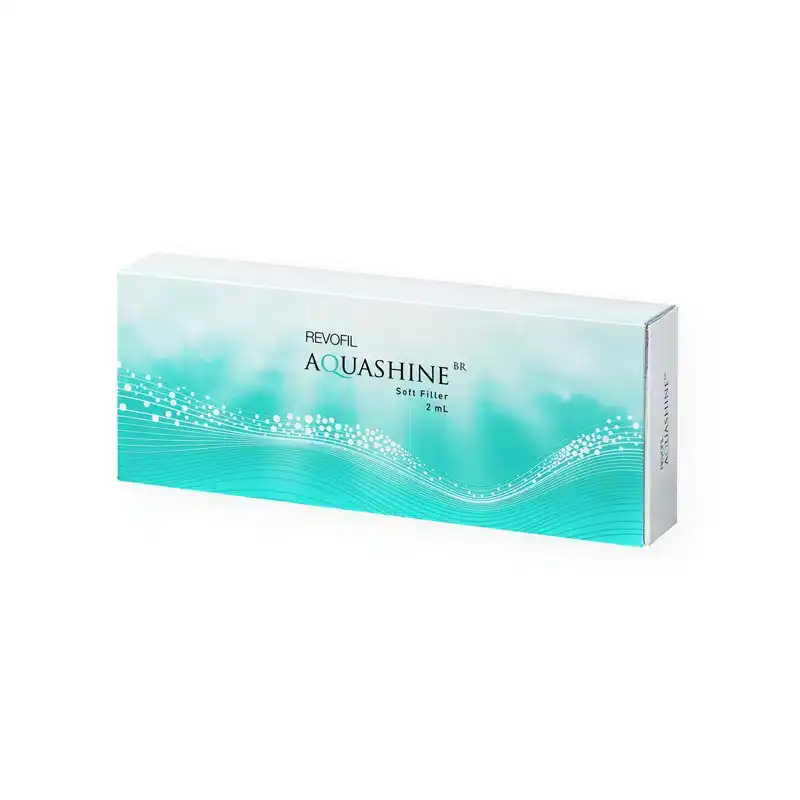


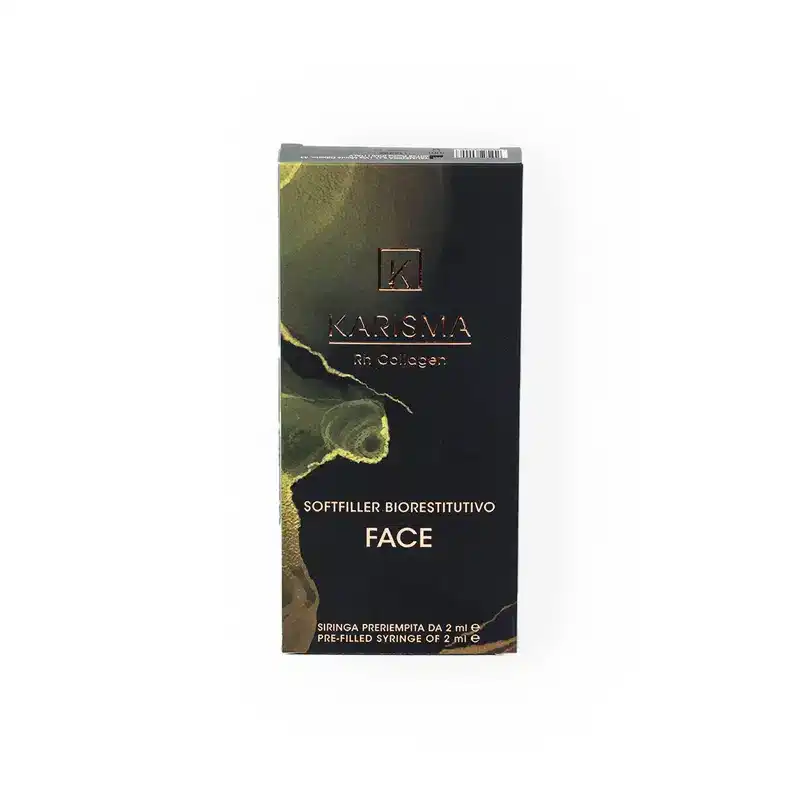

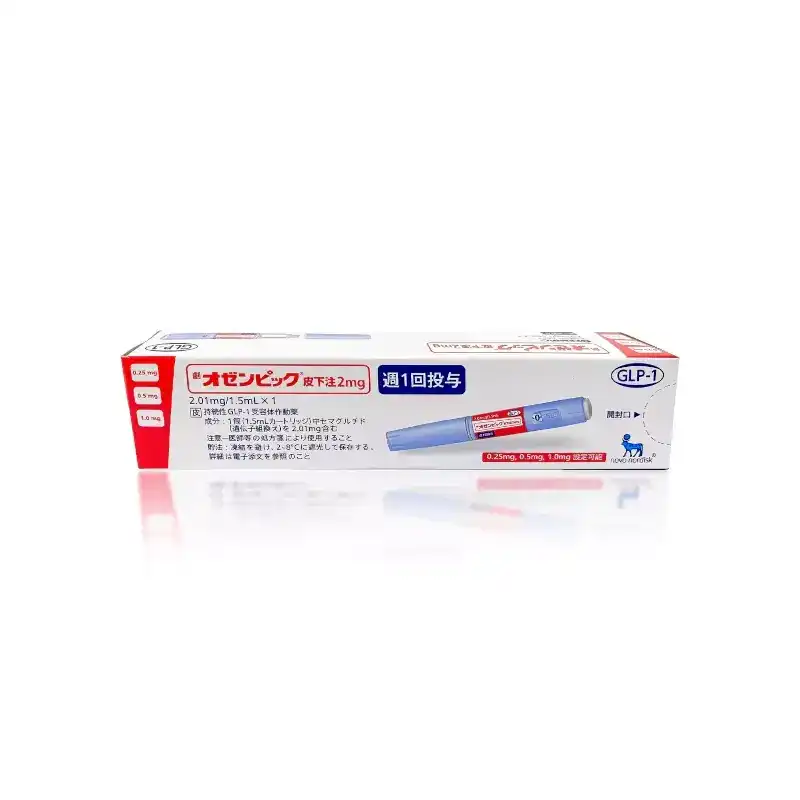
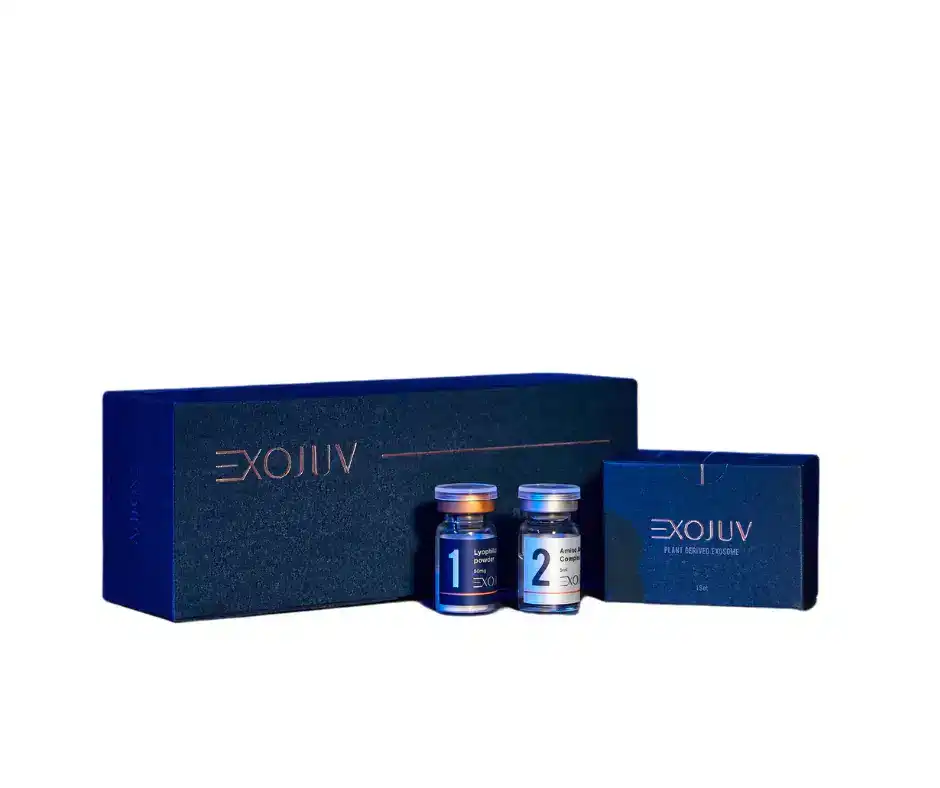
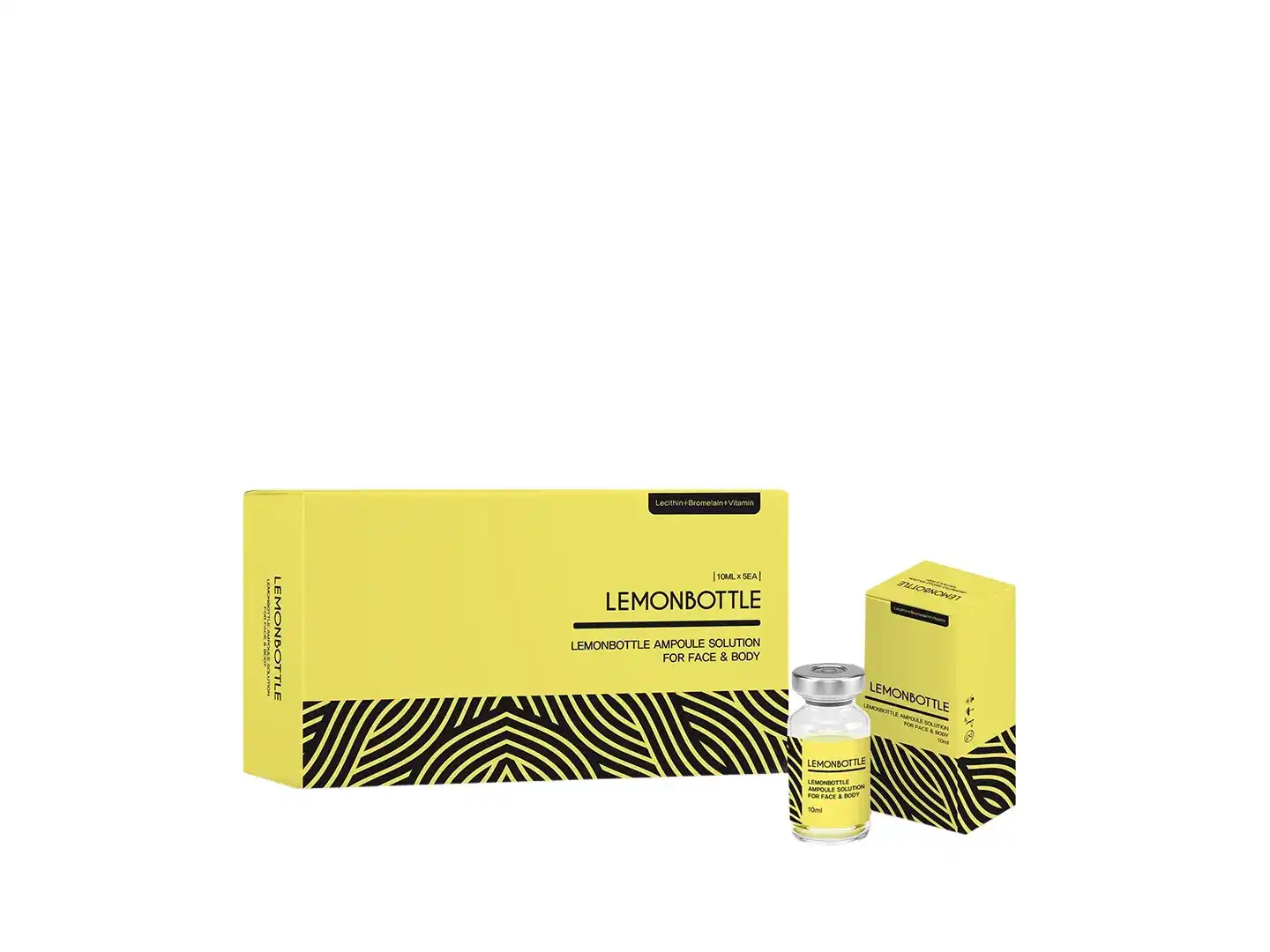



.webp)




